Motorola Razr Ultra 2025 camera review: A major improvement
Motorola has made great strides with the Razr series, not just in terms of design and specs but also in terms of camera performance. However, when it comes to the best Android smartphone cameras, Motorola isn’t often at the top of anyone’s list, which is why the Razr Ultra 2025 is a welcome surprise for me.
The phone has an impressive camera system for a flip phone, and that’s not just because it has three 50MP sensors. One of the most important changes is the switch to a secondary ultrawide sensor after the Razr Plus 2024 opted for a 2x telephoto lens, giving the Razr Ultra more versatility than its predecessor.
However, Motorola’s handling of its images has evolved in a way I didn’t expect, and I can’t help but think it has a lot to do with Pantone. With smartphone companies partnering with camera makers and the like to improve their images, Motorola was smart to do the same by collaborating with a company that pretty much sets the tone for… well, tone.
Here are the photos I’ve taken over the past few weeks and how they compare to those taken with other Android phones in my arsenal.
Motorola Razr Ultra 2025 camera samples
|
Category |
Razr Ultra 2025 |
|---|---|
|
Rear camera 1 |
50MP wide, ƒ/1.8, OIS, 1.0μm (12.6MP, 2.0μm) |
|
Rear camera 2 |
50MP ultrawide+macro, ƒ/2.0, 122° FOV, 0.6μm (12.6MP, 1.2μm) |
|
Selfie camera |
50MP wide, ƒ/2.0, 0.64μm (12.6MP, 1.28μm) |
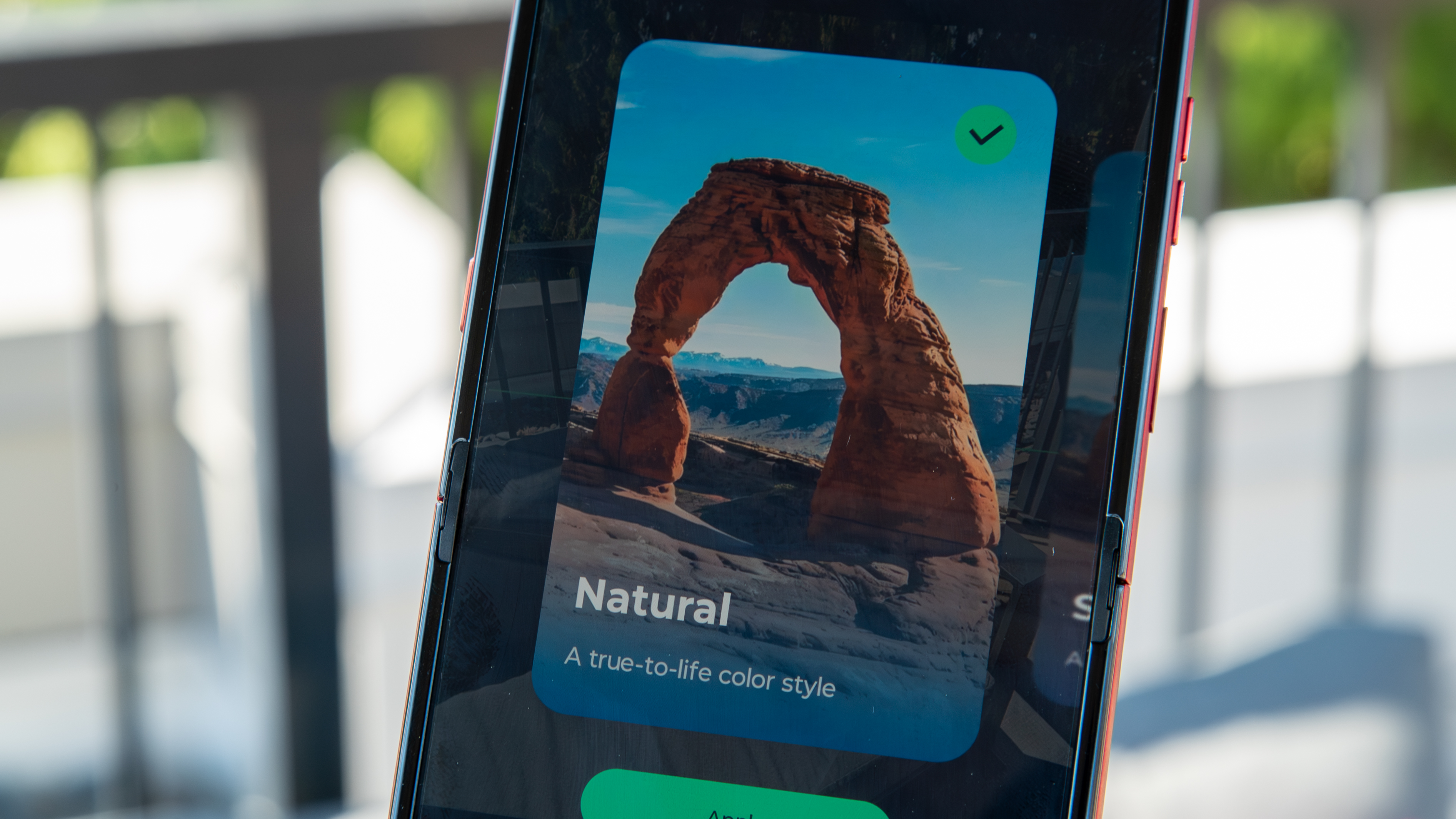
As the specs above show, the phone features three 50MP cameras: two on the rear and one front-facing camera.
I’ve taken a number of images over the past few weeks, and I’ve noticed that colors pop more than I’ve seen in previous Motorola phones I’ve reviewed. The primary 50MP sensor does a great job of ensuring images aren’t too saturated but still plenty vibrant. This is something I feel has also been the case with Samsung phones I’ve reviewed (which I’ll get to later).
It also does well with moving subjects, particularly if you use the Action Shot button, but only in good lighting.
Furthermore, the phone seems to do a much better job with high dynamic range in many cases when compared to the Razr Plus 2024, providing more detail in shadowy areas. This is quite noticeable after taking a photo, where you can see the post-processing taking effect to pull as much detail from brighter areas as possible.
However, the Razr Ultra 2025 doesn’t go overboard with the HDR, so images don’t appear quite as artificial as they sometimes would from a Pixel, for example.
Low-light photos and those with trickier lighting situations are also an area of improvement for the Razr Ultra 2025. The aperture is slightly smaller than last year’s model, so it won’t naturally pull in as much light, but the slightly larger pixel size helps some.
I won’t call the low-light or nighttime images fantastic, and if you’re not completely still, you’ll likely get some blurry images, but they’re an improvement over the Razr Plus 2024 (pre-Android 15 update).
There’s also no telephoto lens like there was on last year’s Razr Plus, but I don’t think this should hinder the Ultra too much. At 2x, photos appear just as good, and I don’t really notice any issues with detail or image quality. That said, zoom any further than that and you’ll start to see the quality and detail degrade pretty quickly.
Motorola Razr Ultra 2025 vs. Razr Plus 2024
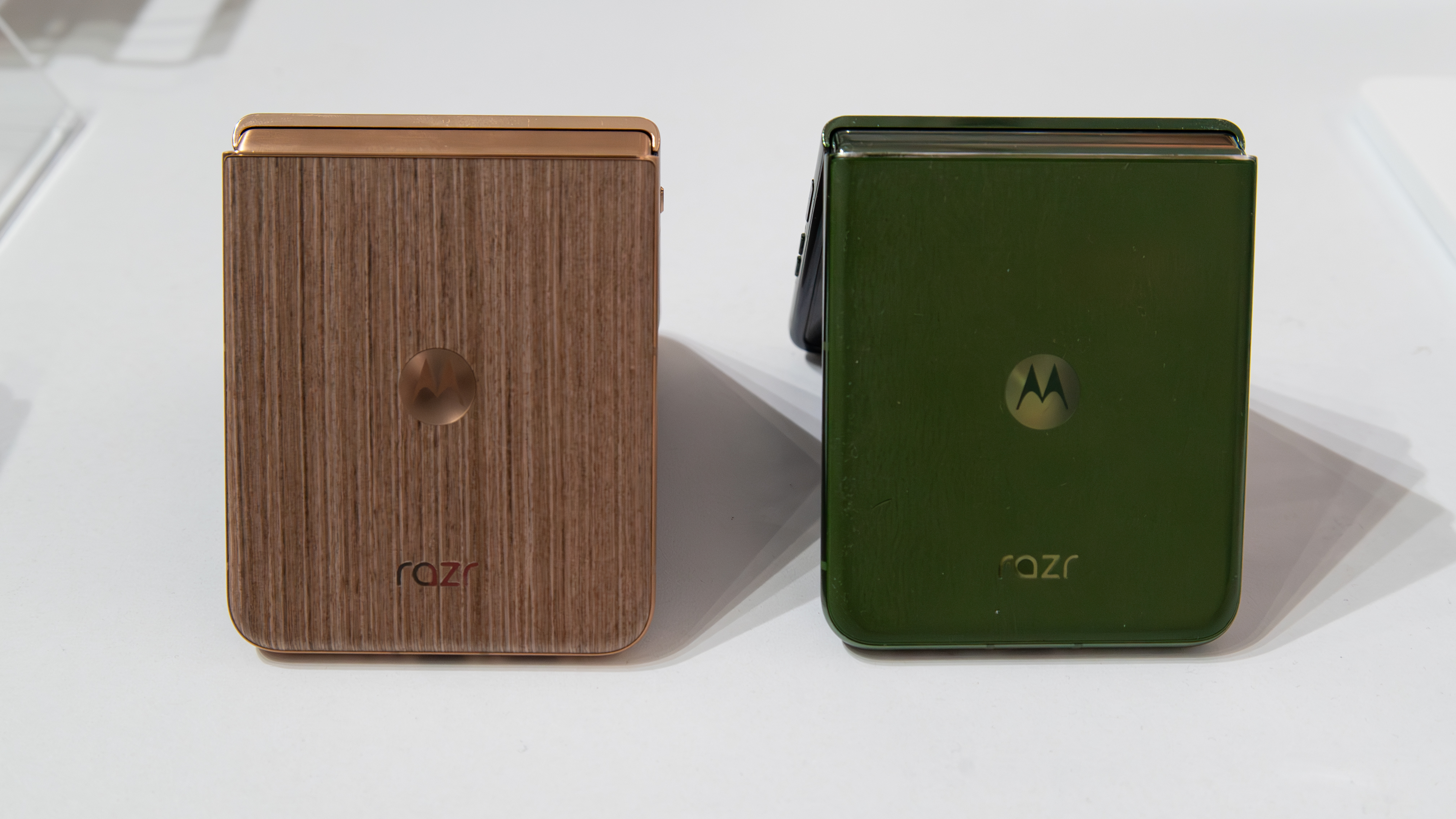
When it comes to comparing the Razr Ultra 2025 against the Razr Plus 2024, there are some clear advantages with the newer model. That said, last year’s model holds its own and matches or bests the Ultra in some scenarios. Here are the camera specs for both:
|
Category |
Razr Ultra 2025 |
Razr Plus 2024 |
|---|---|---|
|
Rear camera 1 |
50MP wide, ƒ/1.8, OIS, 1.0μm (12.6MP, 2.0μm) |
50MP wide, ƒ/1.7, OIS 0.8μm (12.6MP, 1.6μm) |
|
Rear camera 2 |
50MP ultrawide+macro, ƒ/2.0, 122° FOV, 0.6μm (12.6MP, 1.2μm) |
50MP 2x telephoto, ƒ/2.0, 0.64um (12.6MP, 1.28μm) |
|
Selfie camera |
50MP wide, ƒ/2.0, 0.64μm (12.6MP, 1.28μm) |
32MP wide, ƒ/2.4, 0.7 μm, (8MP, 1.4um) |
During my testing, I chose to stick to the wide and 2x zoom shots since the Plus doesn’t have an ultrawide sensor to provide wider shots. However, this also gave the Ultra a chance to show how Motorola’s optical-quality in-sensor zoom can compare with an optical telephoto lens.
Generally, images from the Ultra appear much more vibrant and colorful than images from the Razr Plus 2024, which look a bit dull by comparison. You’ll also notice that the Razr Plus 2024 has a slightly shallower field of view, which is more of a downside since the phone already can’t shoot ultrawide photos.
That said, the Razr Plus 2024 also handles low-light and nighttime shots a little better in most cases. In nearly all scenarios, photos are overall brighter on the Plus, even if they’re less vibrant. This is most obvious in the photo of the apartment building. You can also see in the photo of the weird tree that the Razr Ultra comes out a bit blurry, despite my attempts to keep as still as possible.
That said, the Ultra still manages to perform well at night, too, and the boost in saturation sometimes helps to make up for what it may lack in low-light capture.
As for zoom, the situation is similar, where images from the Ultra appear more vibrant and with more contrast. The difference in field of view is less noticeable here, and at first glance, the phones seem quite comparable in terms of quality and clarity.
The Razr Plus 2024 has a slight edge, however, when it comes to clarity. Smaller text is easier to make out on the Plus, while the Ultra will do its best to estimate what’s there, making text look slightly messy. The brighter images can also help in some scenarios, but it’s really only something you notice when you’re looking really closely at a photo.
Unless you’re cropping closely into an image, the difference in clarity is not too noticeable.
Overall, I would say that the Razr Ultra is the better option, only because I prefer the more vibrant images over the duller photos on the Plus. That said, I do think the Plus camera has improved since I reviewed it nearly a year ago, and it’s possible Motorola made some tweaks to processing since the Android 15 update.
Motorola Razr Ultra 2025 vs. Samsung Galaxy Z Flip 6
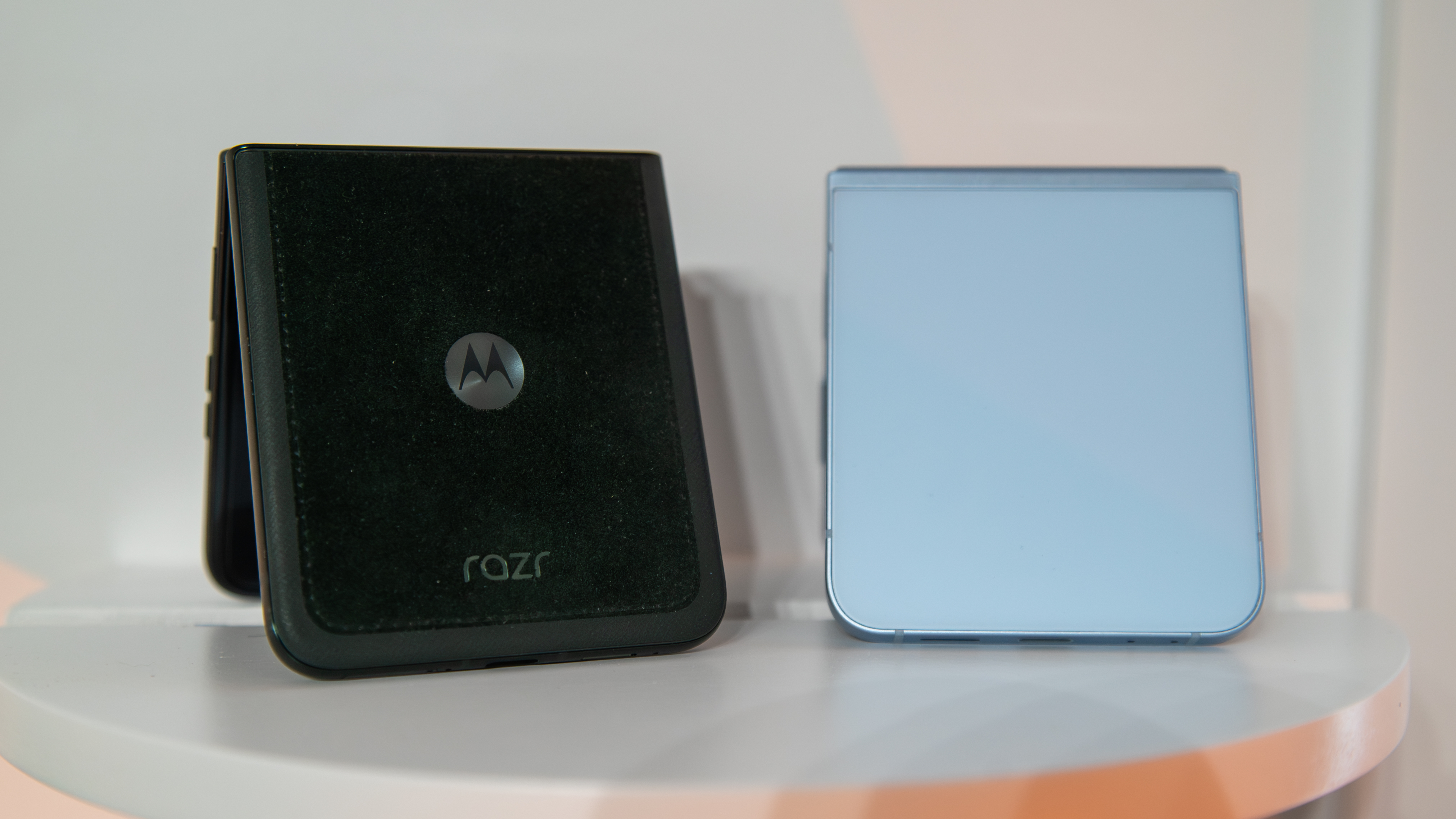
Since the Galaxy Z Flip 7 isn’t with us yet, I spent a great deal of time comparing the Razr Ultra with the Galaxy Z Flip 6, since, in my opinion, it bested the cameras on last year’s Razr Plus. So, was the Ultra able to come out on top? Here are the camera specs for both phones:
|
Category |
Razr Ultra 2025 |
Galaxy Z Flip 6 |
|---|---|---|
|
Rear camera 1 |
50MP wide, ƒ/1.8, OIS, 1.0μm (12.6MP, 2.0μm) |
50MP wide, ƒ/1.8, OIS, 1.0μm |
|
Rear camera 2 |
50MP ultrawide+macro, ƒ/2.0, 122° FOV, 0.6μm (12.6MP, 1.2μm) |
12MP Ultrawide, ƒ/2.2, 1.12μm, 123˚ FOV |
|
Selfie camera |
50MP wide, ƒ/2.0, 0.64μm (12.6MP, 1.28μm) |
10MP wide, ƒ/2.2, 1.22μm, 85˚ FOV |
In most instances, choosing between images taken by the Razr Ultra 2025 and Galaxy Z Flip 6 comes down to preference. Image output is often similar in terms of quality, exposure, contrast, and vibrancy. However, the biggest difference between these phones, especially in ideal lighting situations, is color temperature, where the Galaxy tends to lean ever so slightly cooler.
Even so, oftentimes, I cannot tell the difference between photos taken by these two phones in good lighting. If anything, the Razr Ultra will punch up the HDR a bit more and make the Galaxy images appear a bit dull by comparison. However, there are plenty of moments where images will look nearly identical.
The selfie is interesting because while both phones get the skin tone down pretty well, the Galaxy overexposes the image a bit and loses some of the detail.
As far as low-light, nighttime, and trickier lighting situations, the results are mostly the same. Both phones do some heavy post-processing when there’s very little light to achieve more detail. In some situations, the Galaxy Z Flip 6 can take things up a notch, which can be good, but it can also go a little too far and overexpose some images to compensate for the lack of light, such as the photos of the Seattle Space Needle in the gallery below.
Furthermore, in the last two images, you can see how the Razr handles artificial light sources better, as the sign in the background is overexposed in the Galaxy’s shot.
Neither of these phones has a telephoto camera, but they can capture optical-quality images at 2x zoom. The differences between these two phones are minor and mostly in color temperature, although the Razr opts for sharper details while the Galaxy Z Flip 6 leans a bit softer. However, unless you’re zooming into shots after you take them, it’ll be hard to see the difference at first glance.
It’s only until you reach beyond that zoom level that things will break down, particularly for the Razr Ultra. The last photo below is taken at 10x zoom, with the Razr Ultra struggling to keep everything together while the Galaxy Z Flip 6 does a pretty good job of maintaining shapes and details, likely due to Samsung’s AI processing.
Again, between these two phones, it’s not as clear-cut a choice when it comes to photo quality. Samsung was already ahead of last year’s Razr, and the Ultra appears to have caught up in many areas. I personally prefer the Razr Ultra’s more vibrant, saturated, and Instagram-ready images. Still, the Galaxy takes good photos, especially if you plan to zoom into your subject.
Motorola Razr Ultra 2025 vs. Galaxy Z Flip 6 vs. Find N5 vs. Pixel 9
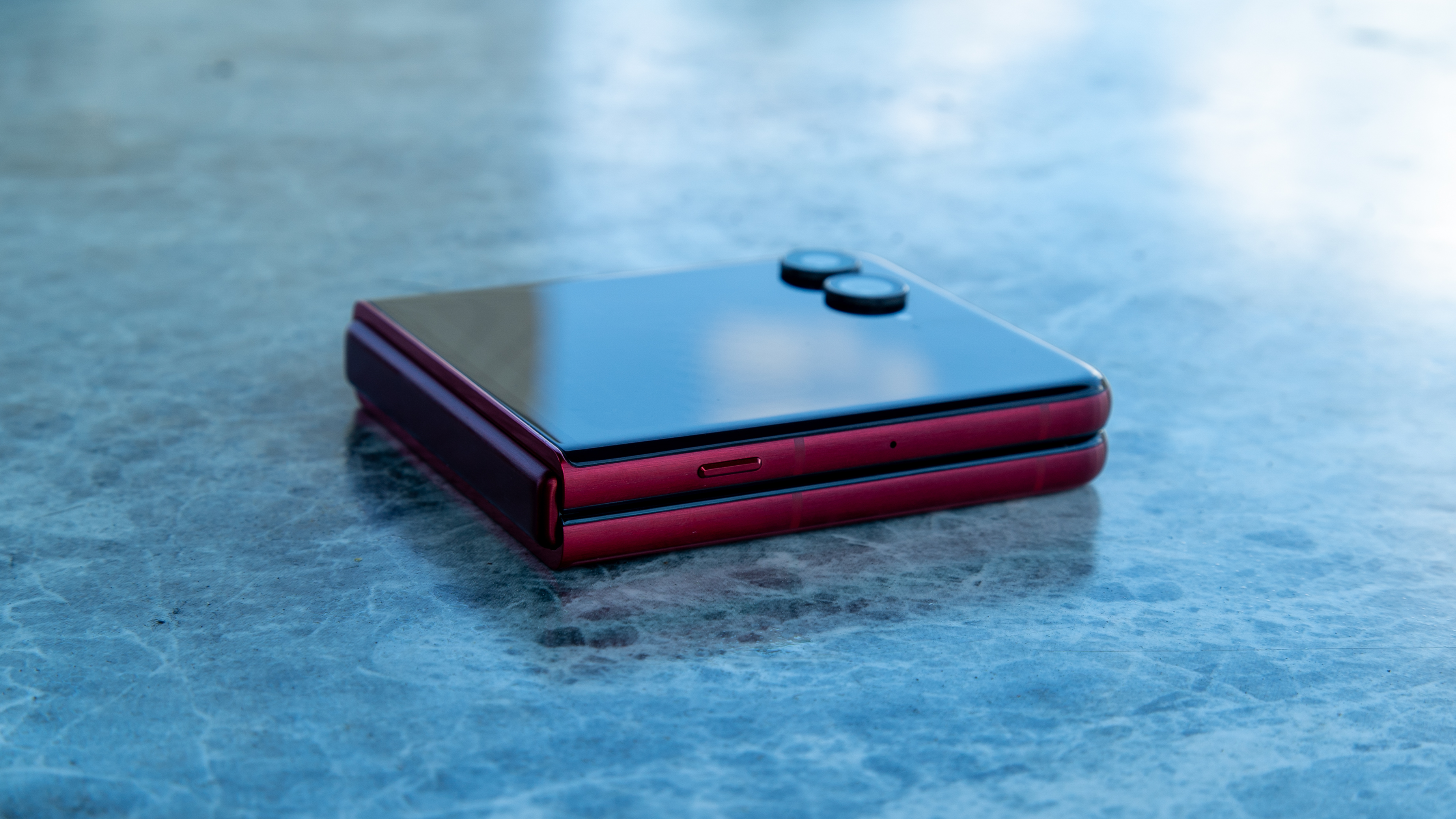
For good measure, I also took some other phones along on my camera-testing tour. That includes the OPPO Find N5, a newer foldable with an impressive Hasselblad camera system, and the Google Pixel 9, which many may consider a golden standard for Android photography.
|
Category |
Razr Ultra 2025 |
Galaxy Z Flip 6 |
OPPO Find N5 |
Google Pixel 9 |
|---|---|---|---|---|
|
Rear camera 1 |
50MP wide, ƒ/1.8, OIS, 1.0μm (12.6MP, 2.0μm) |
50MP wide, ƒ/1.8, OIS, 1.0μm |
50MP wide, ƒ/1.8, OIS |
50MP wide, ƒ/1.68, OIS |
|
Rear camera 2 |
50MP ultrawide+macro, ƒ/2.0, 122° FOV, 0.6μm (12.6MP, 1.2μm) |
12MP Ultrawide, ƒ/2.2, 1.12μm, 123˚ FOV |
8MP ultrawide, ƒ/2.2, OIS, 116° FOV |
48MP ultrawide, ƒ/1.7, 123° |
|
Rear camera 3 |
❌ |
❌ |
50MP 3x telephoto, ƒ/2.7, OIS |
❌ |
|
Selfie camera |
50MP wide, ƒ/2.0, 0.64μm (12.6MP, 1.28μm) |
10MP wide, ƒ/2.2, 1.22μm |
Camera 1: 8MP, ƒ/2.4 Camera 2: 8MP; ƒ/2.4 |
10.5MP wide, ƒ/2.2 |
Each of these phones takes great photos, especially in ideal lighting conditions. In the two photos below of the bridge, the Galaxy Z Flip 6 does a better job with the sky, but a worse job highlighting the bridge in the second set of images, which appears darker than the rest. The OPPO Find N5 tends to brighten shadows more than the others, while the Pixel is a good medium with more contrast while retaining details in shadowy areas.
In the image below, the Galaxy Z Flip 6 produces duller colors than the rest, while the Pixel has a slightly smaller field of view. The Razr Ultra and OPPO Find N5 appear the brightest, although the Find N5 is a bit punchier overall, especially with colors.
In the following two images, I once again prefer how the Galaxy Z Flip 6 captures the sky, giving it a deeper blue than the other phones. Once again, the OPPO Find N5 produces the punchiest images of the bunch, particularly of the city, while the Pixel has the least interesting images overall. The Galaxy Z Flip 6 also does a worse job of showcasing the color of the “Public Market Center” sign, while the Razr Ultra image is noticeably brighter than the rest.
Finally, I don’t think any camera nailed this night shot of a church, but the OPPO Find N5 performed the worst by unnecessarily oversaturating the brick and turning the building a deep red. The Razr Ultra 2025 does a decent job and feels the most true to life, although the building could be brighter and more detailed.
The Galaxy and Pixel are the most aggressive here, although the Galaxy image feels much more artificial to me, which may be due to its softer look, while the Pixel image feels more balanced and retains the most detail in the building.
What do I think of the Razr Ultra 2025 cameras?
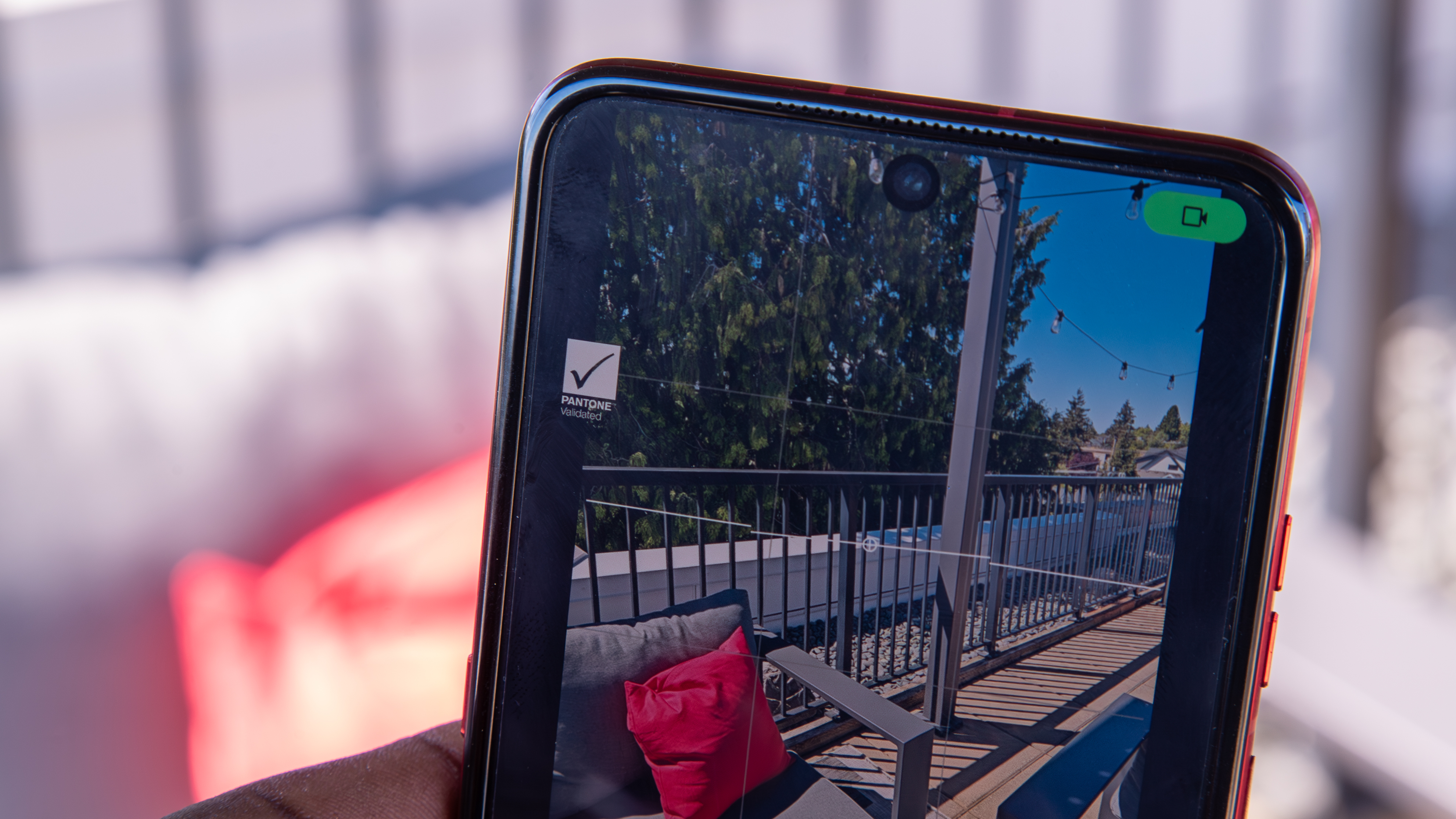
Overall, I think Motorola has done a fantastic job improving the camera on the Razr Ultra 2025. It’s been interesting to see the growth from the last two generations of Razr, from the relatively unusable camera on the Razr Plus 2023 to the perfectly fine setup on the Razr Plus 2024.
With Motorola’s heavy focus on social media, it’s not surprising that images are produced with punchy colors, and it’s clear that the Pantone partnership has worked wonders for how images are processed. Improvements to HDR are also nice to see, and it finally feels like Motorola has found a winning formula for itself.
It will be interesting to see how the Galaxy Z Flip 7 will step up to the challenge when it launches, but for now, I’m more than happy with the Razr Ultra 2025.


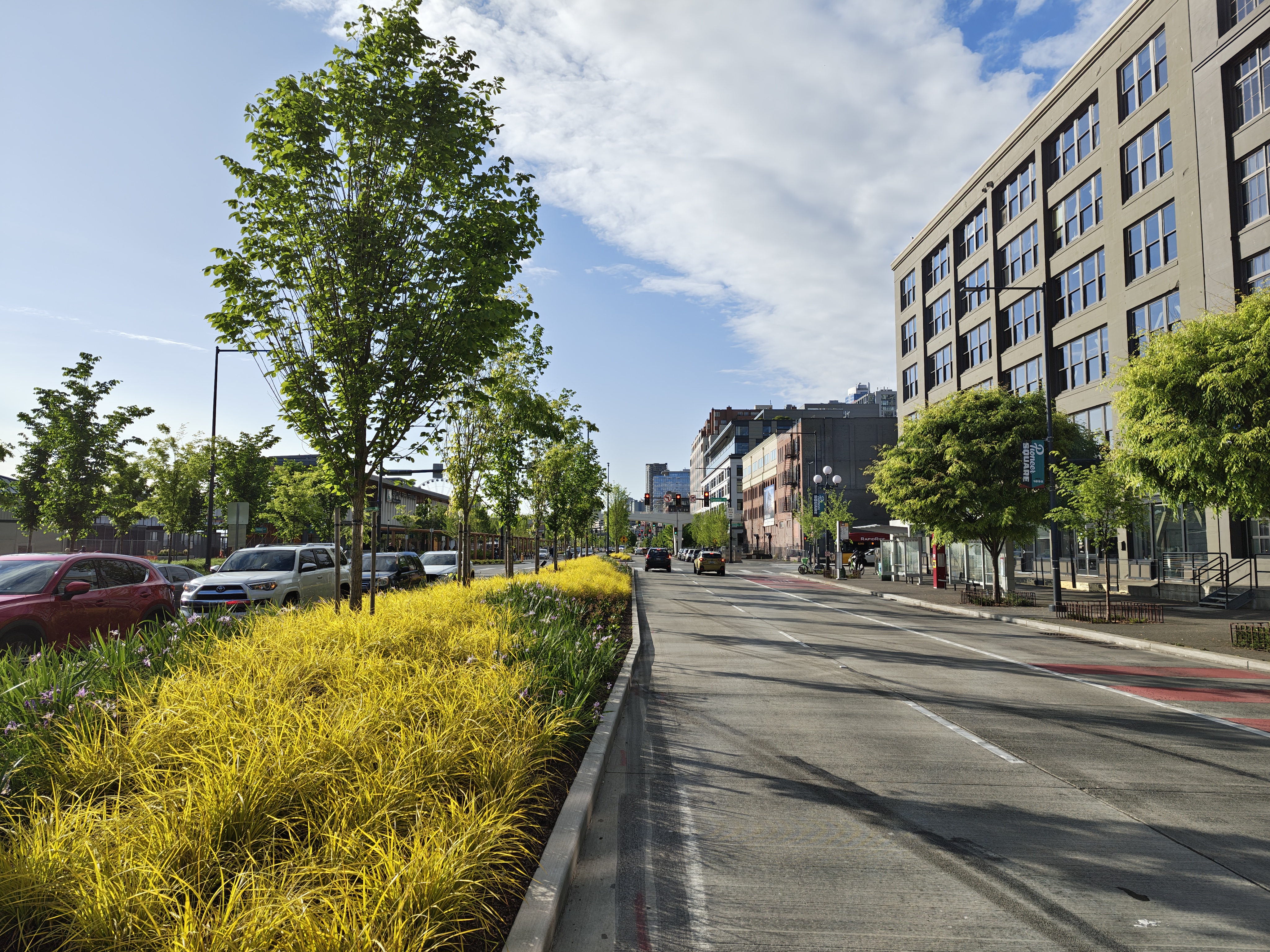
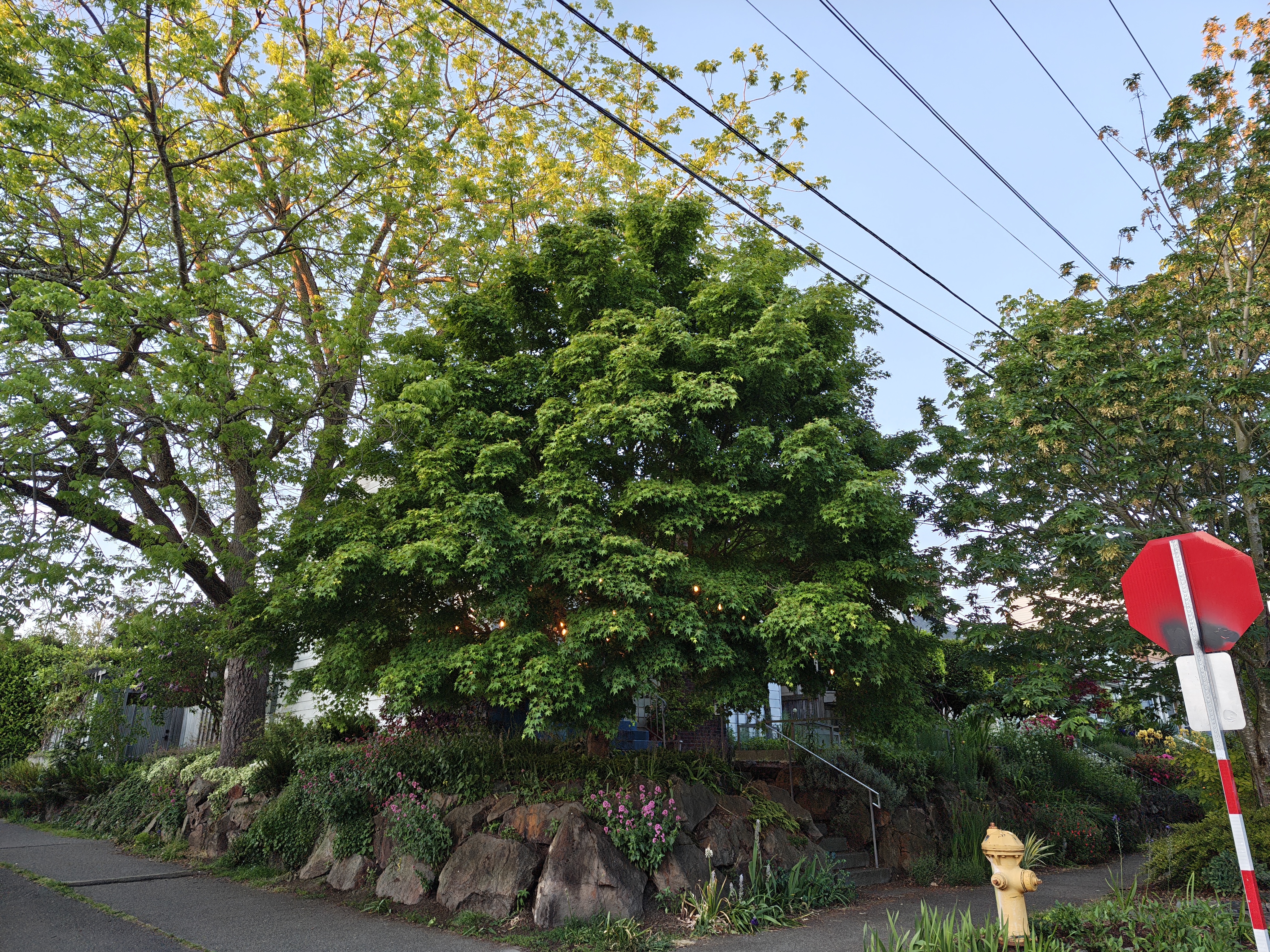
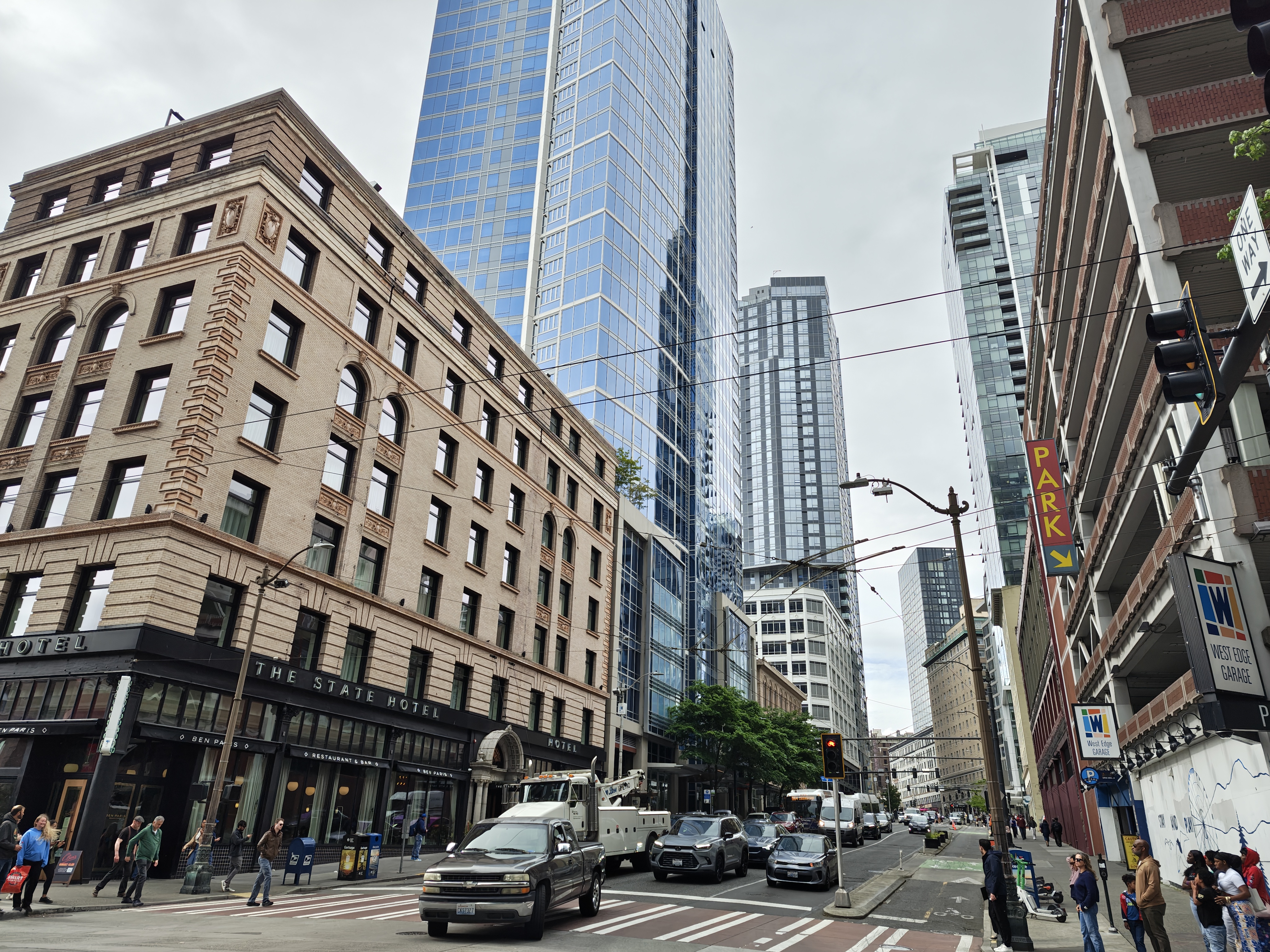
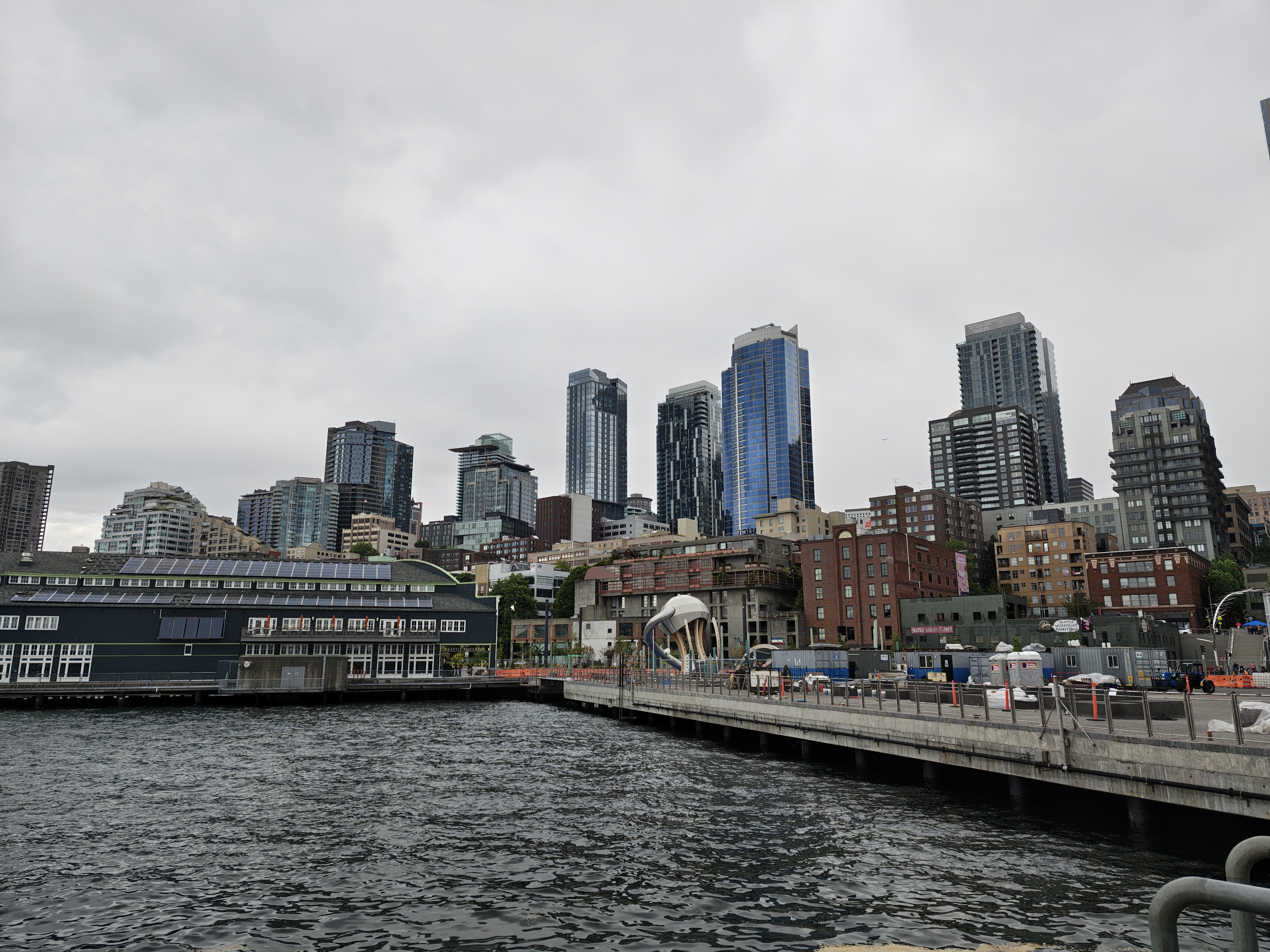
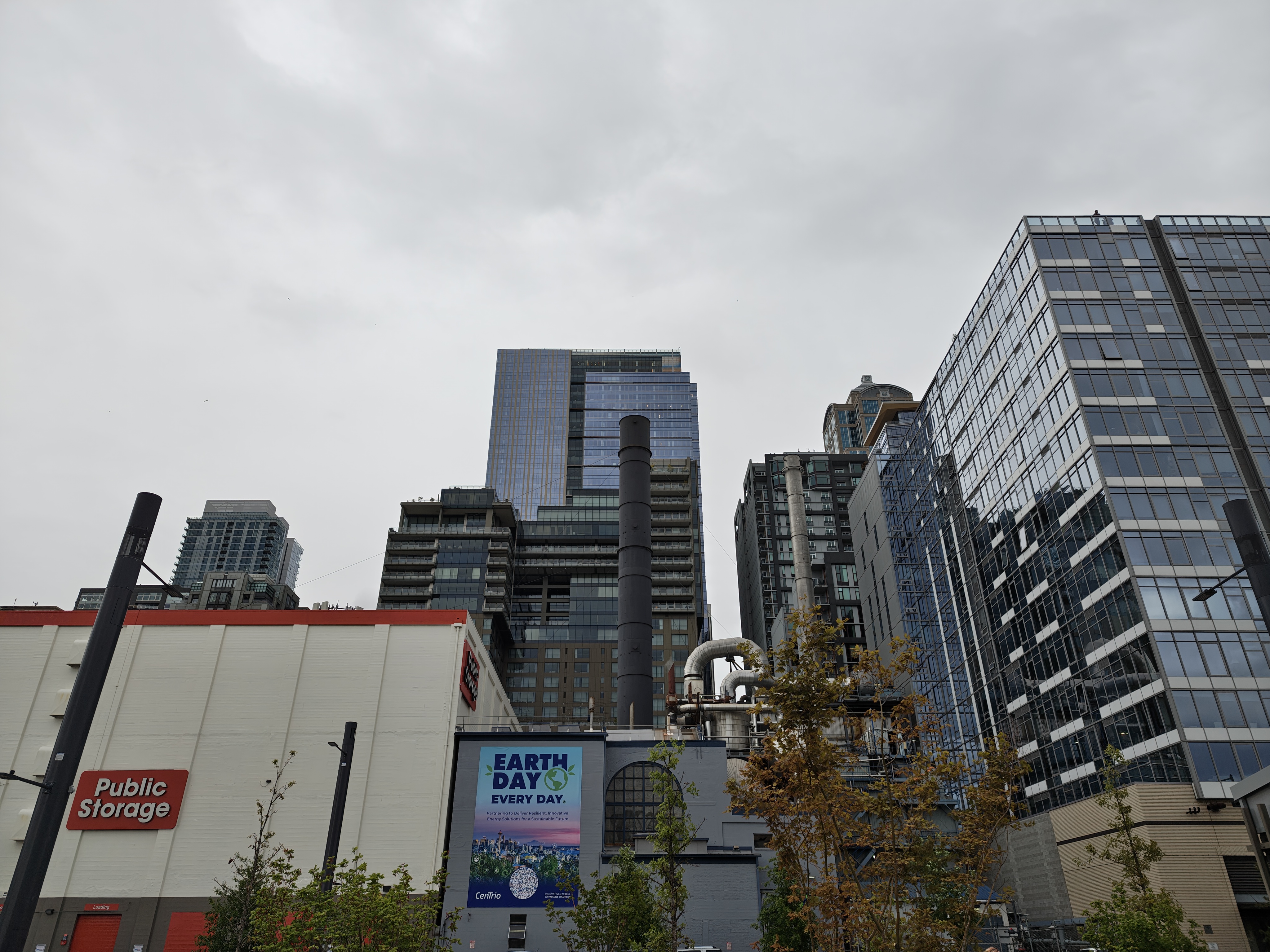
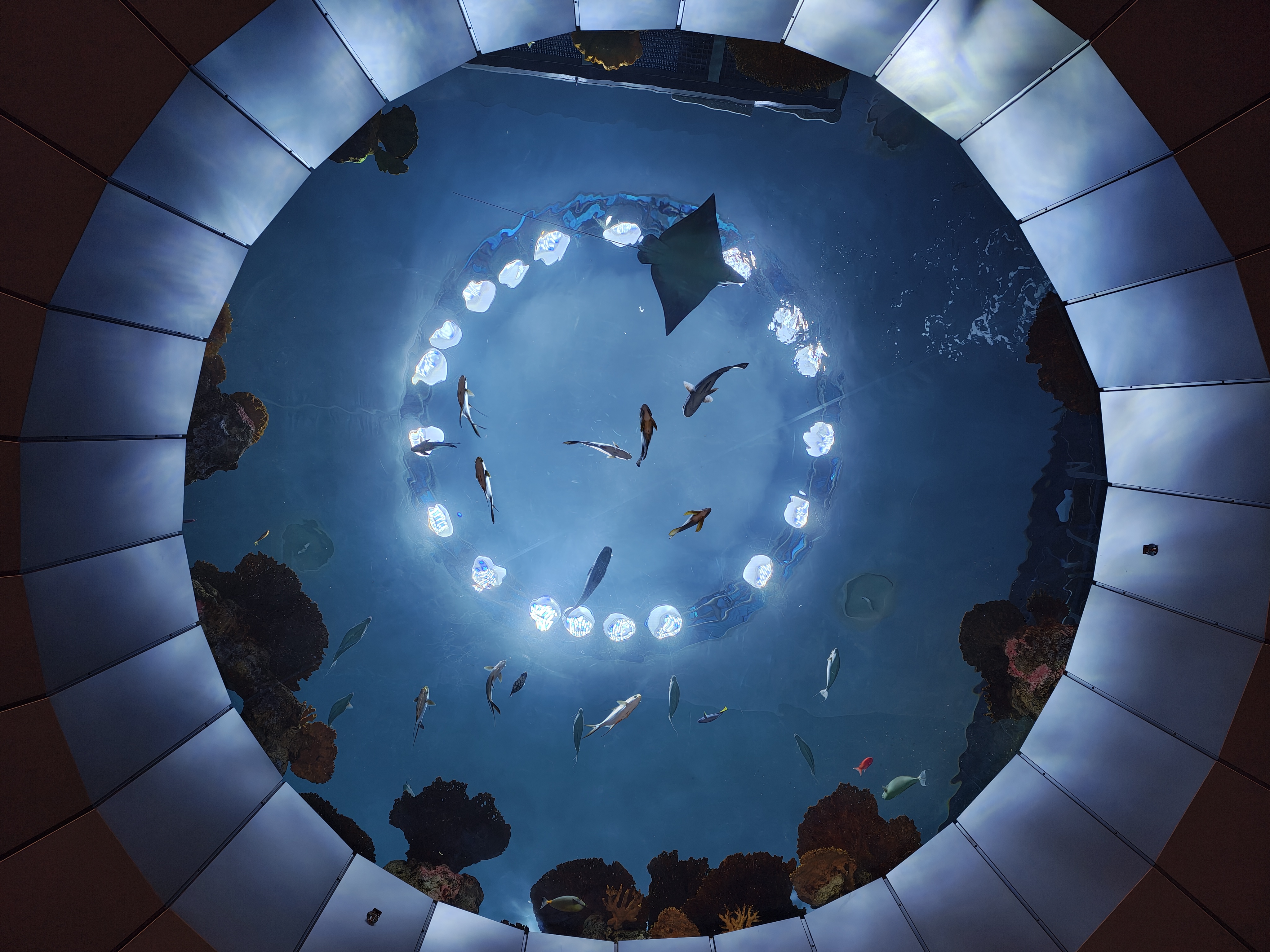

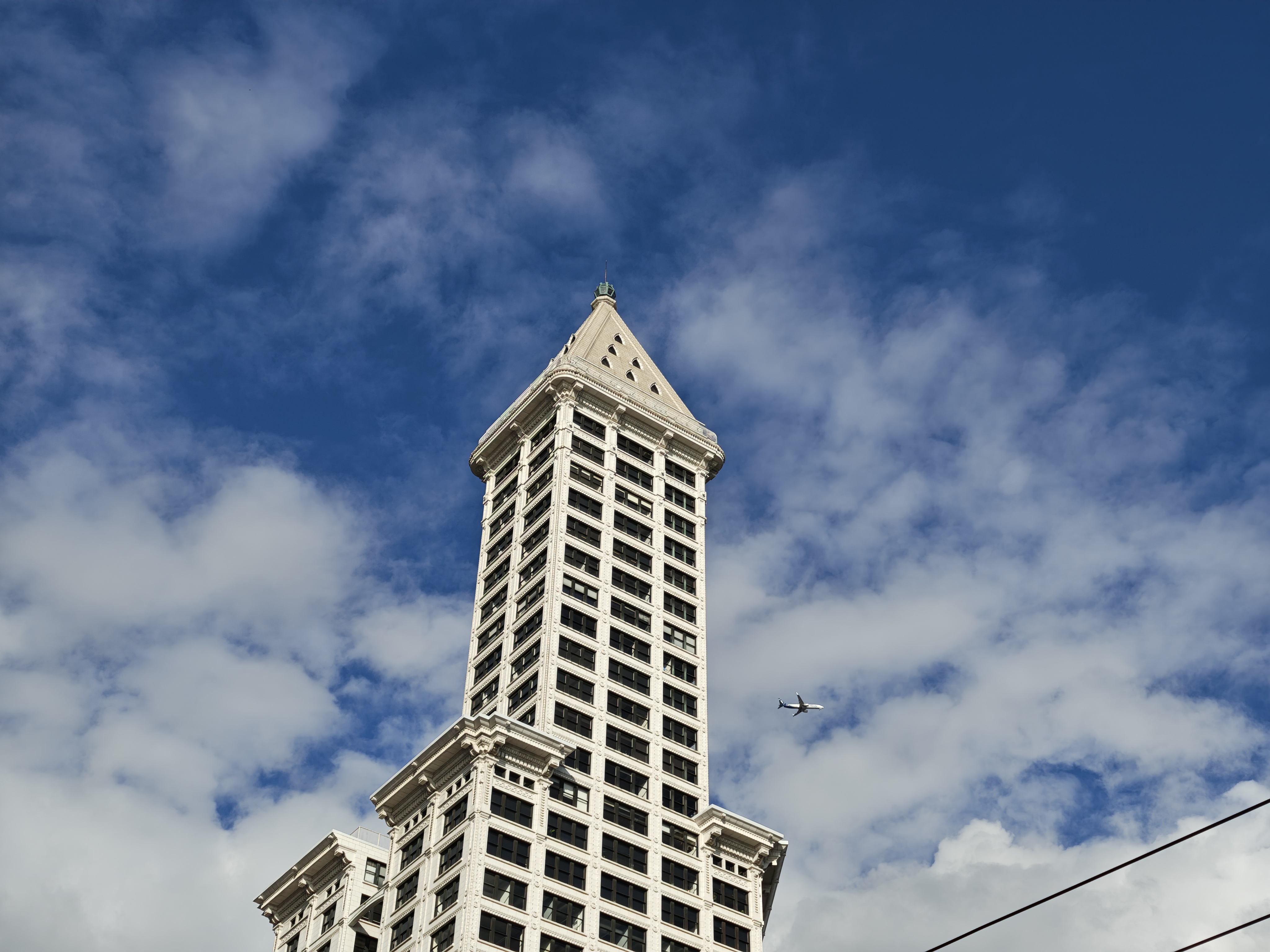
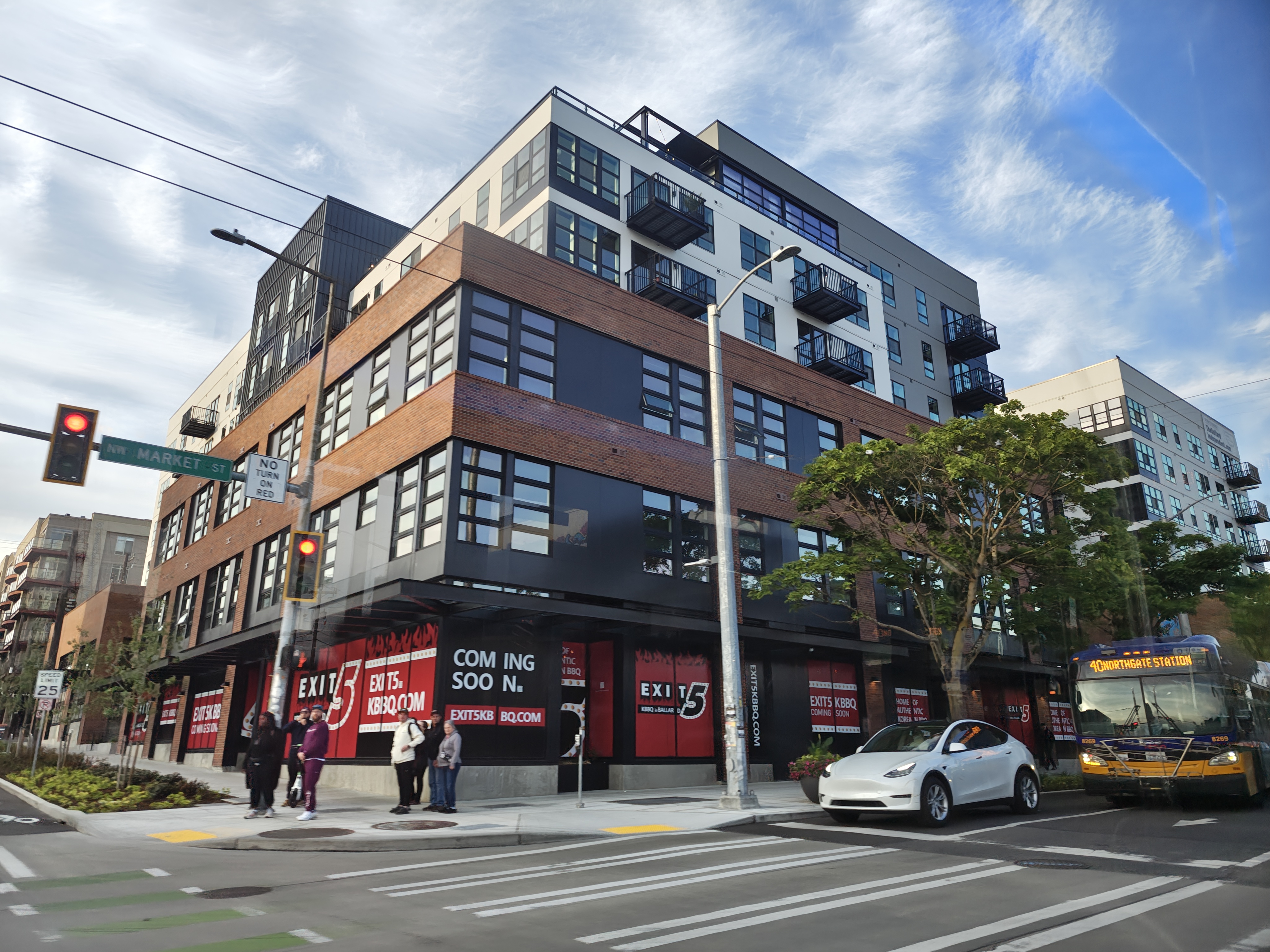
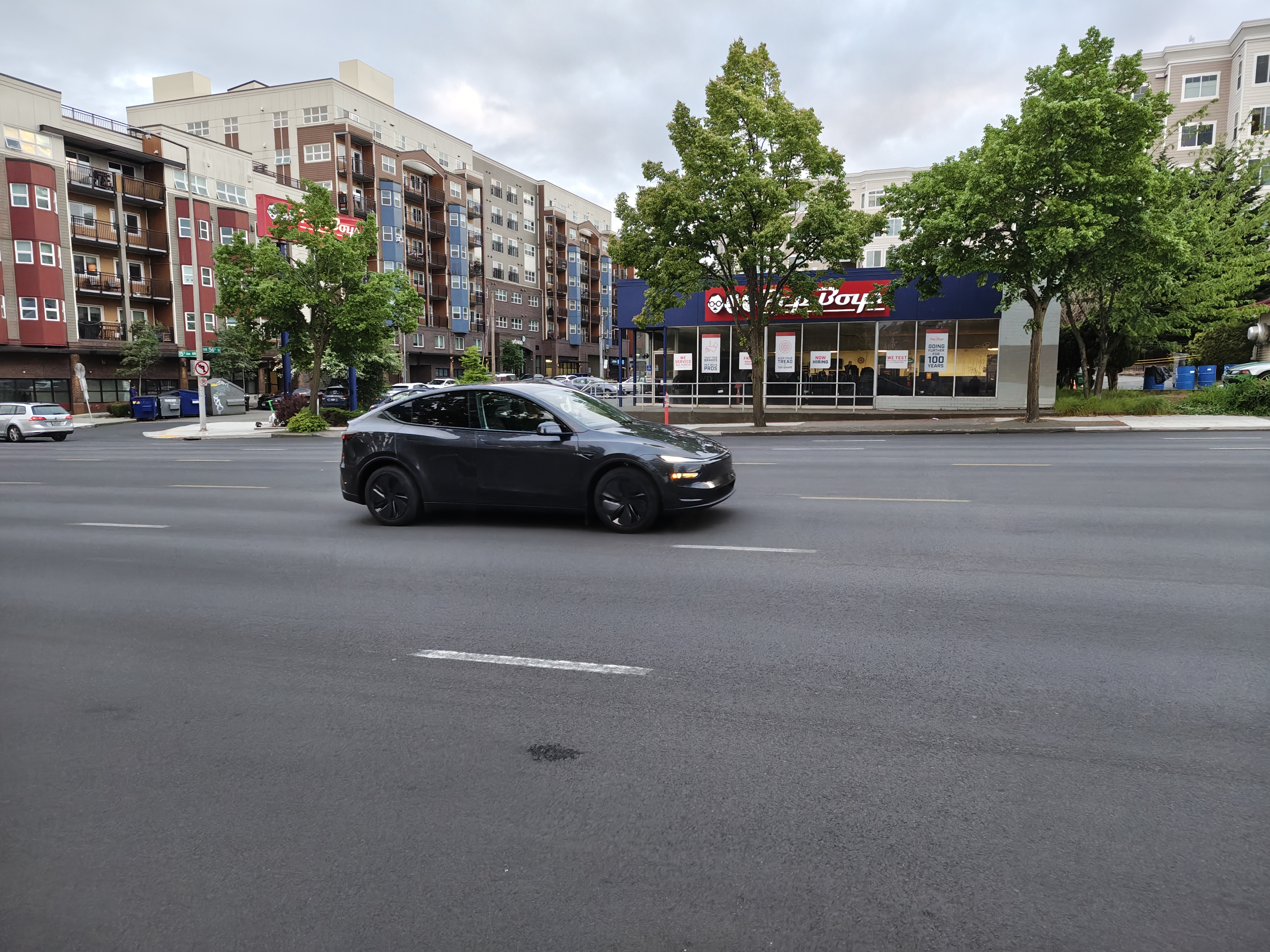

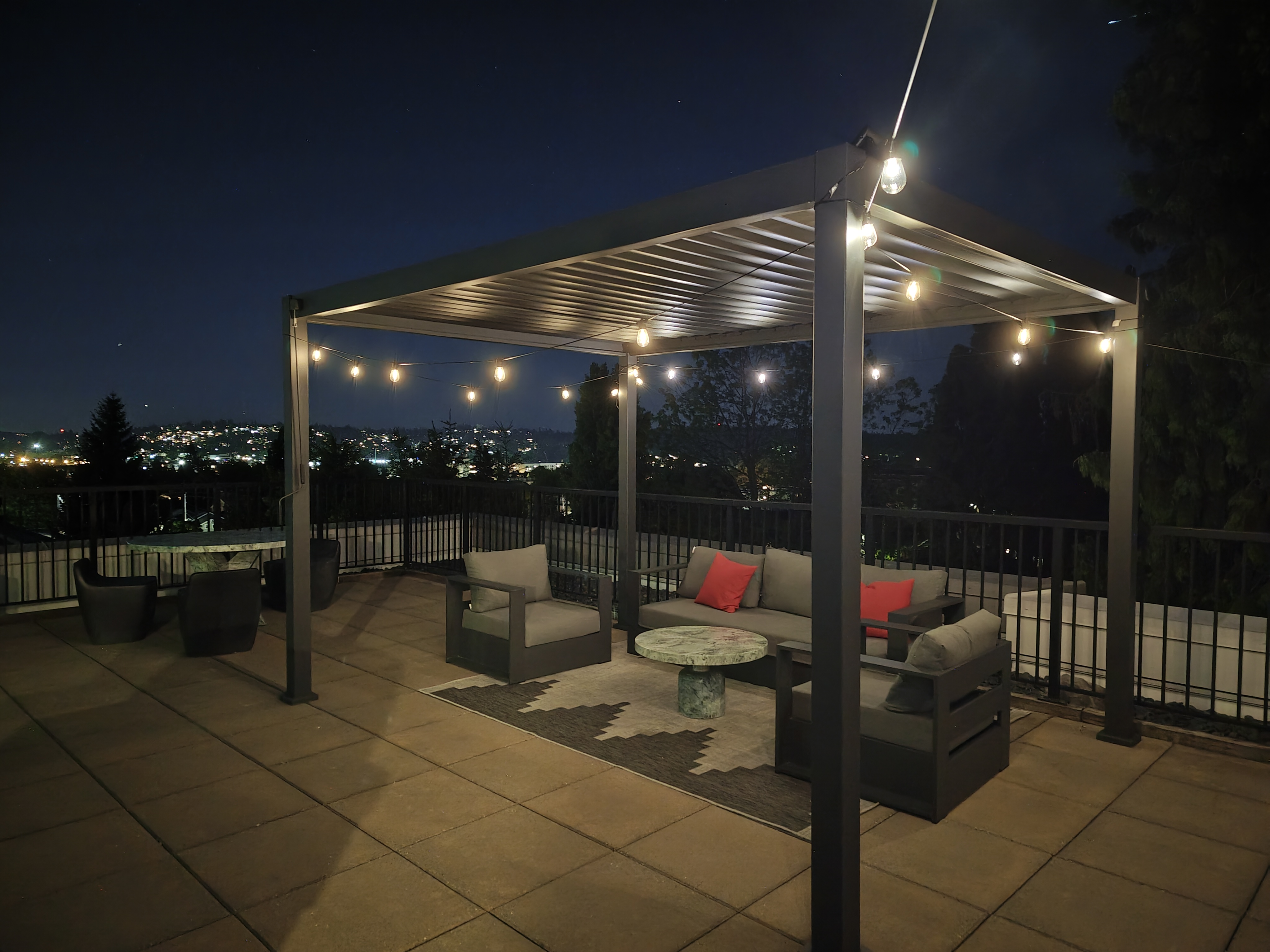

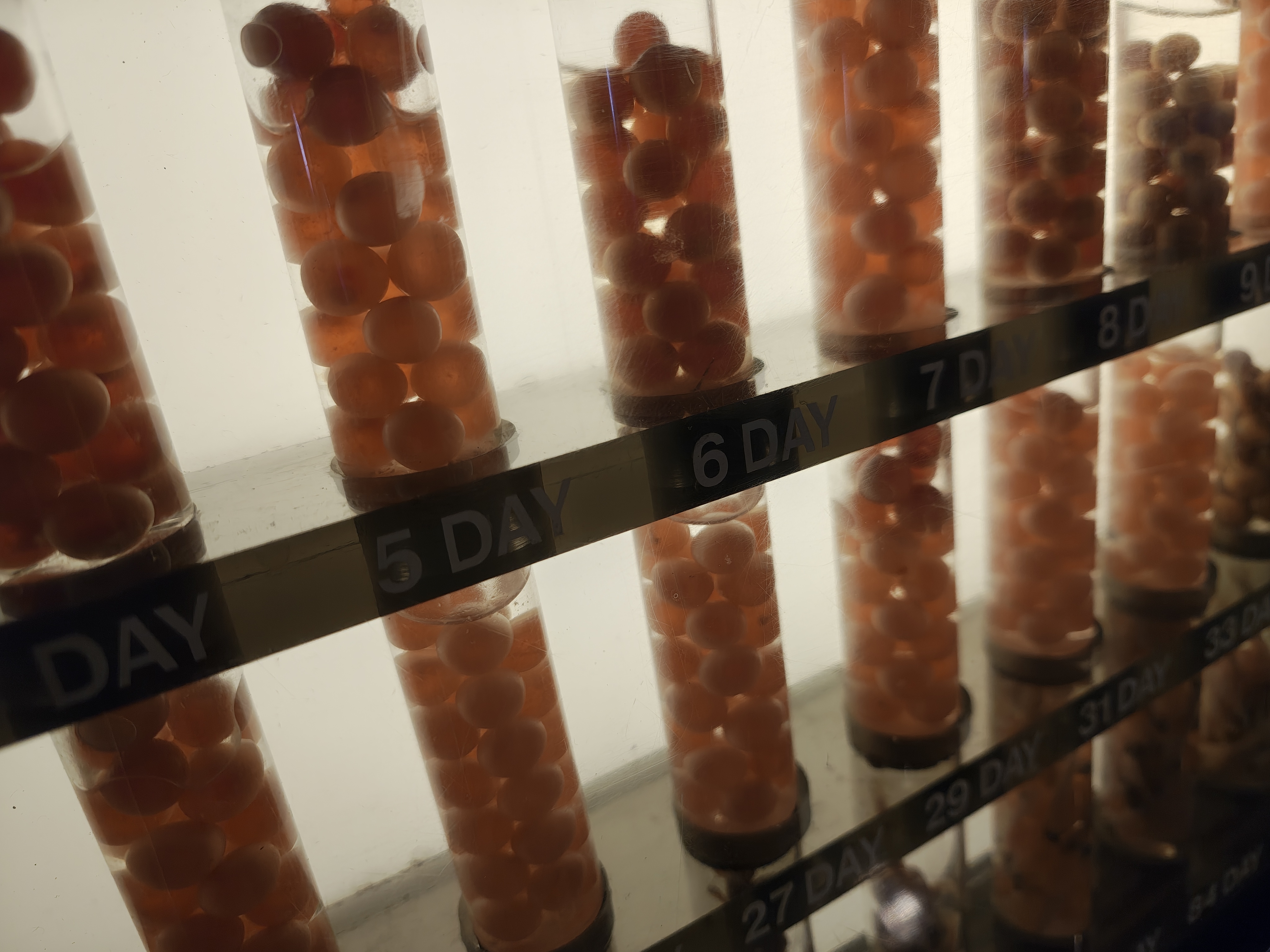
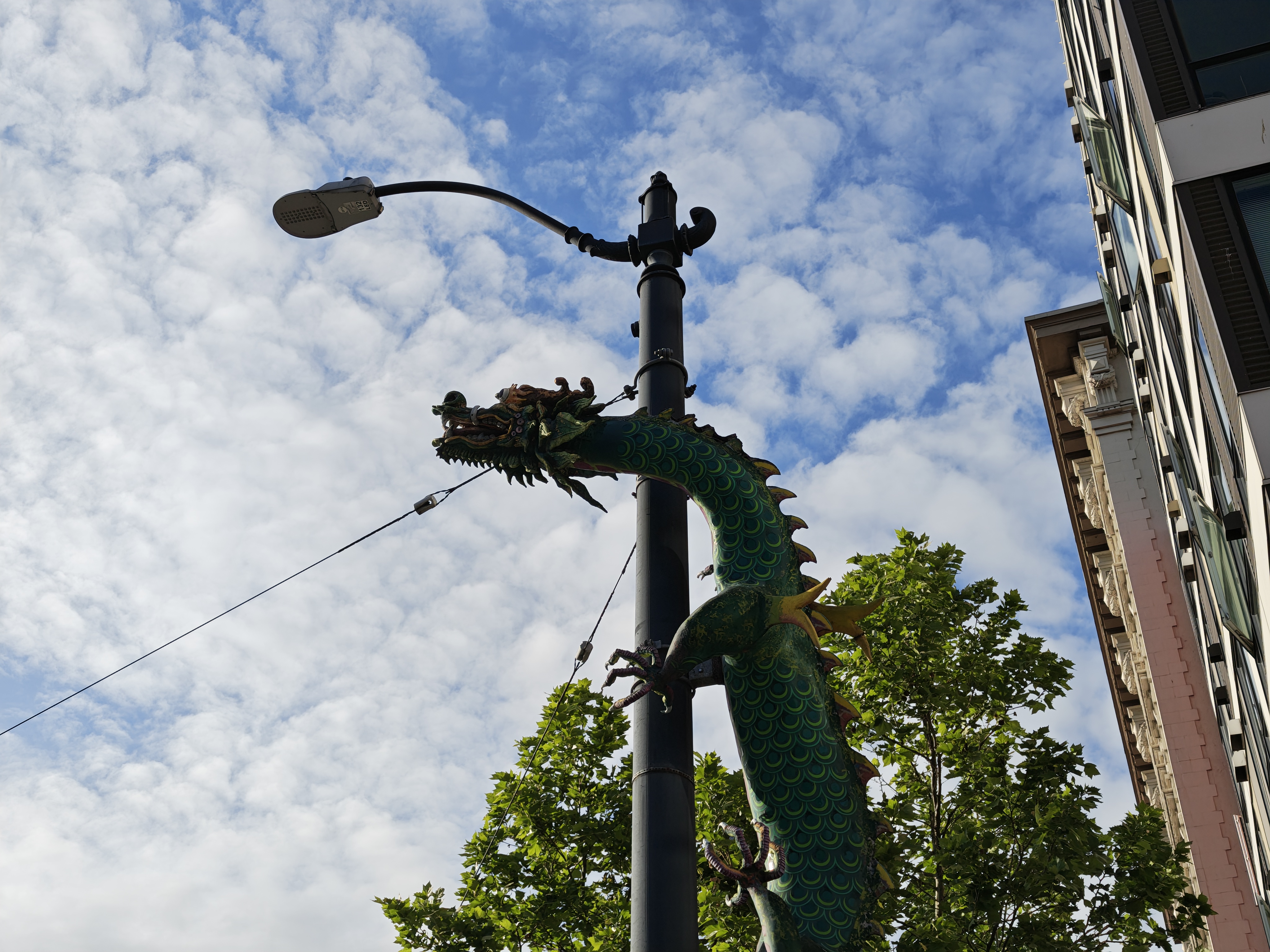
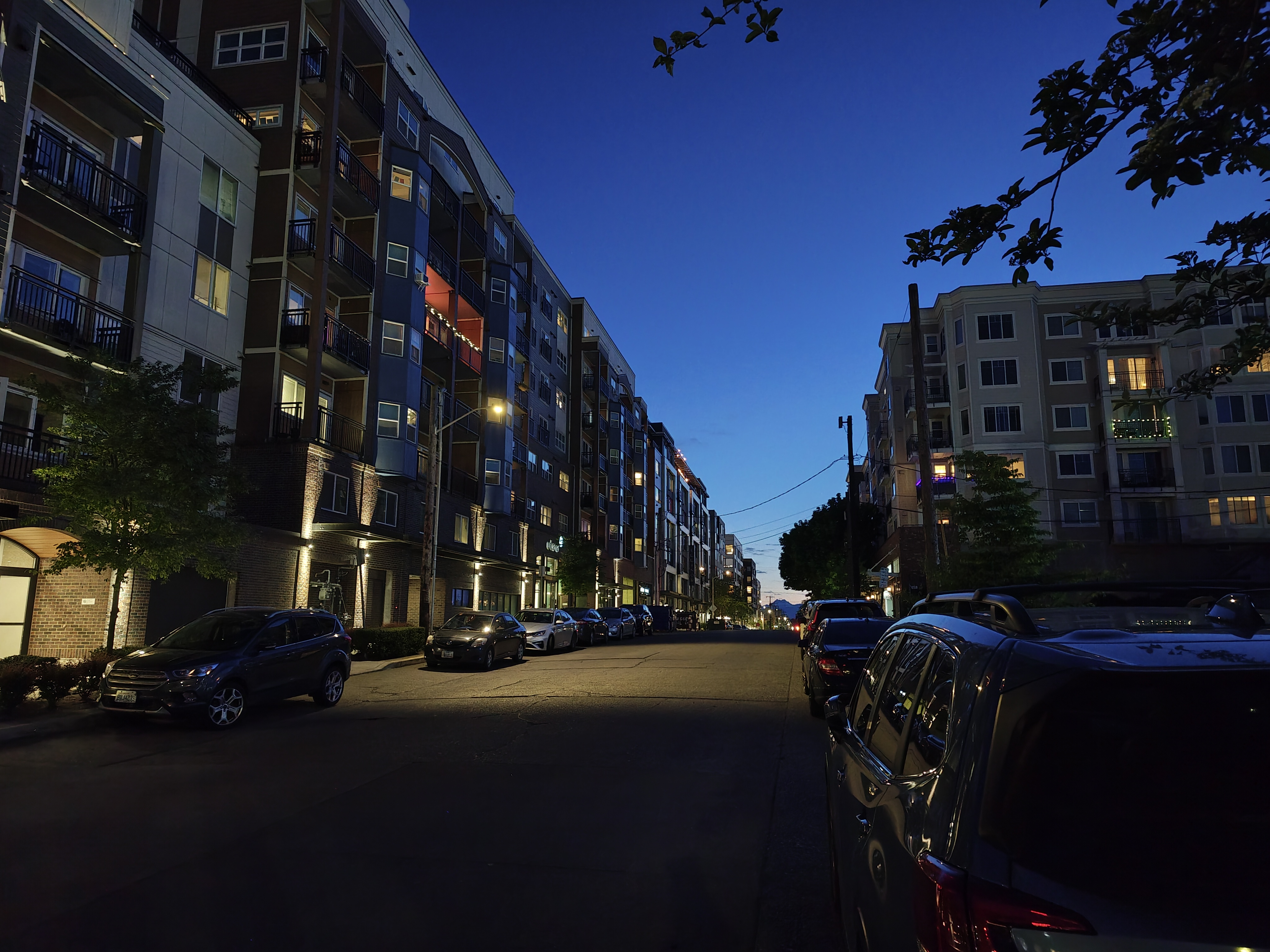
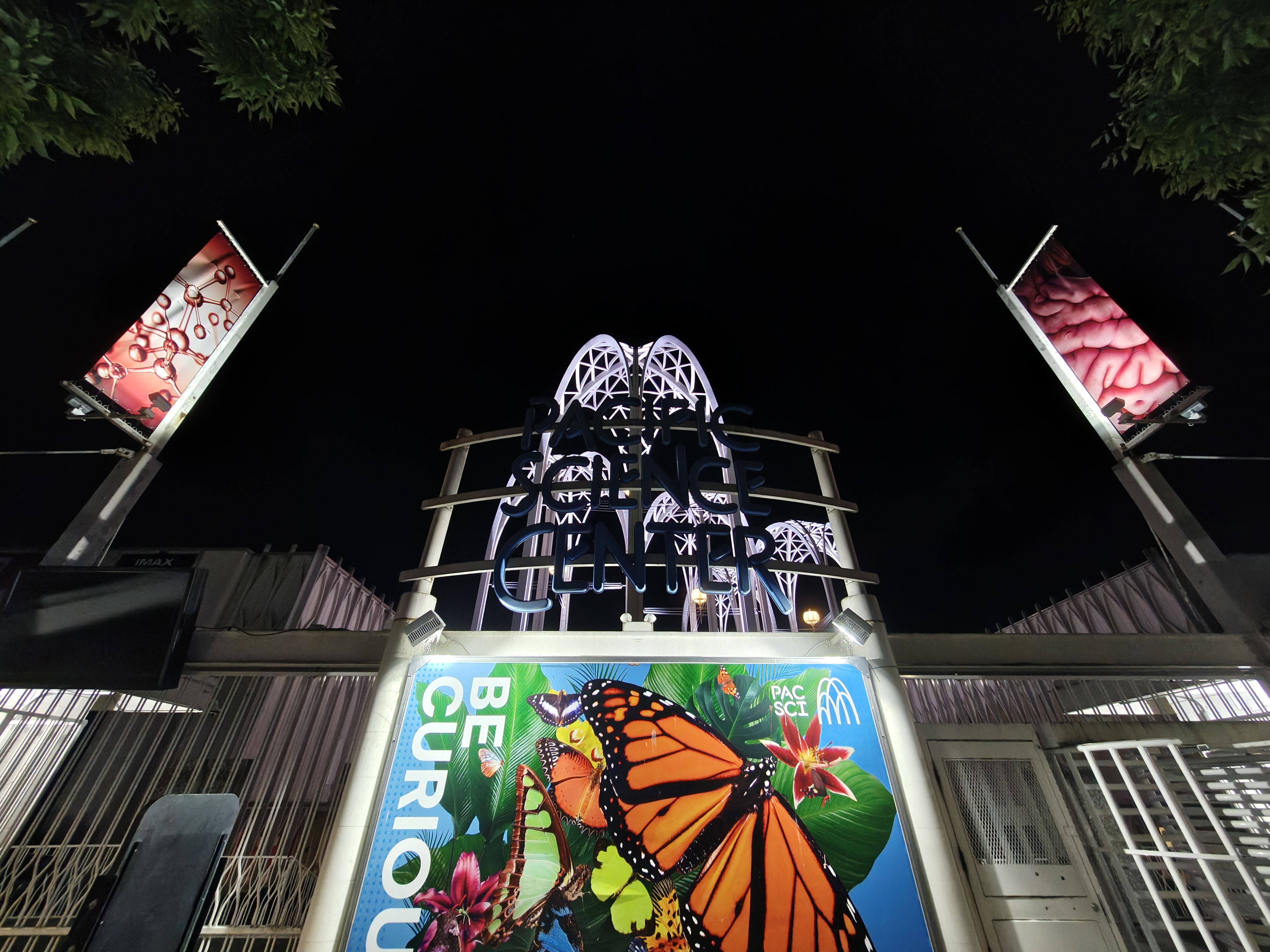
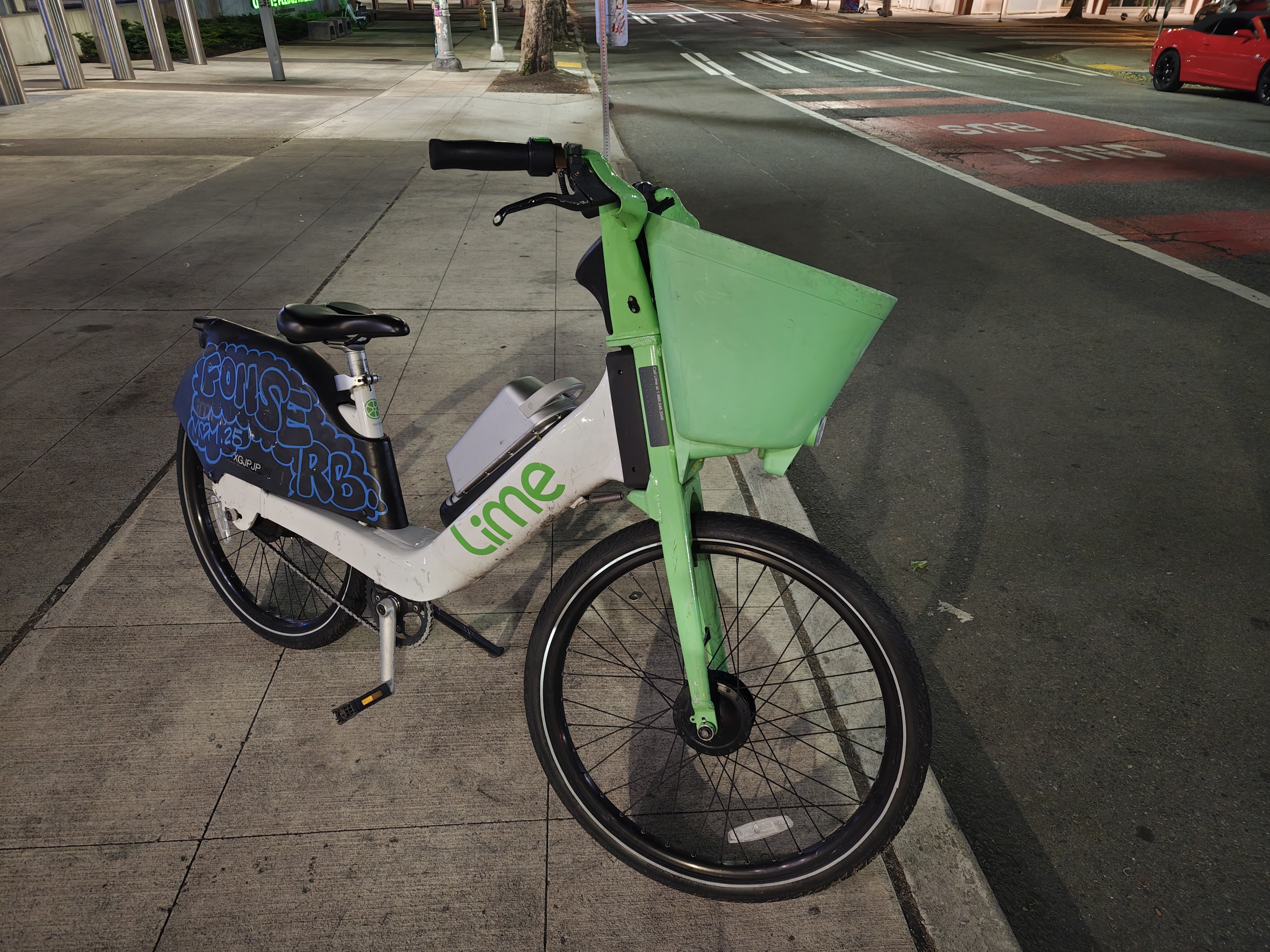
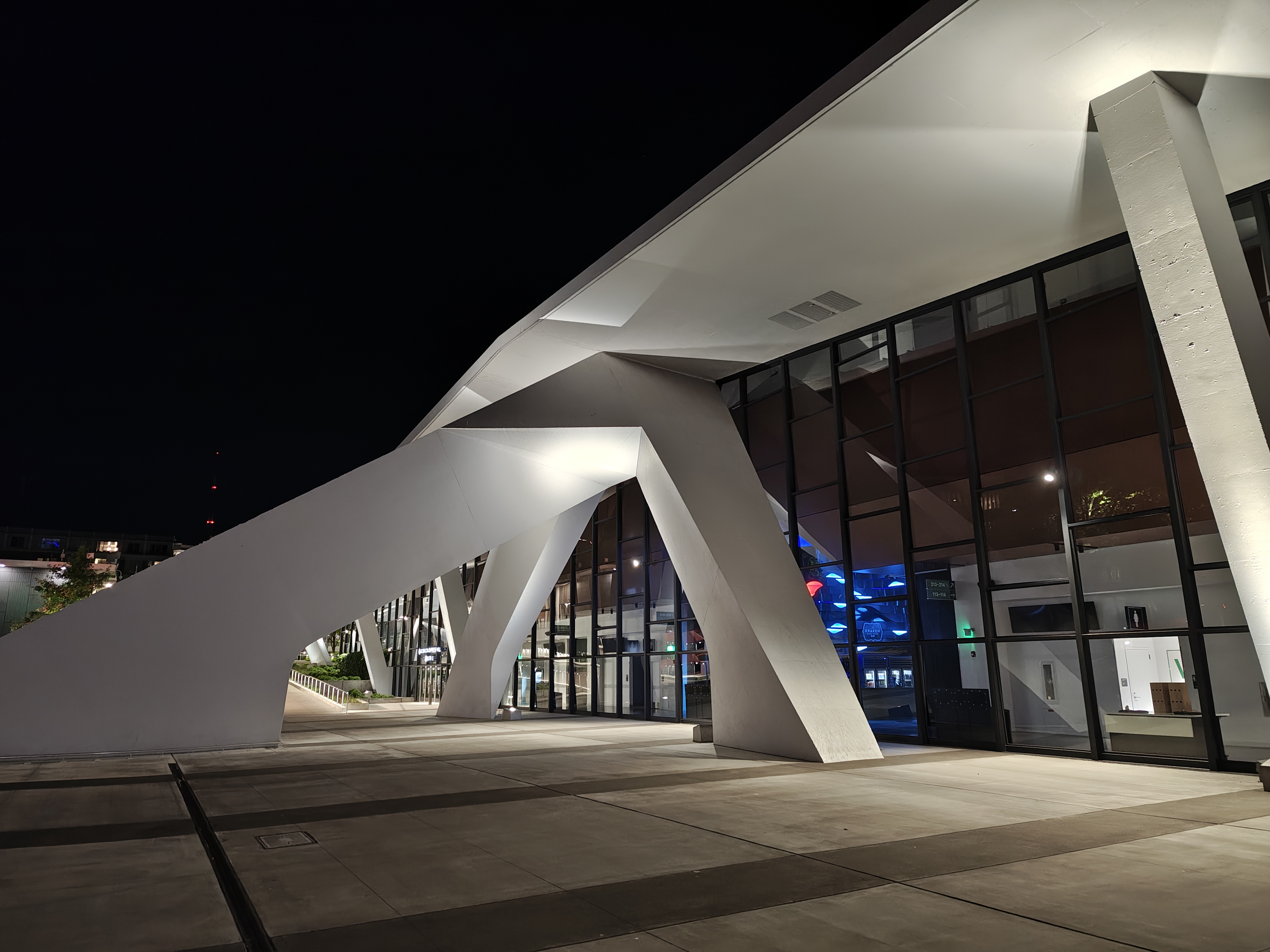
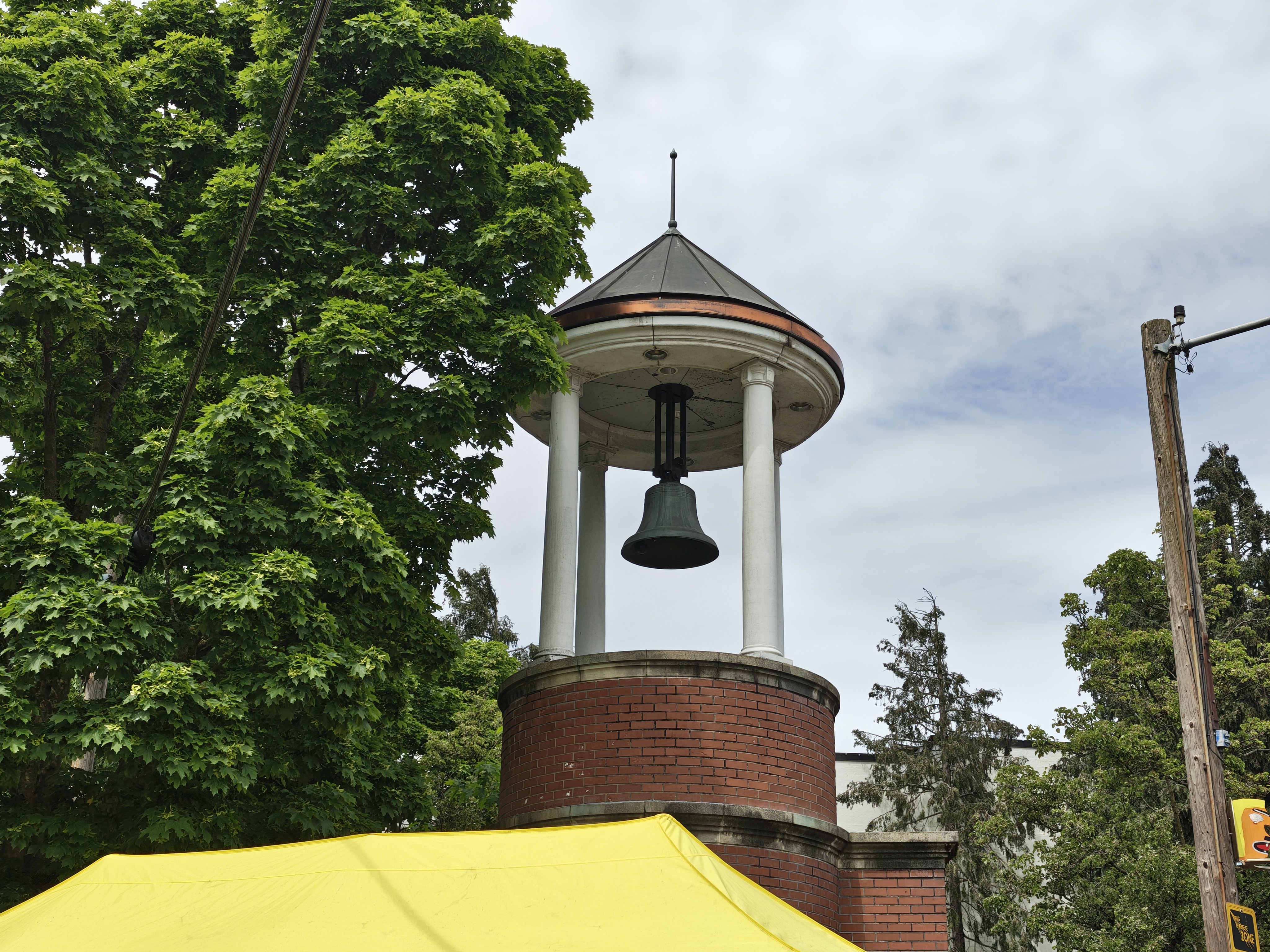

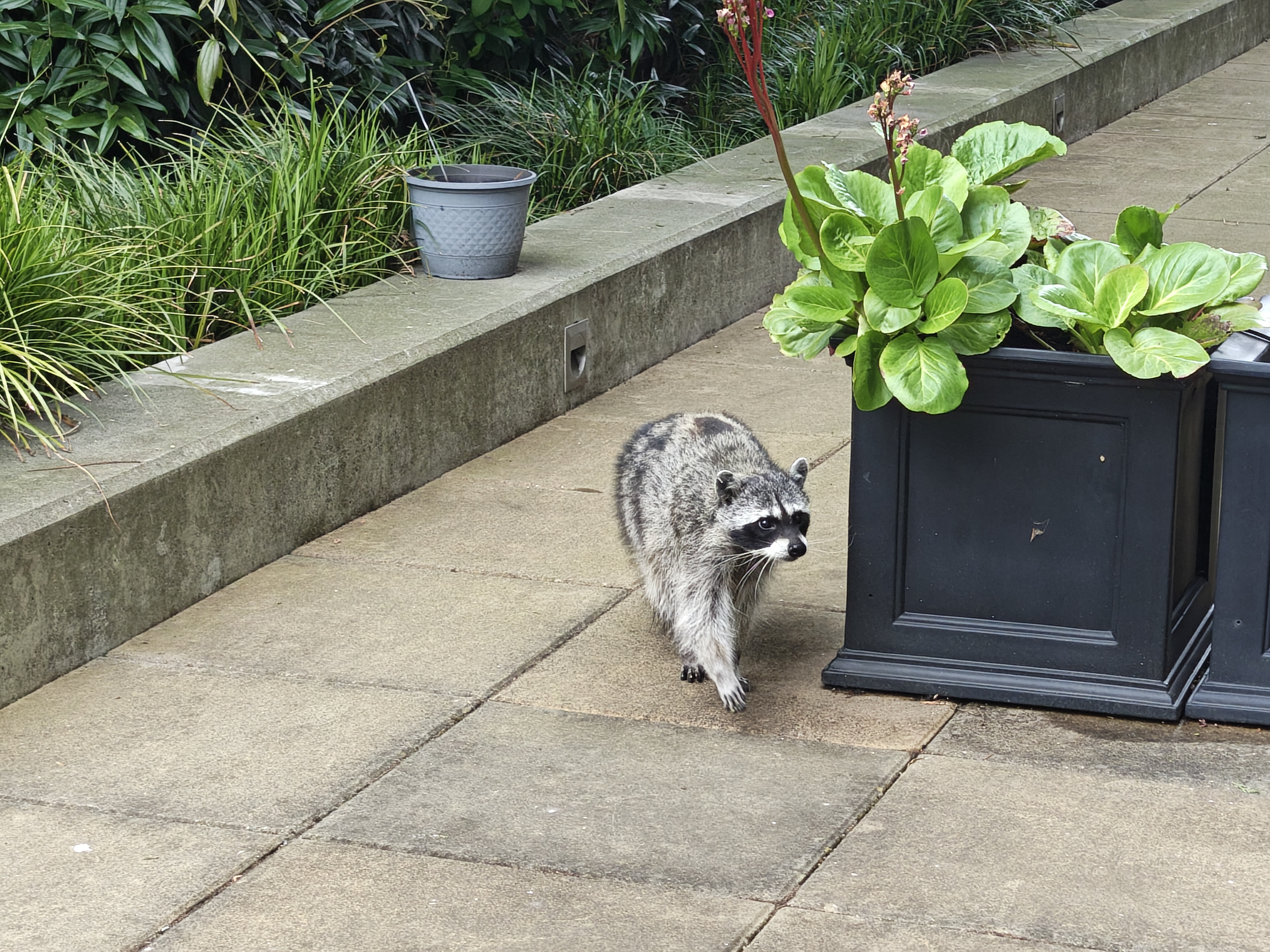
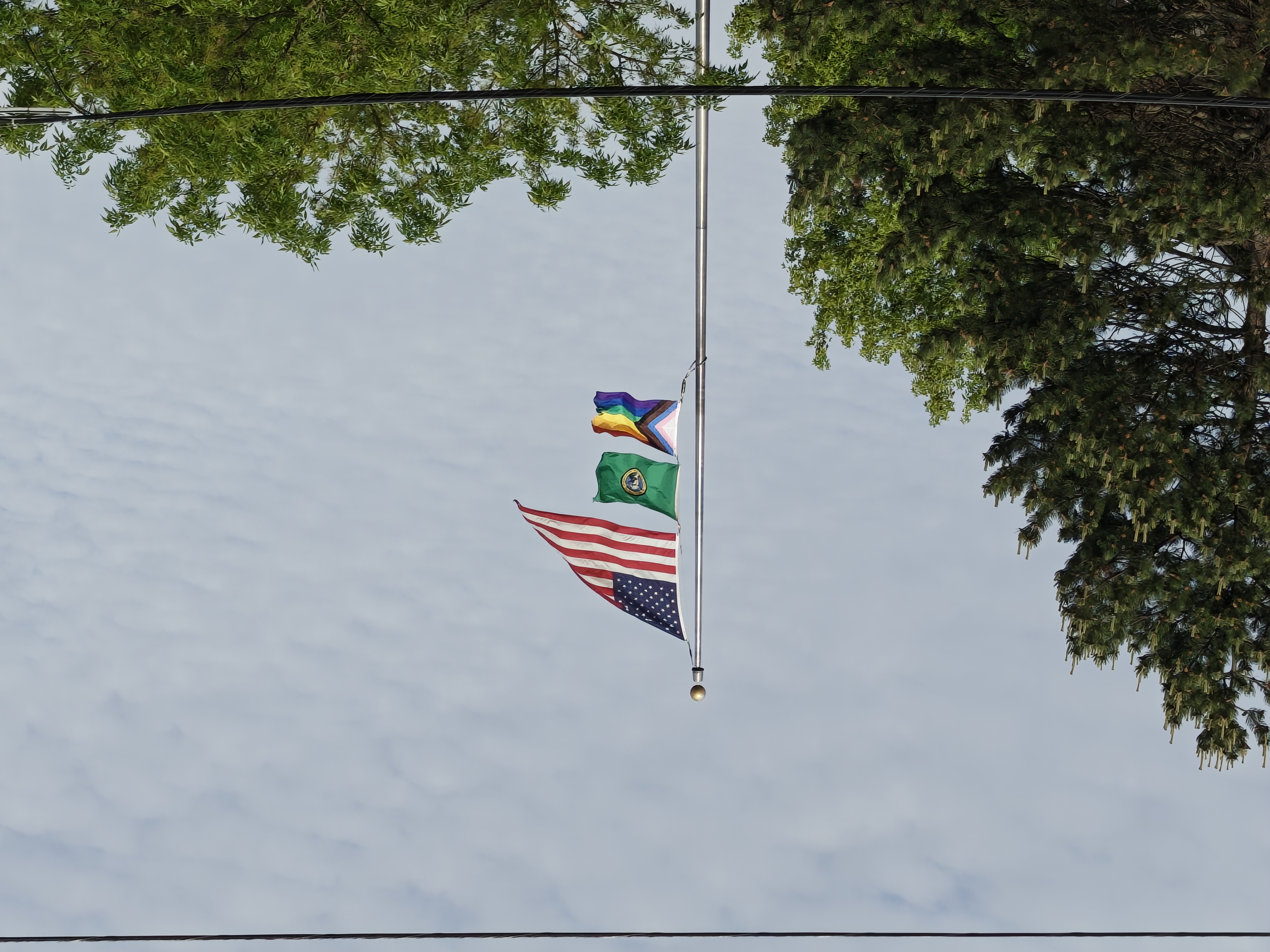
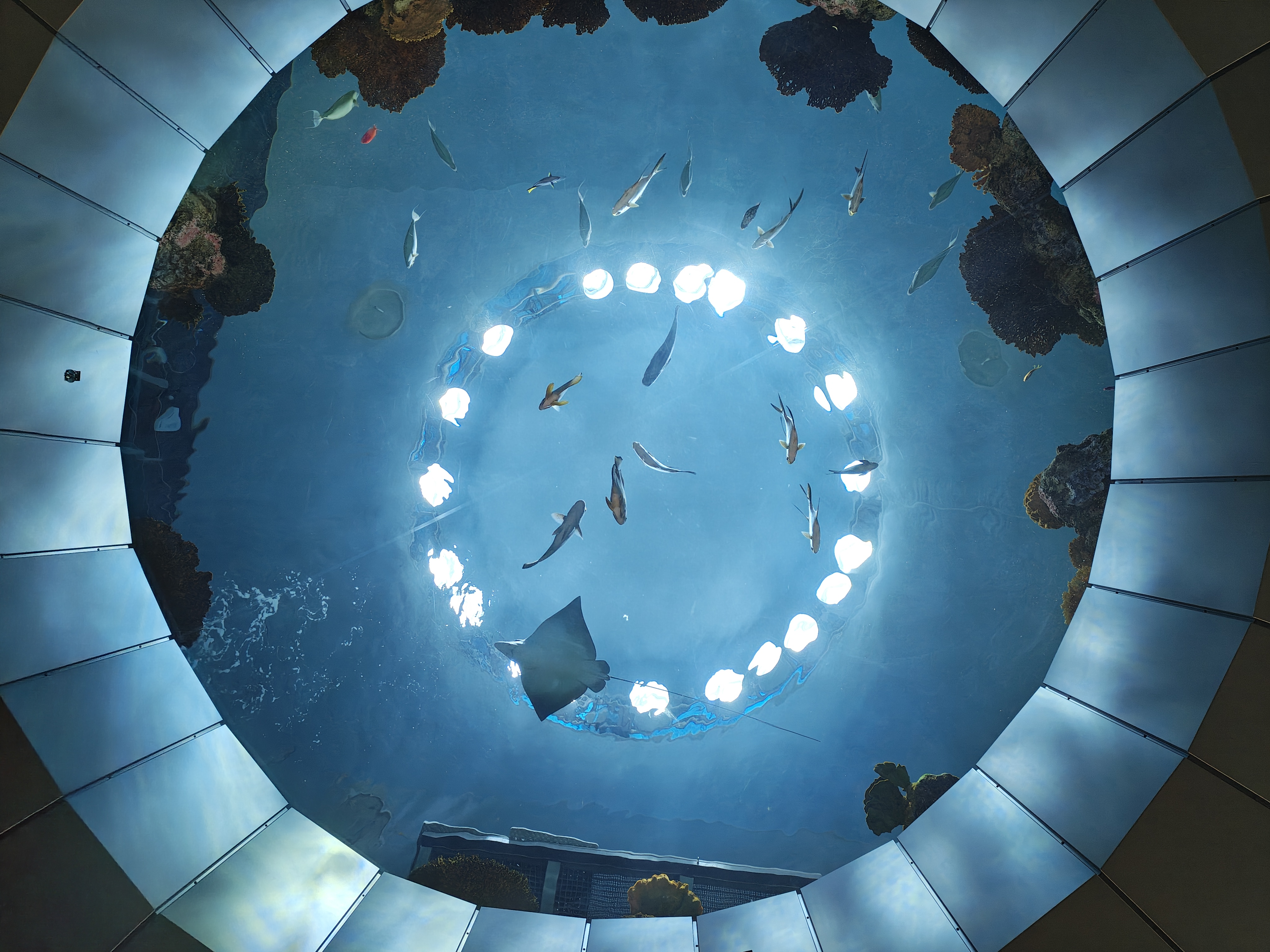
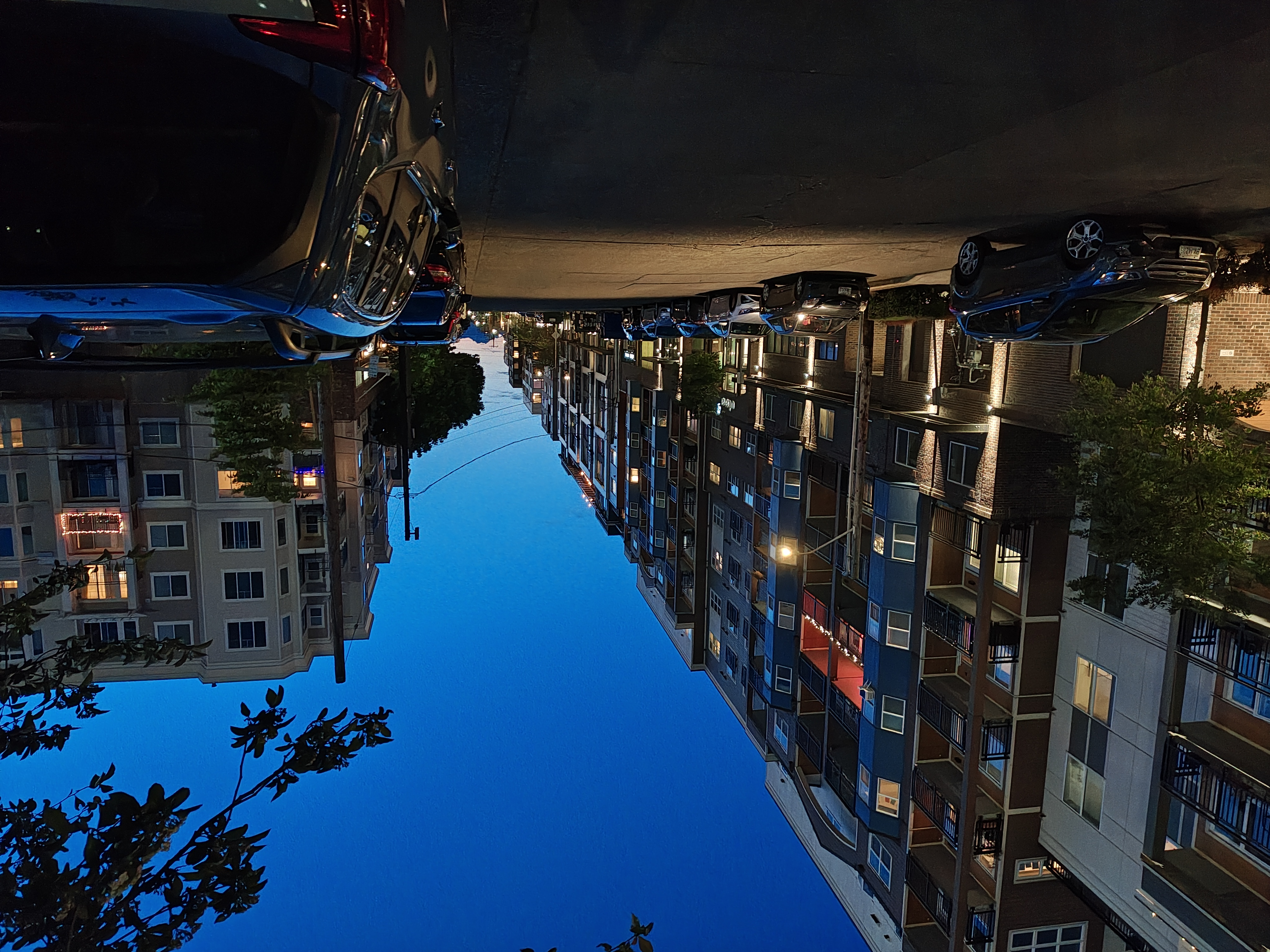

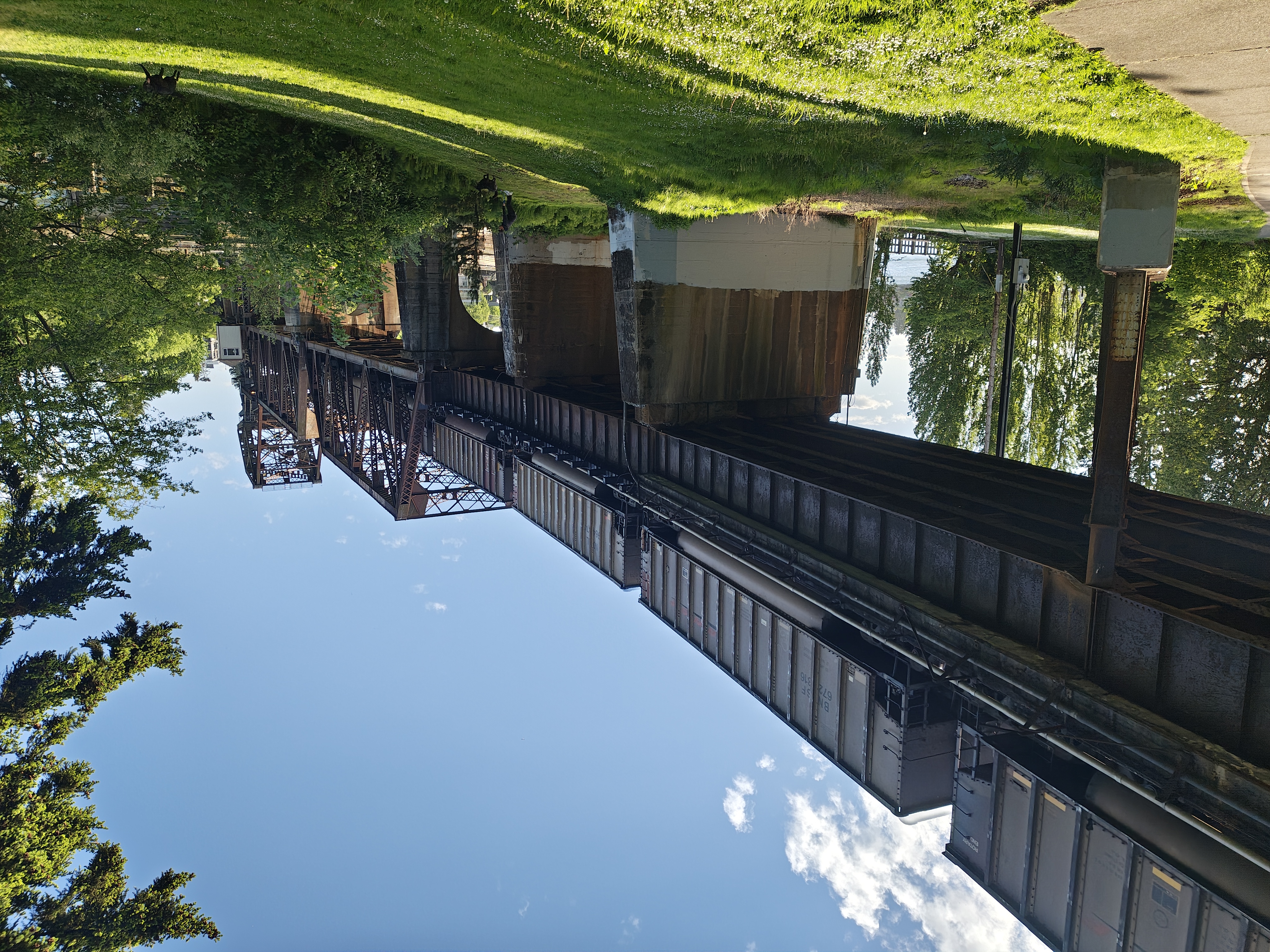
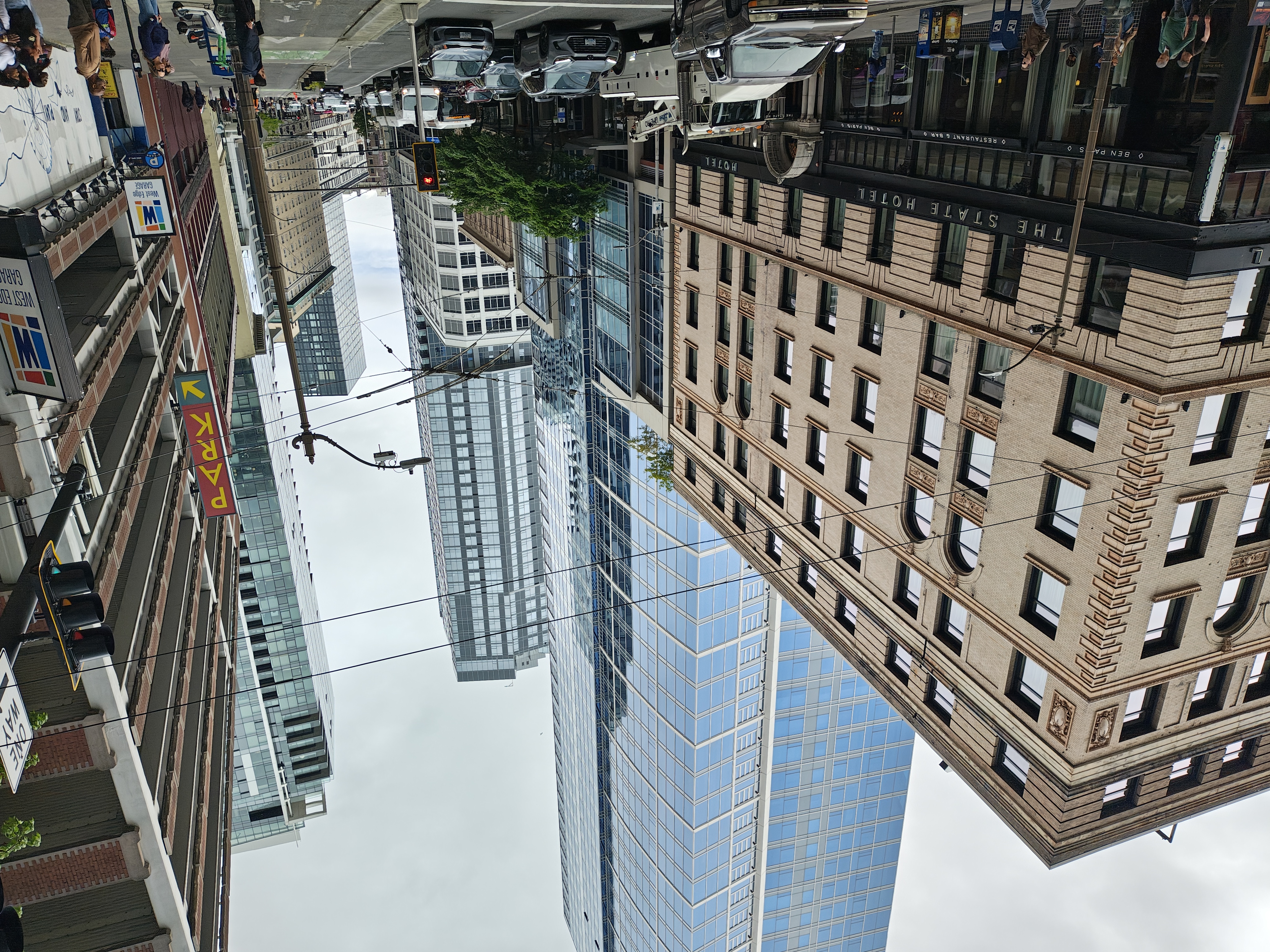
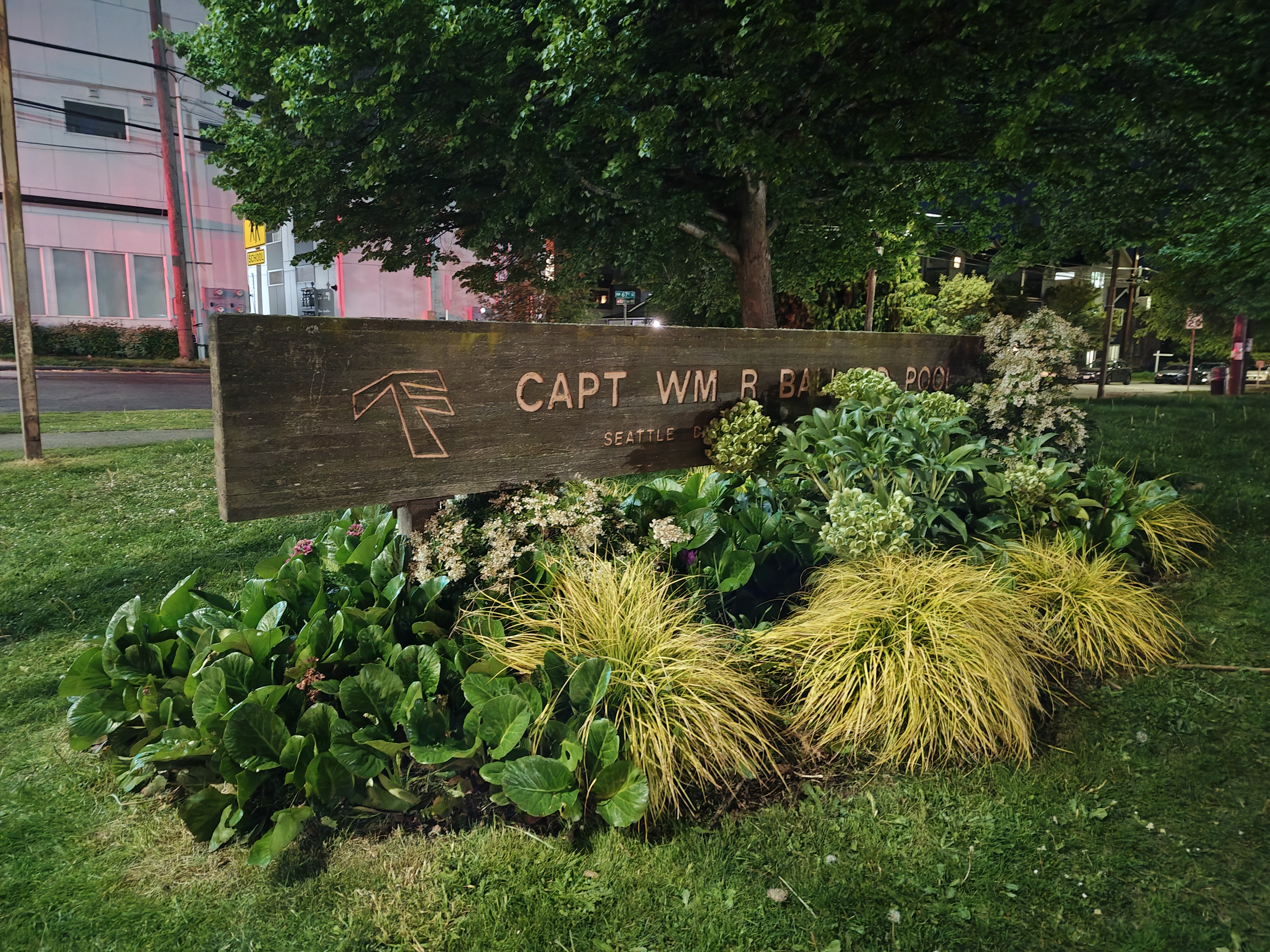
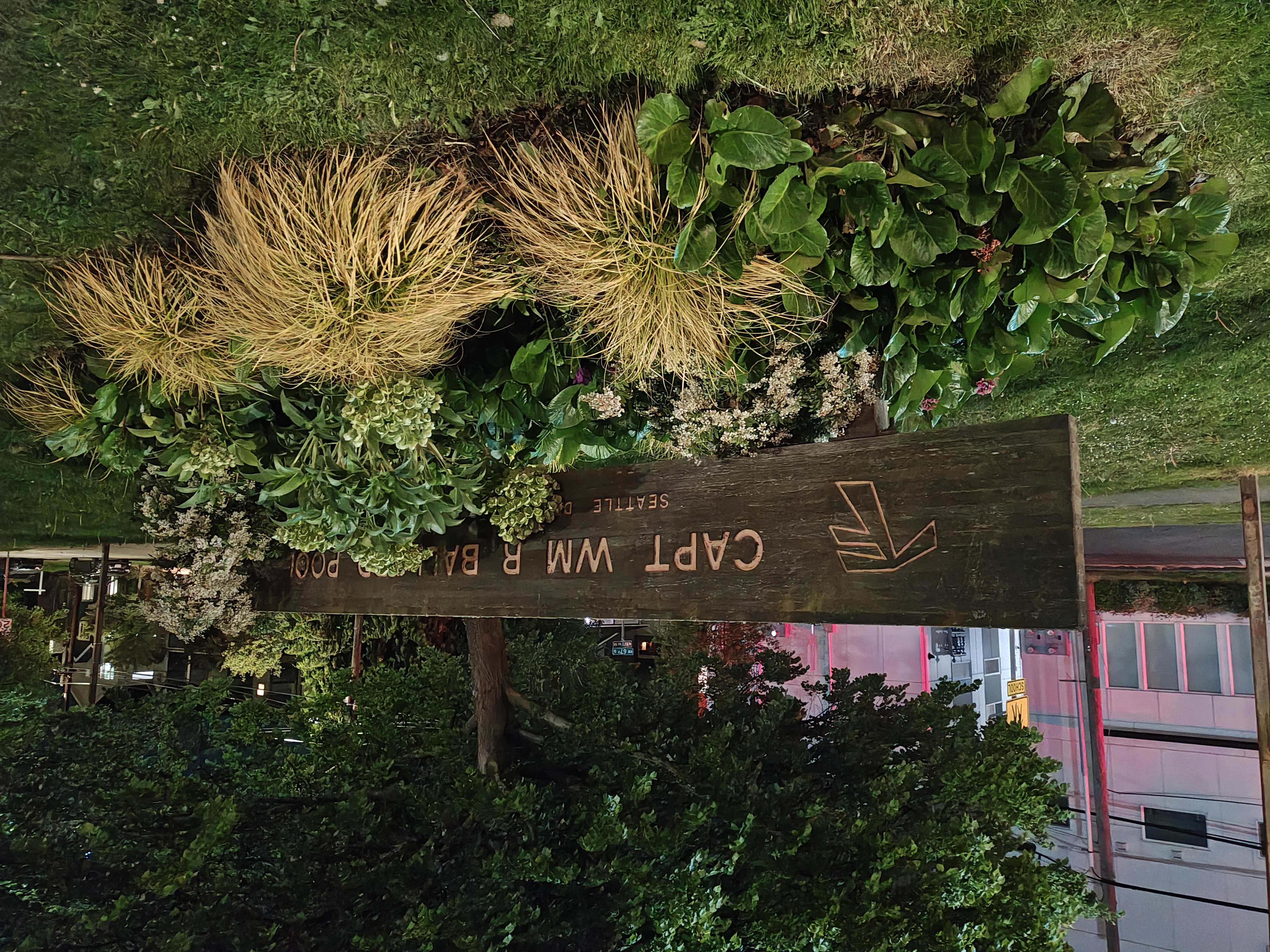
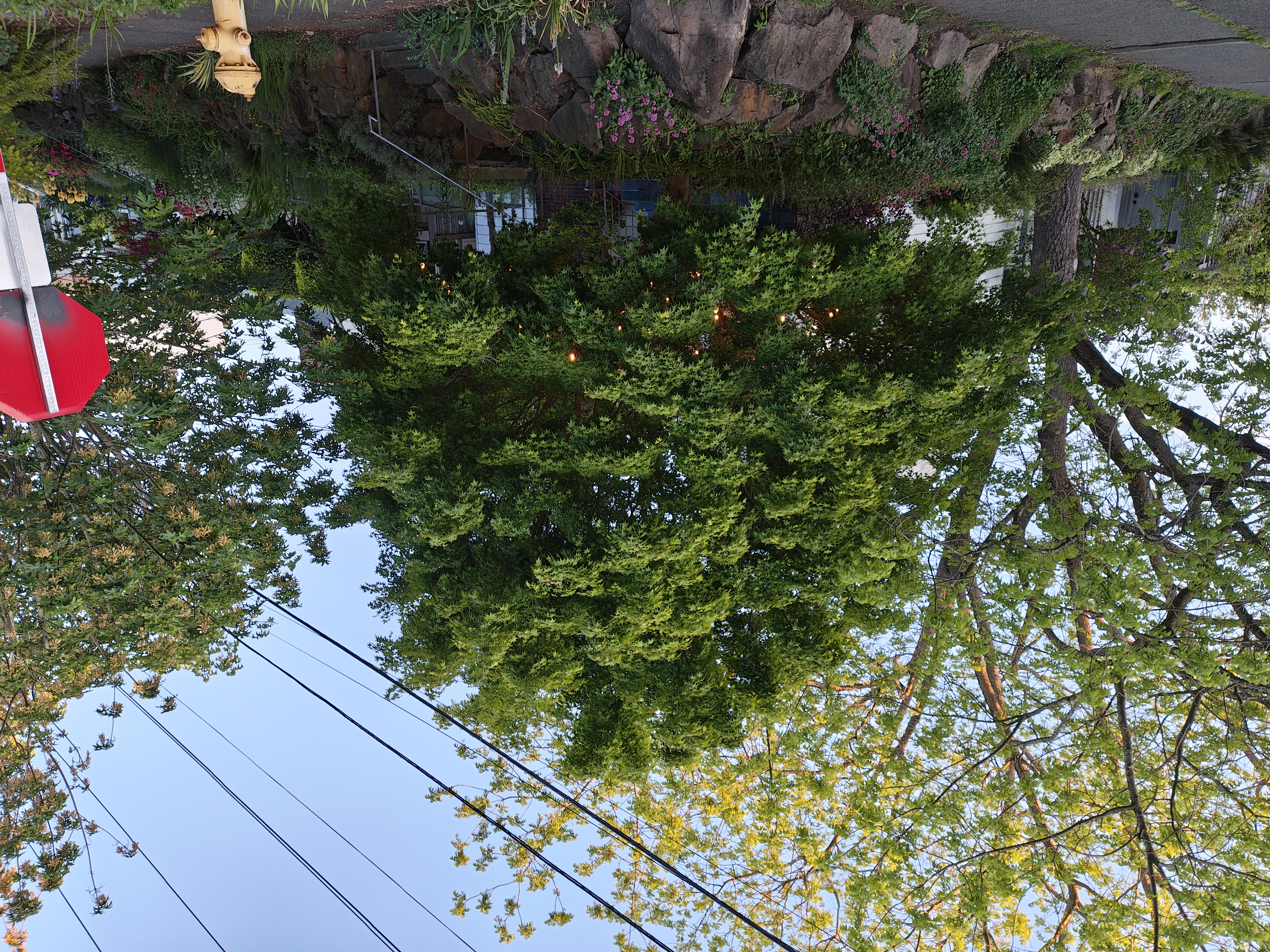
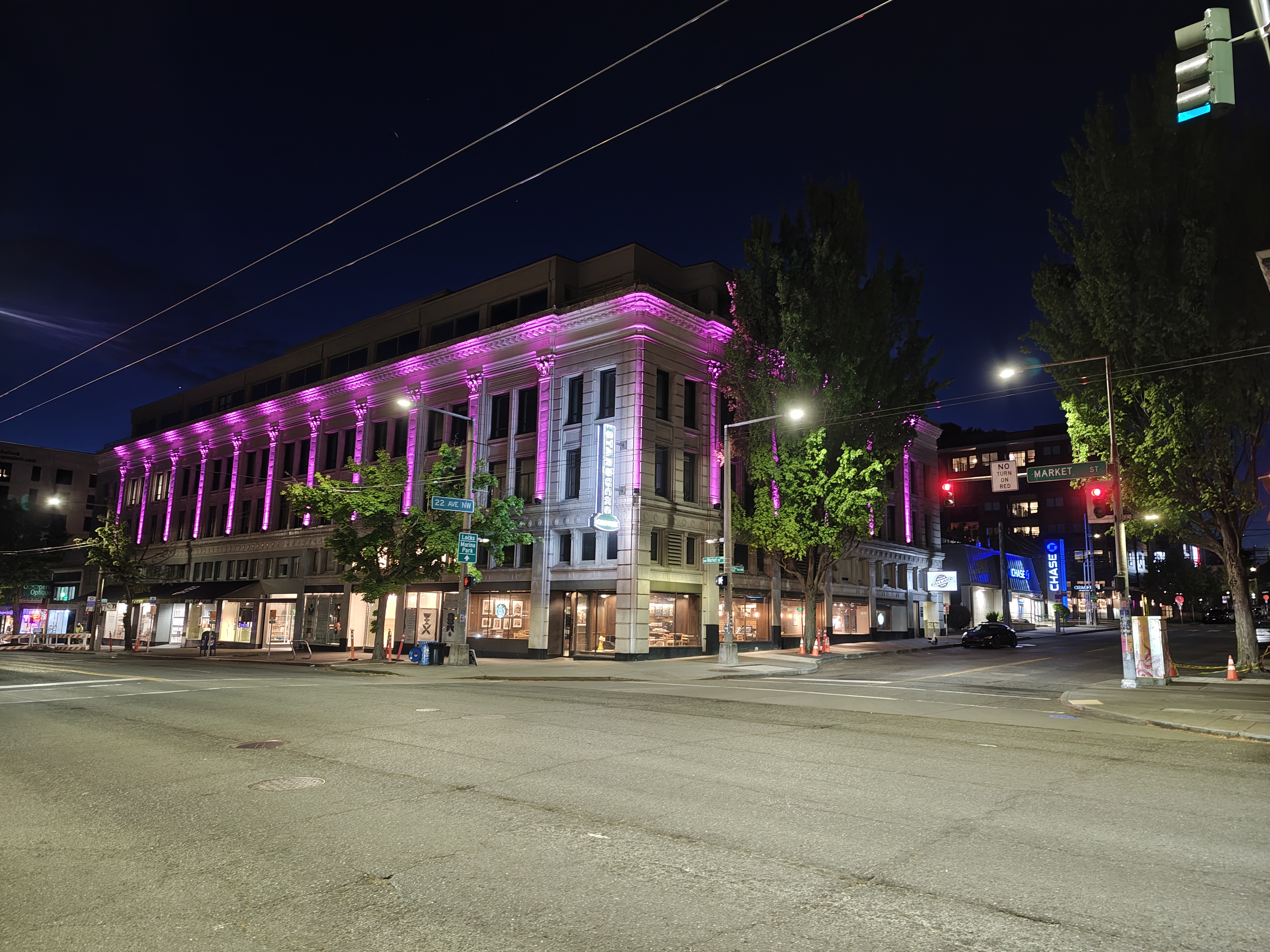
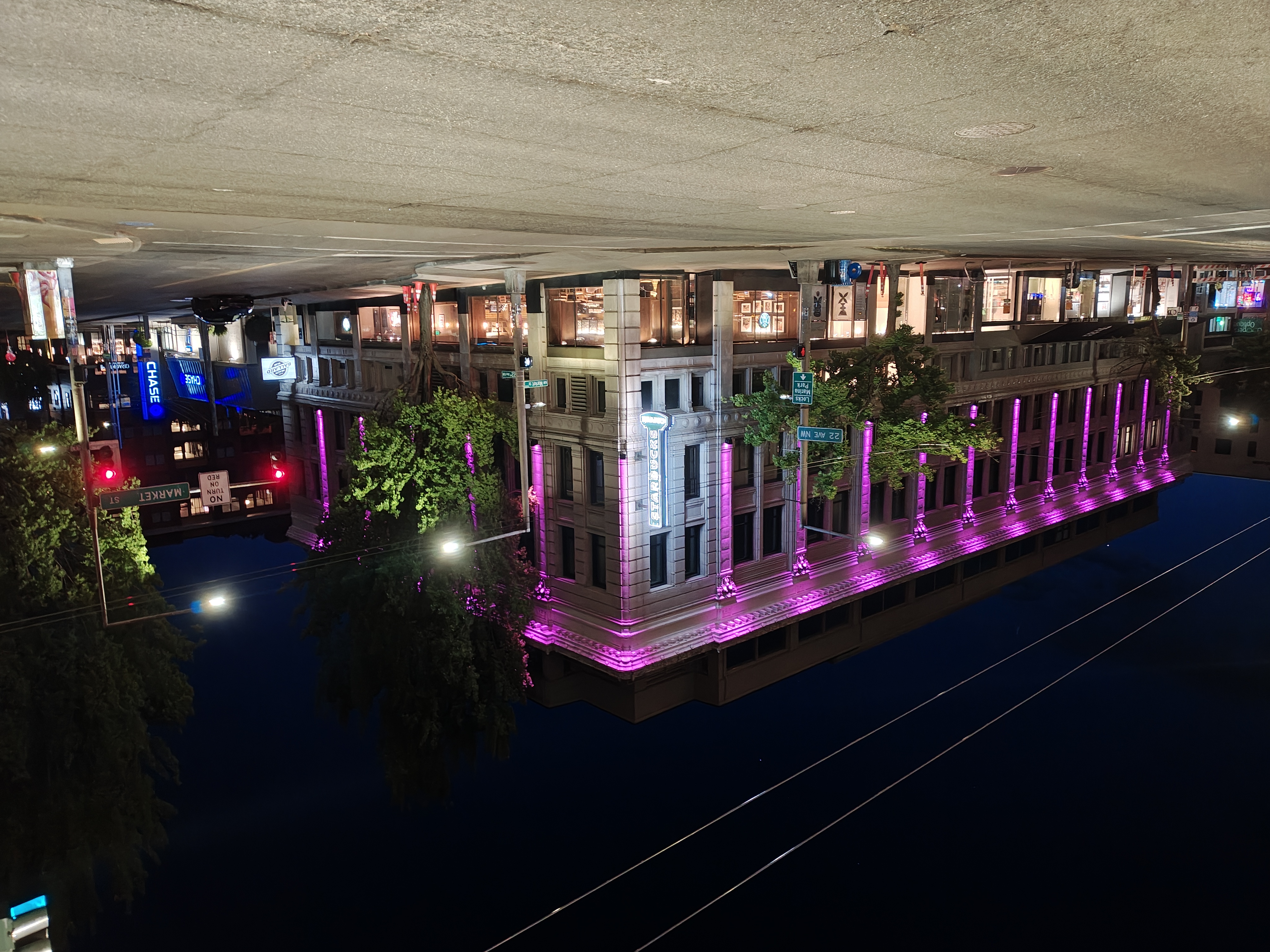

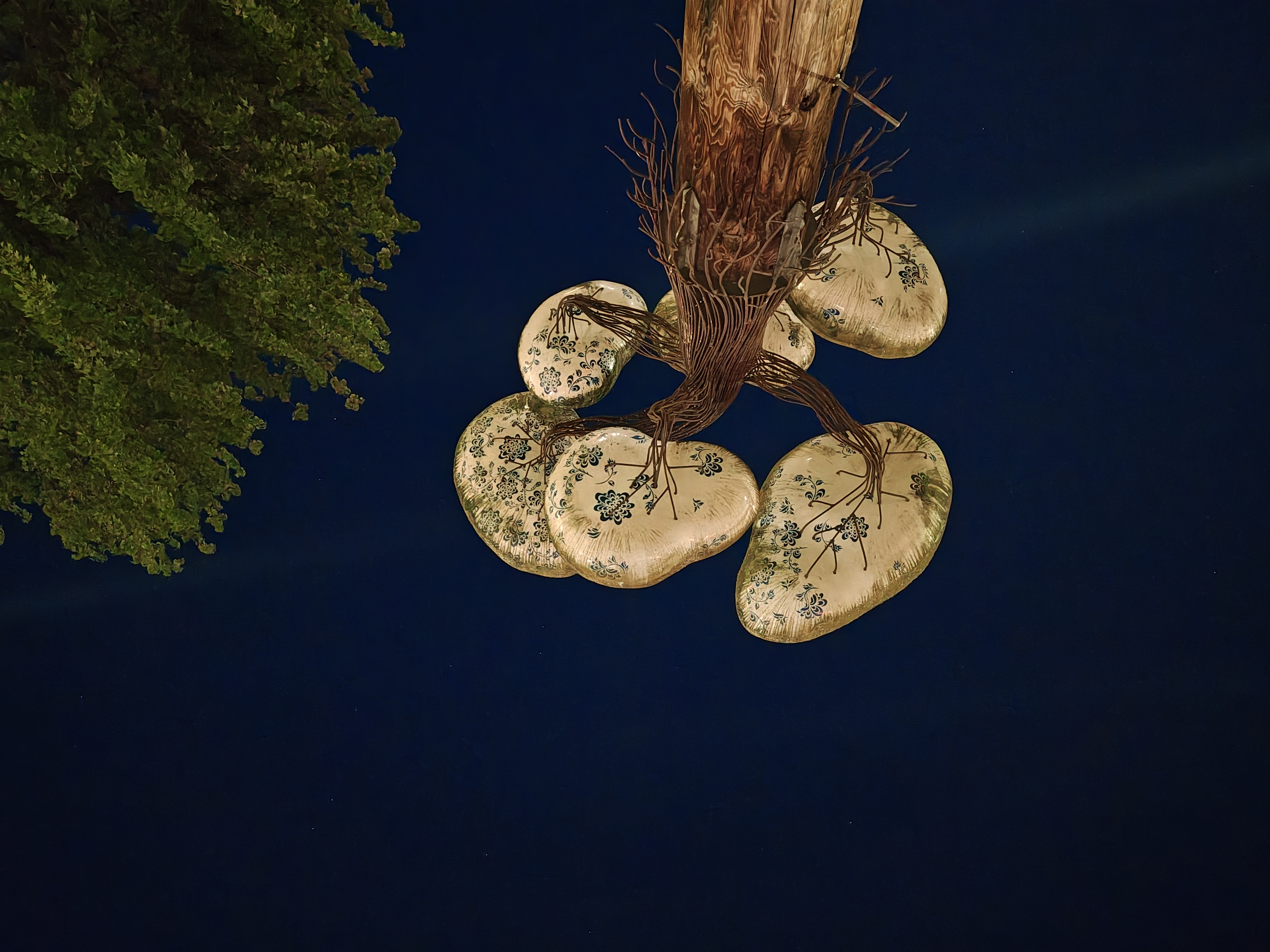
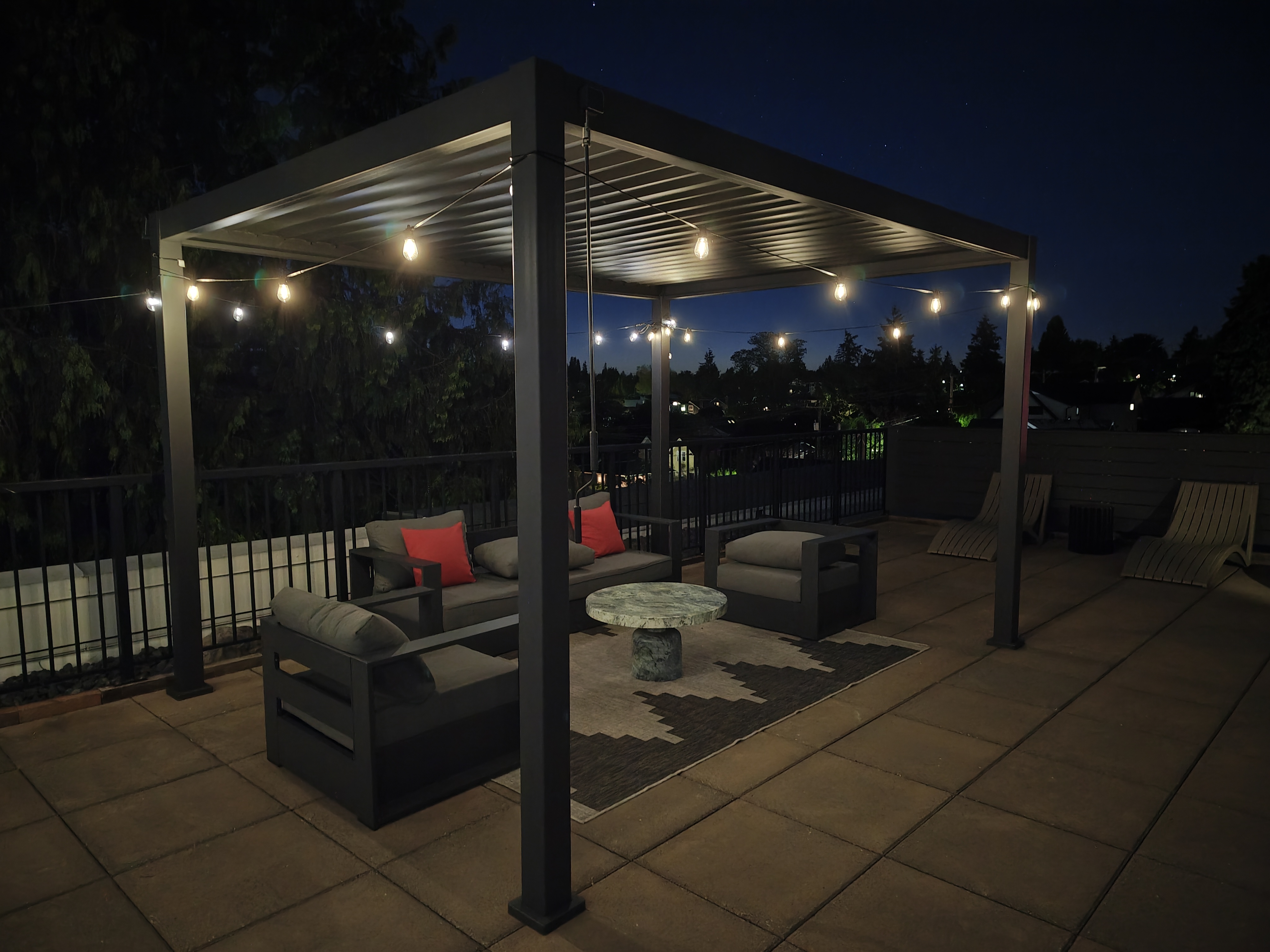
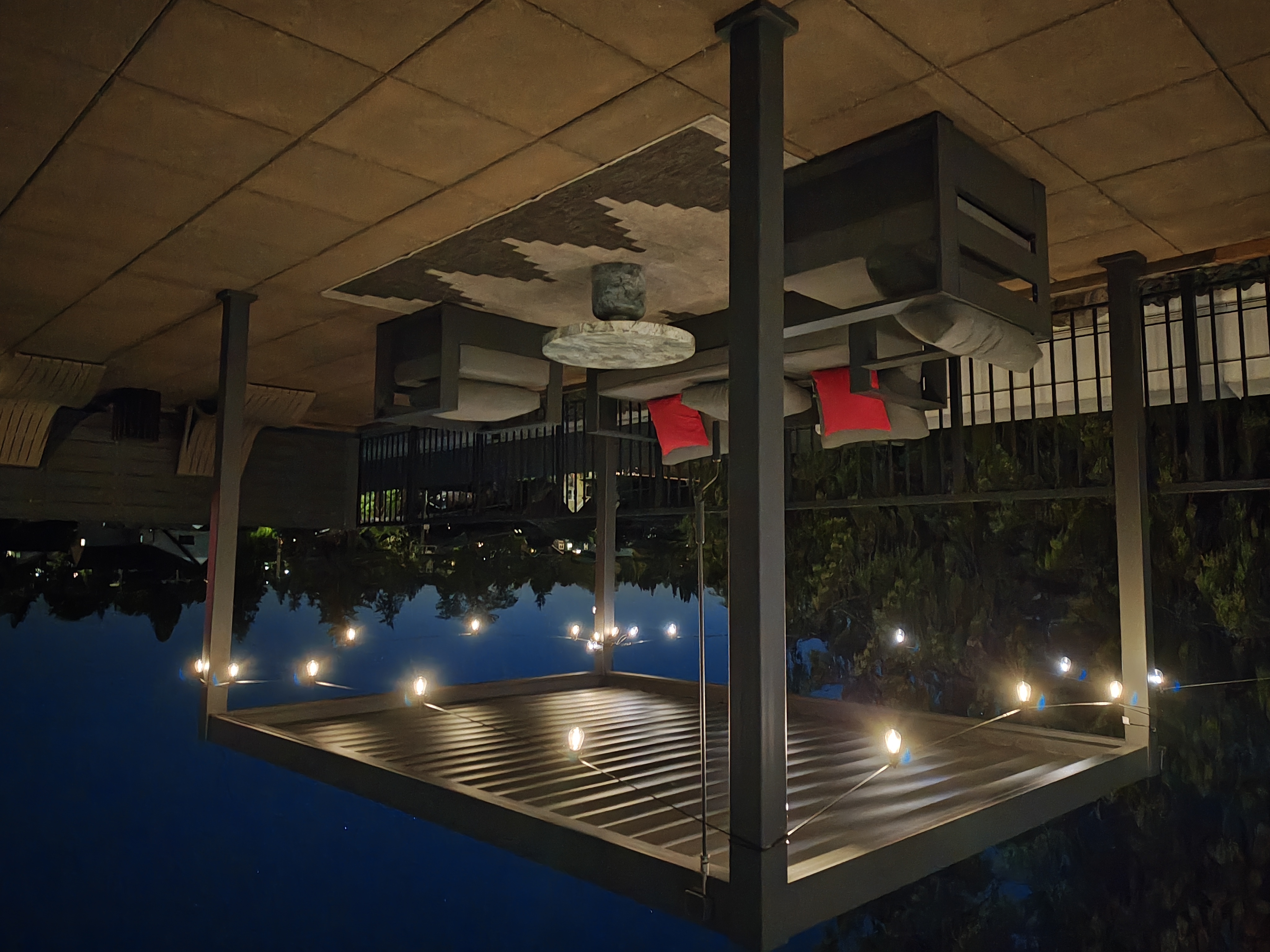

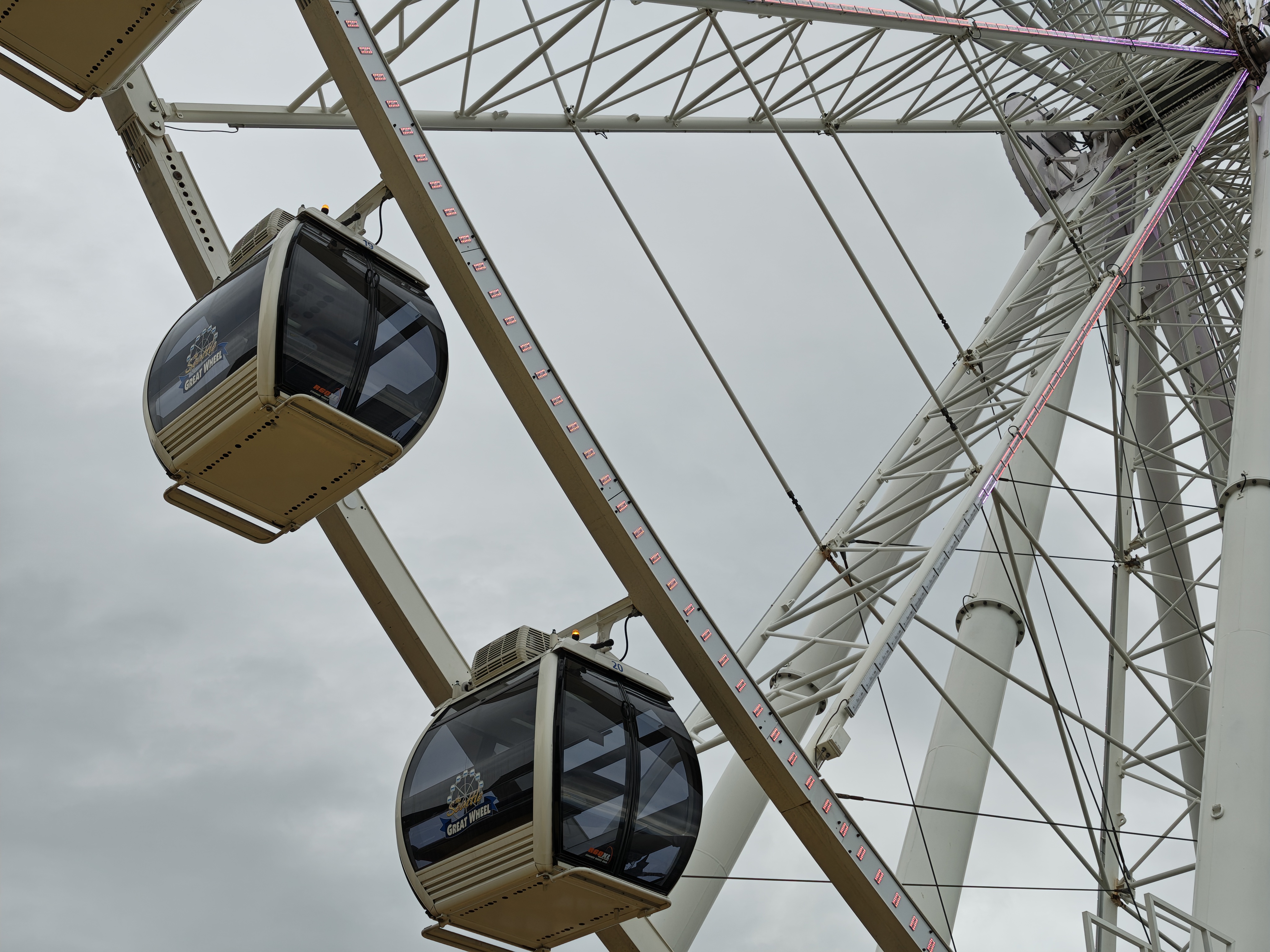
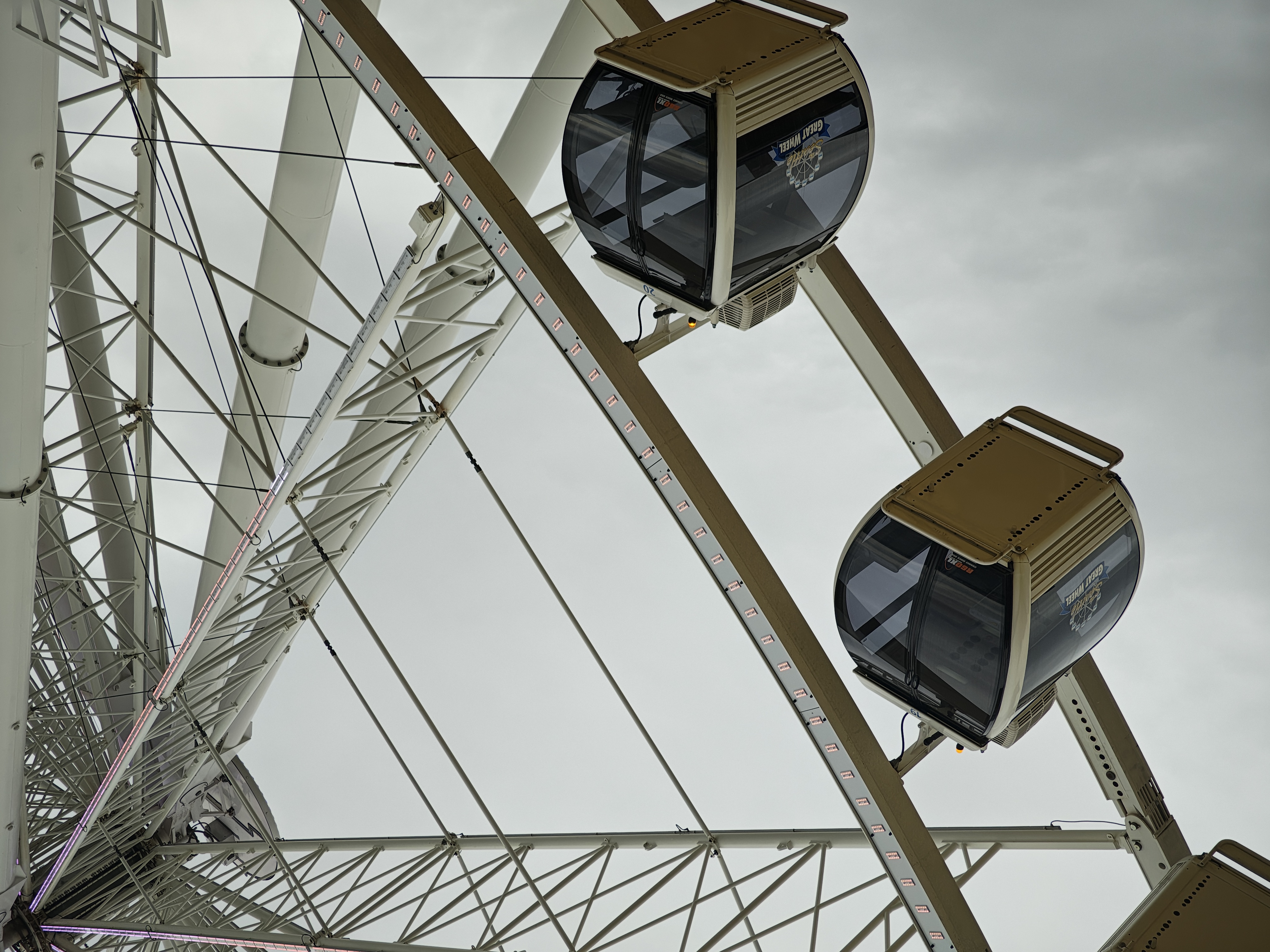
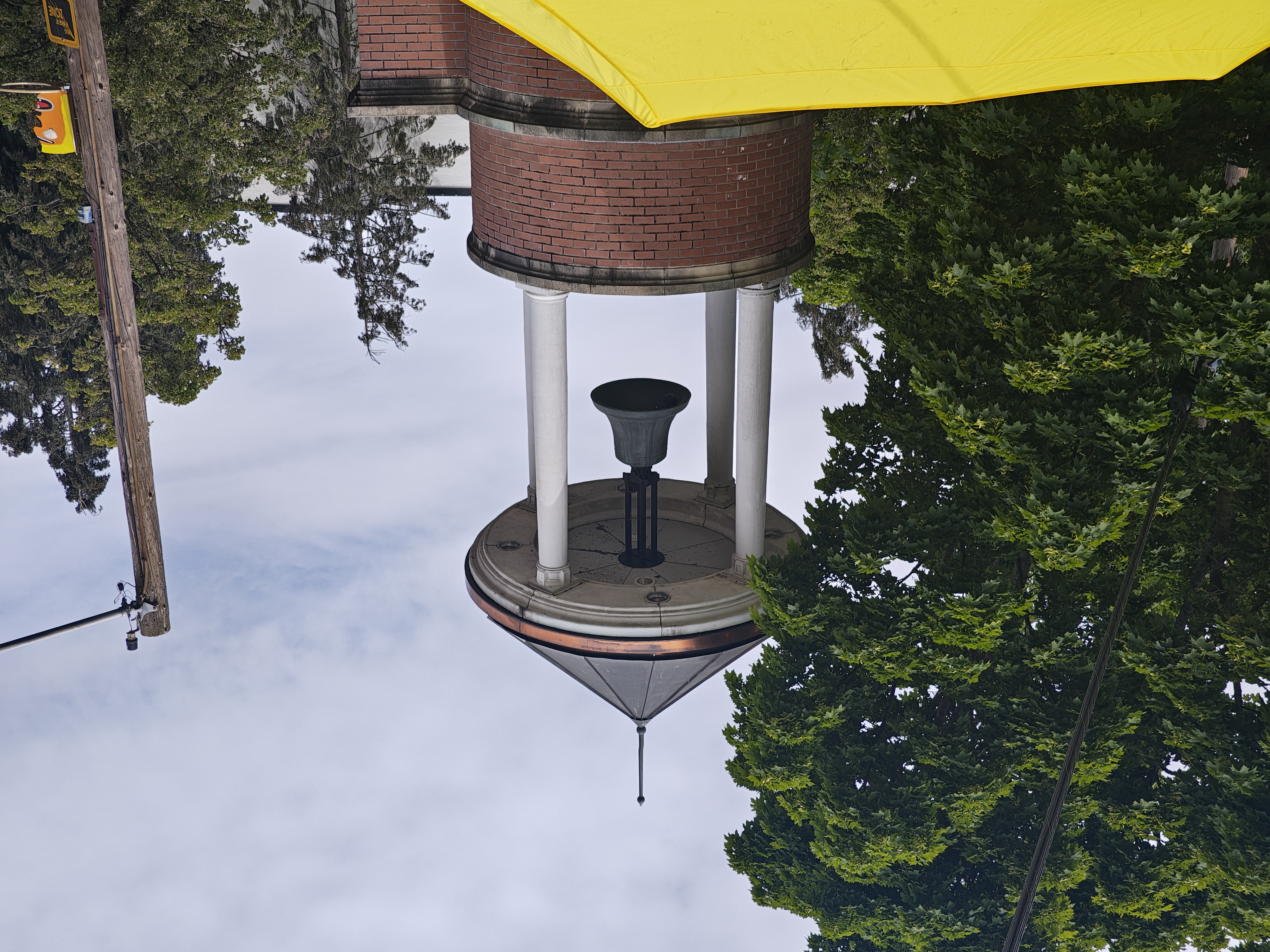

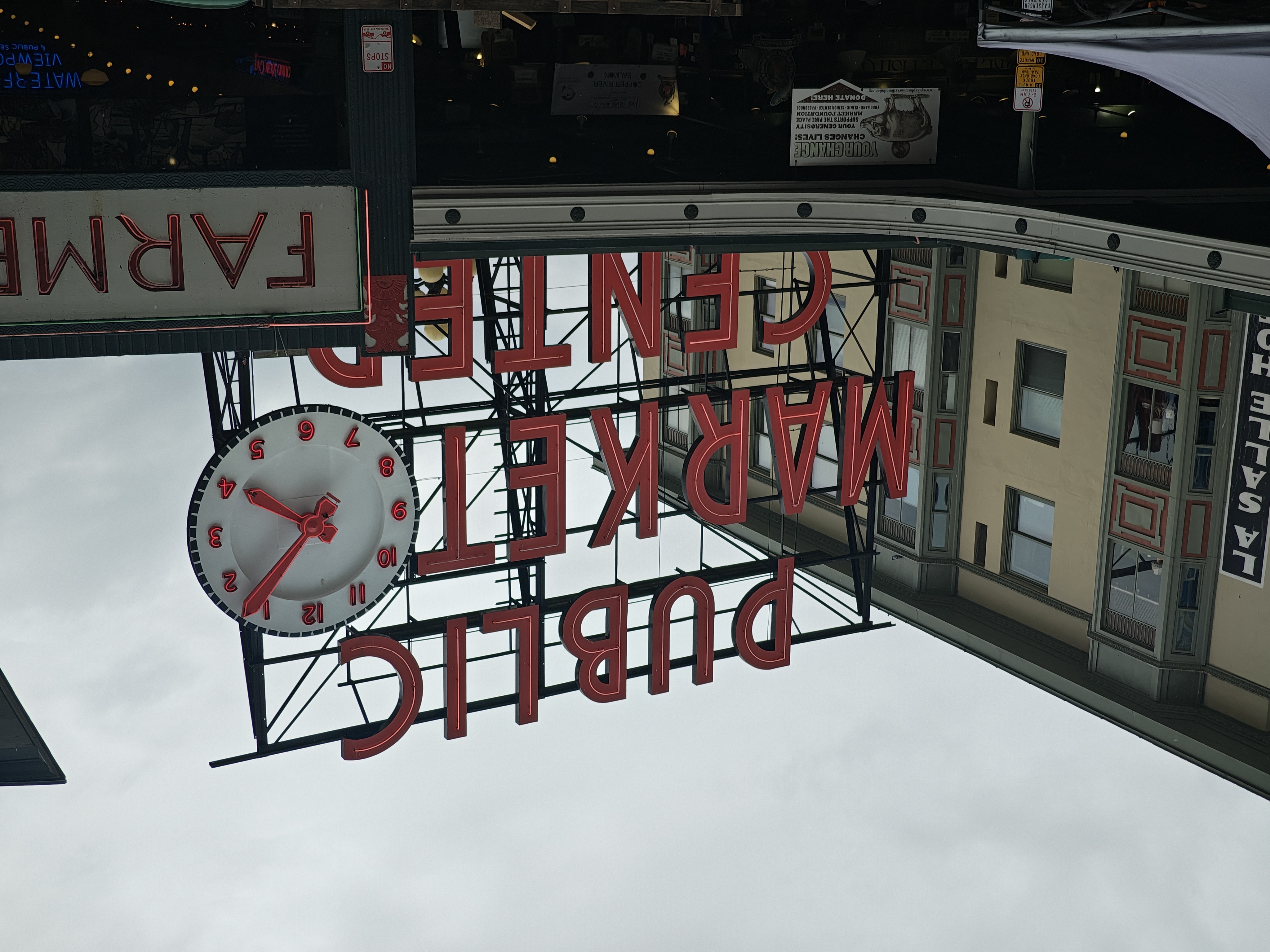
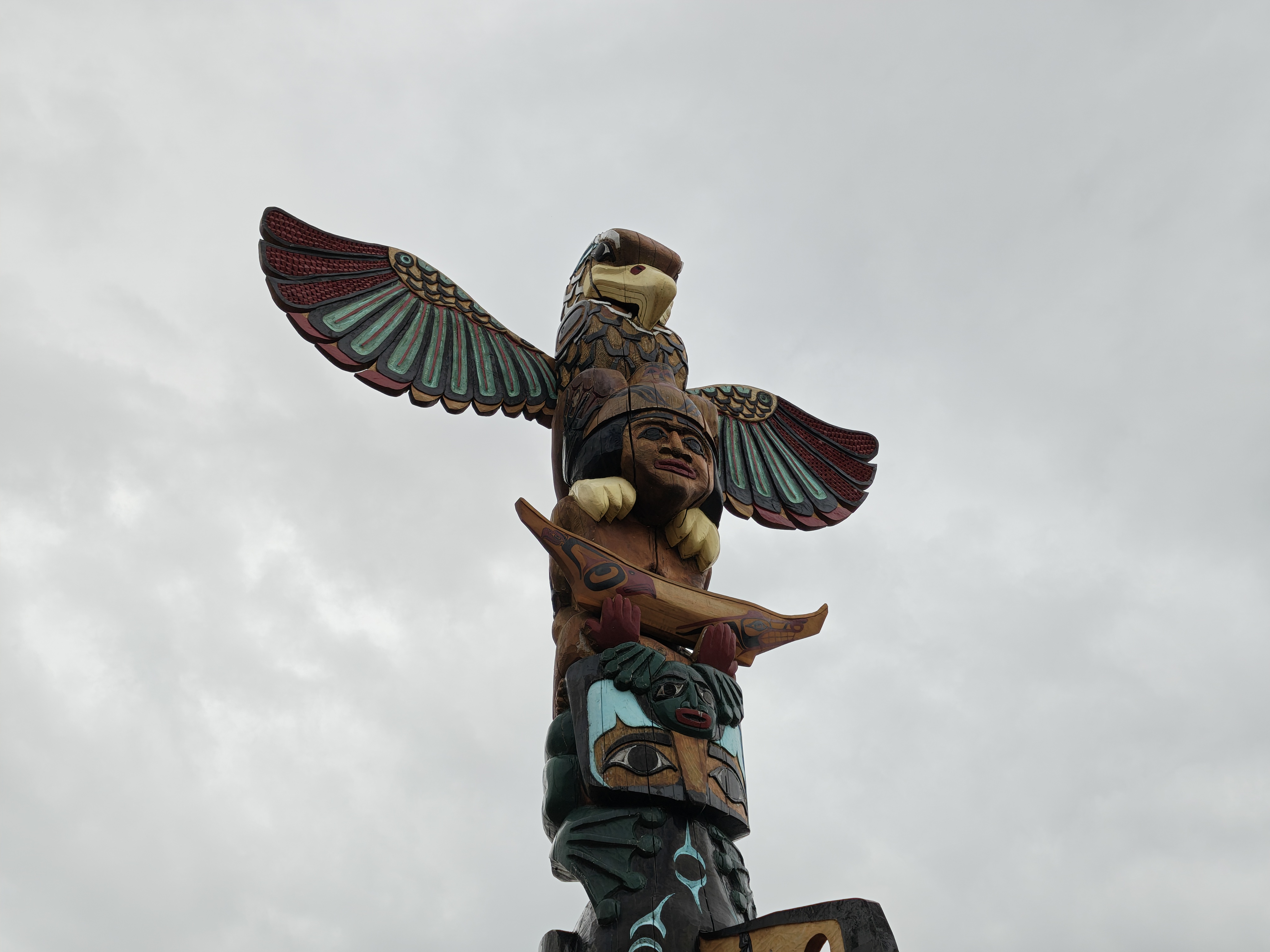
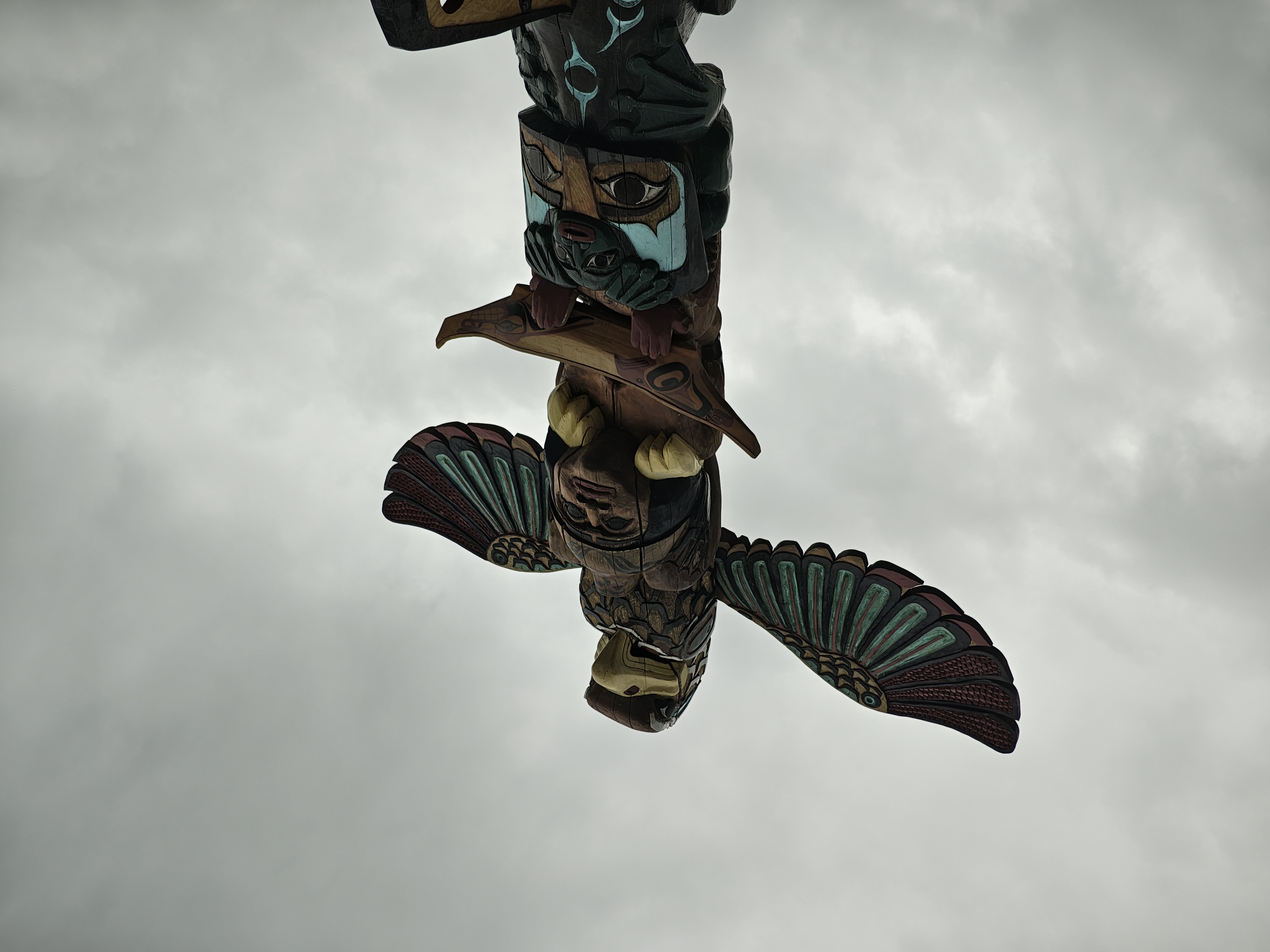
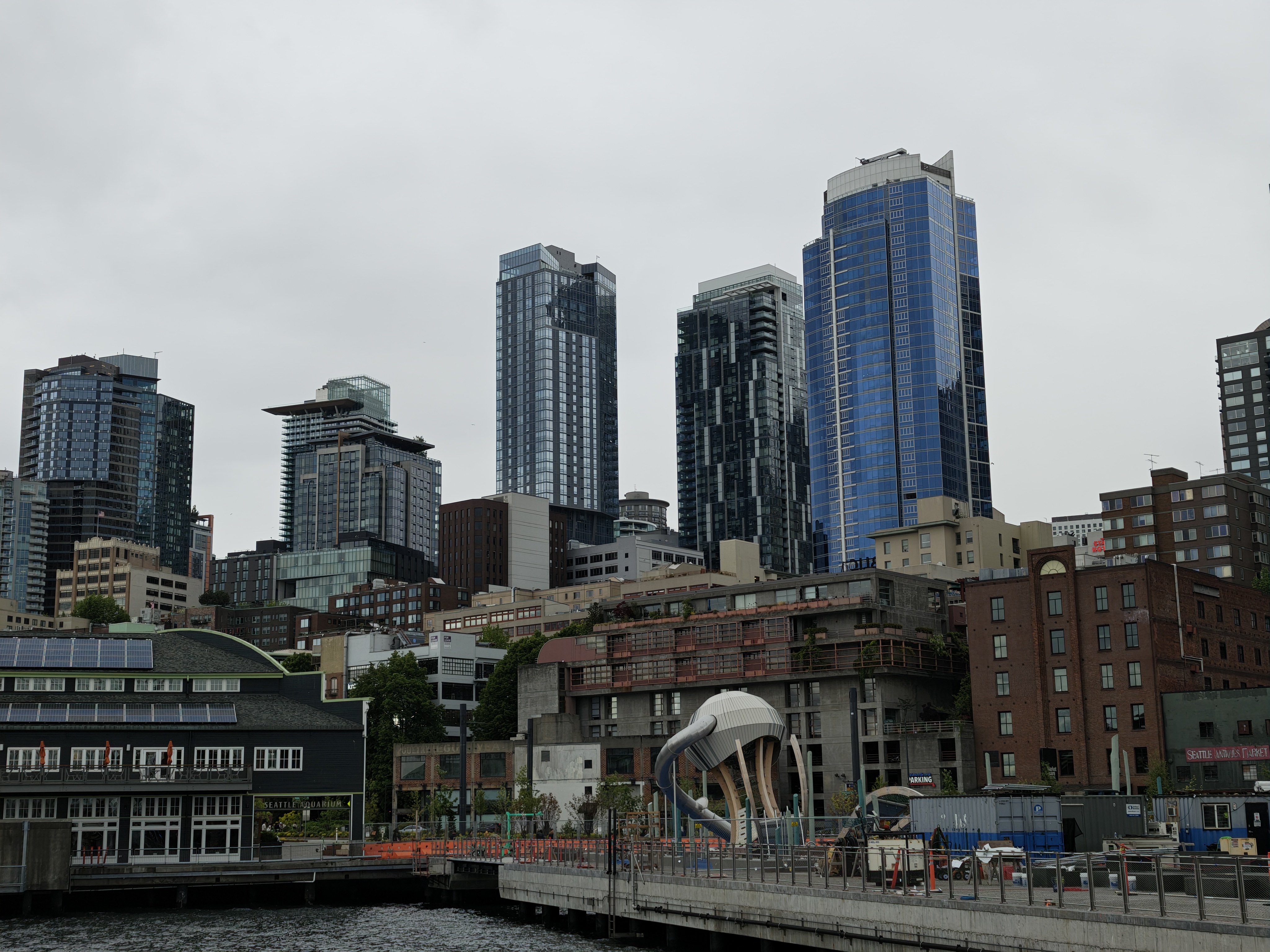
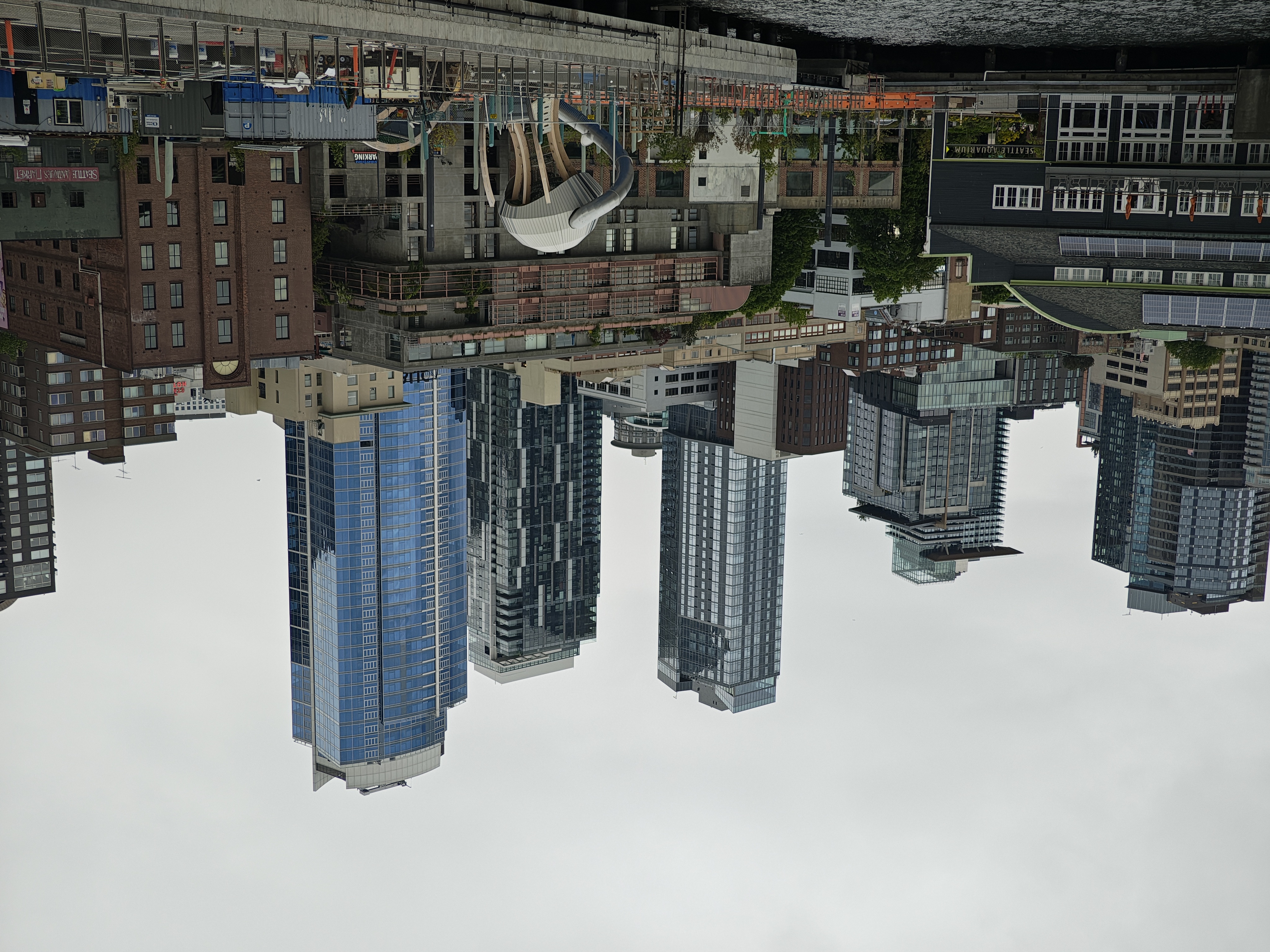
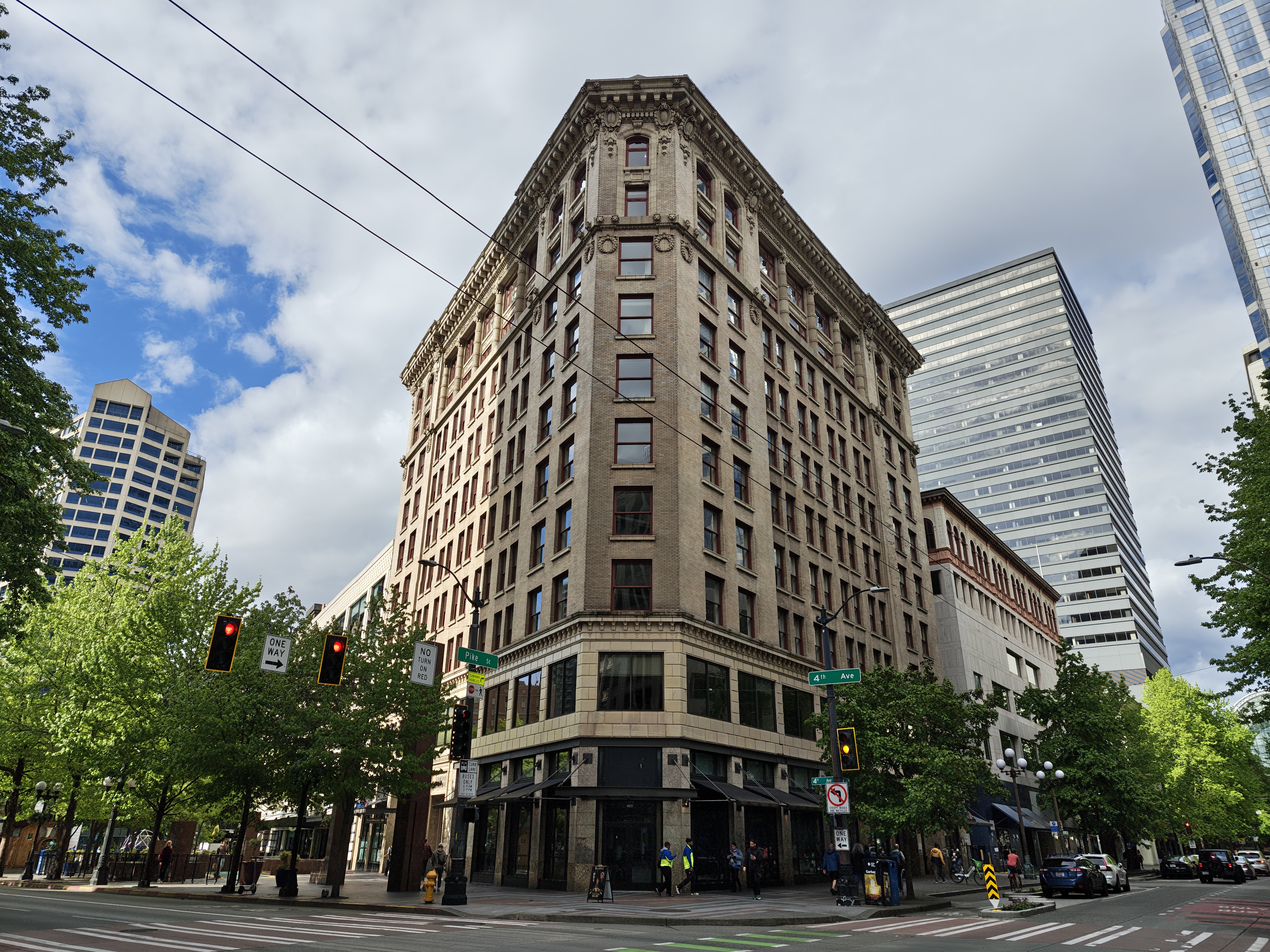
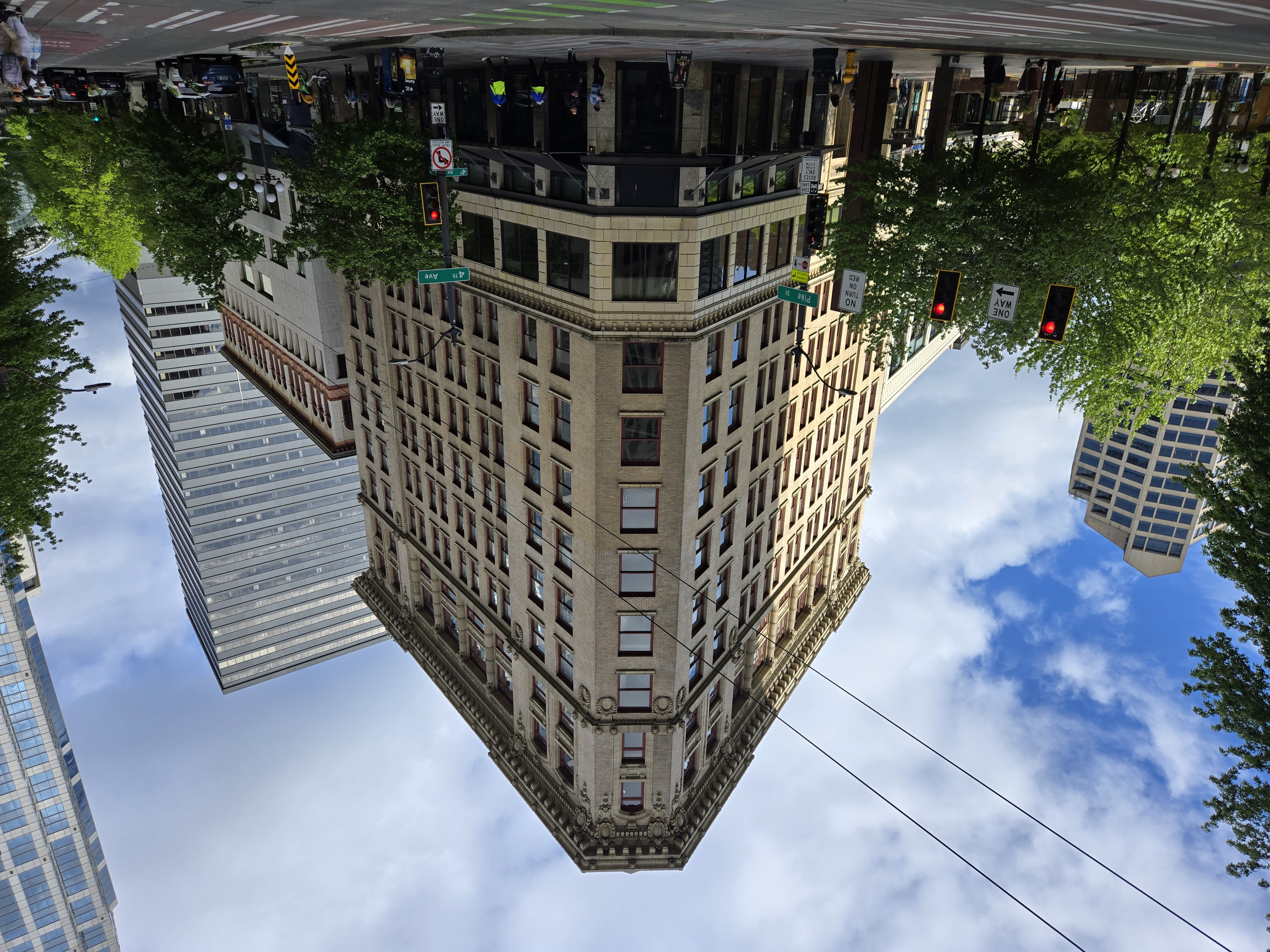
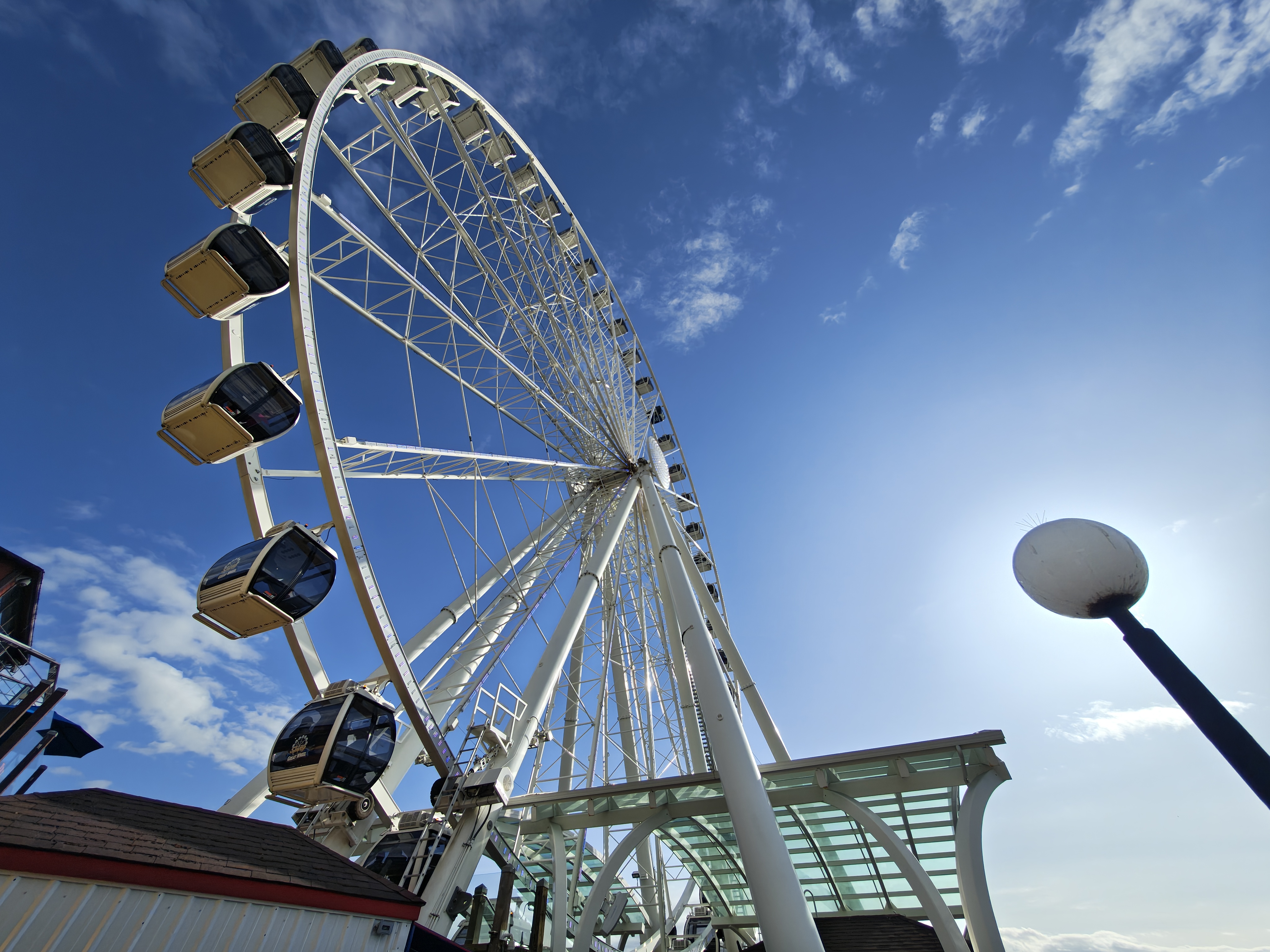


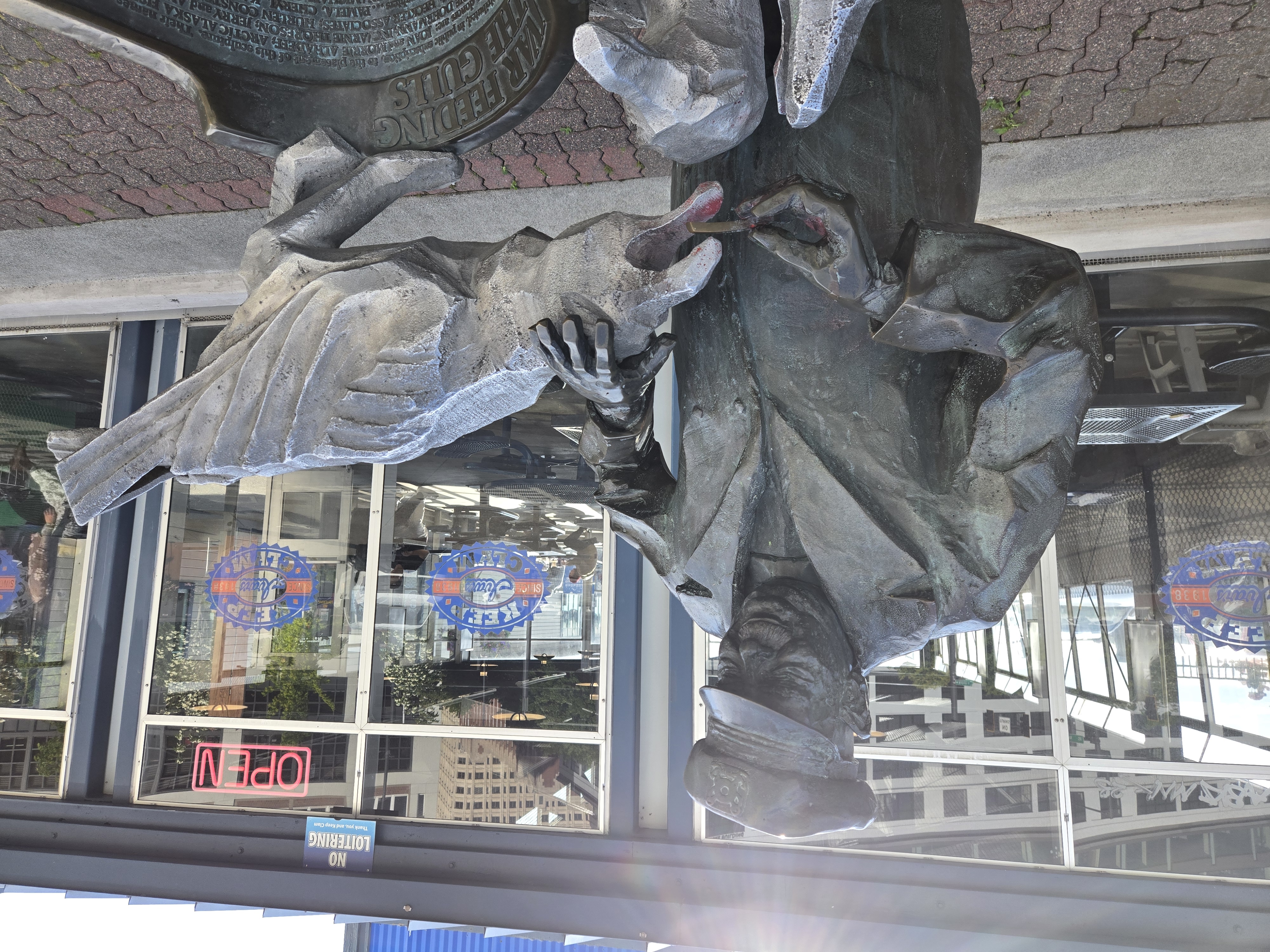



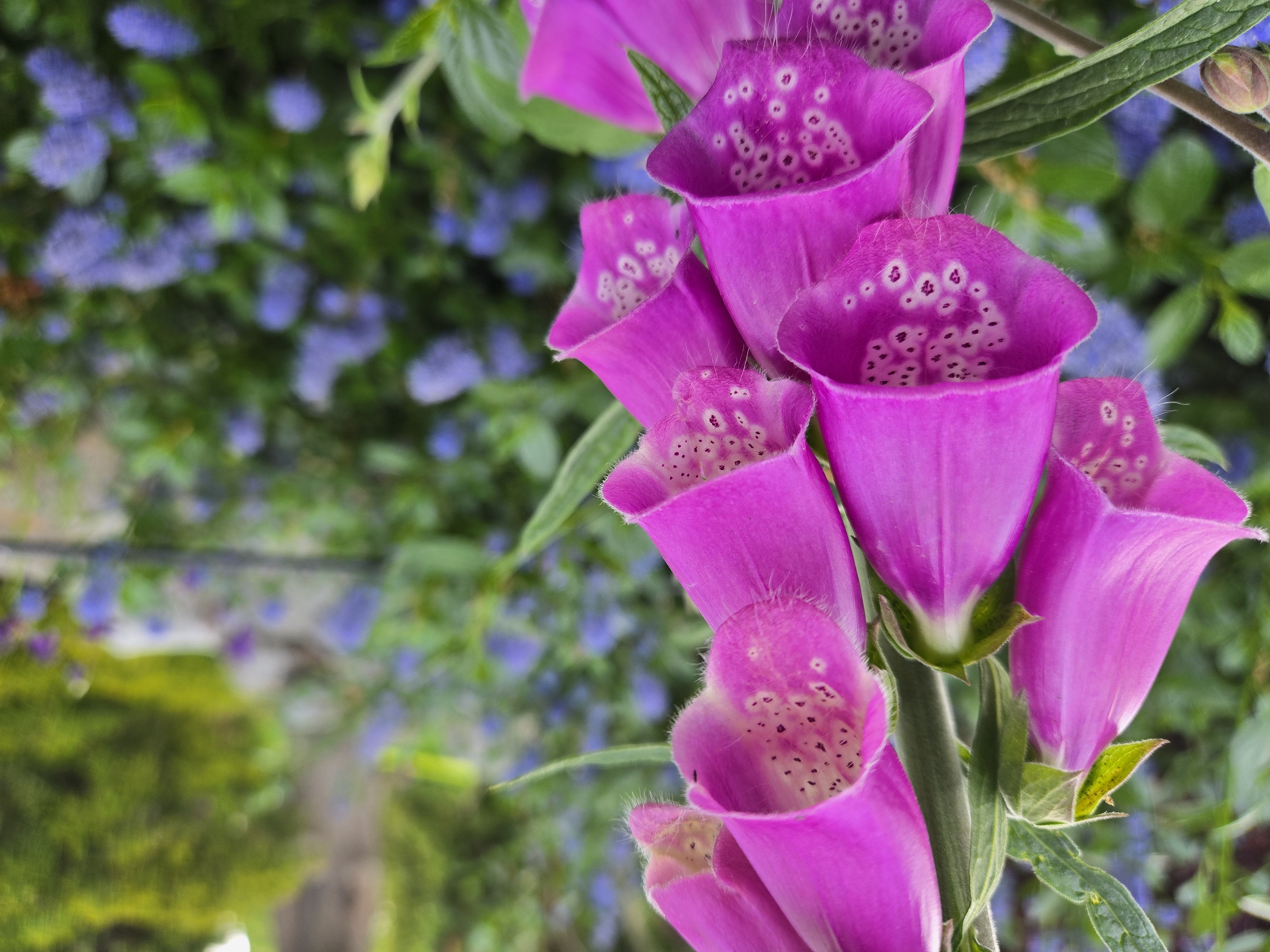
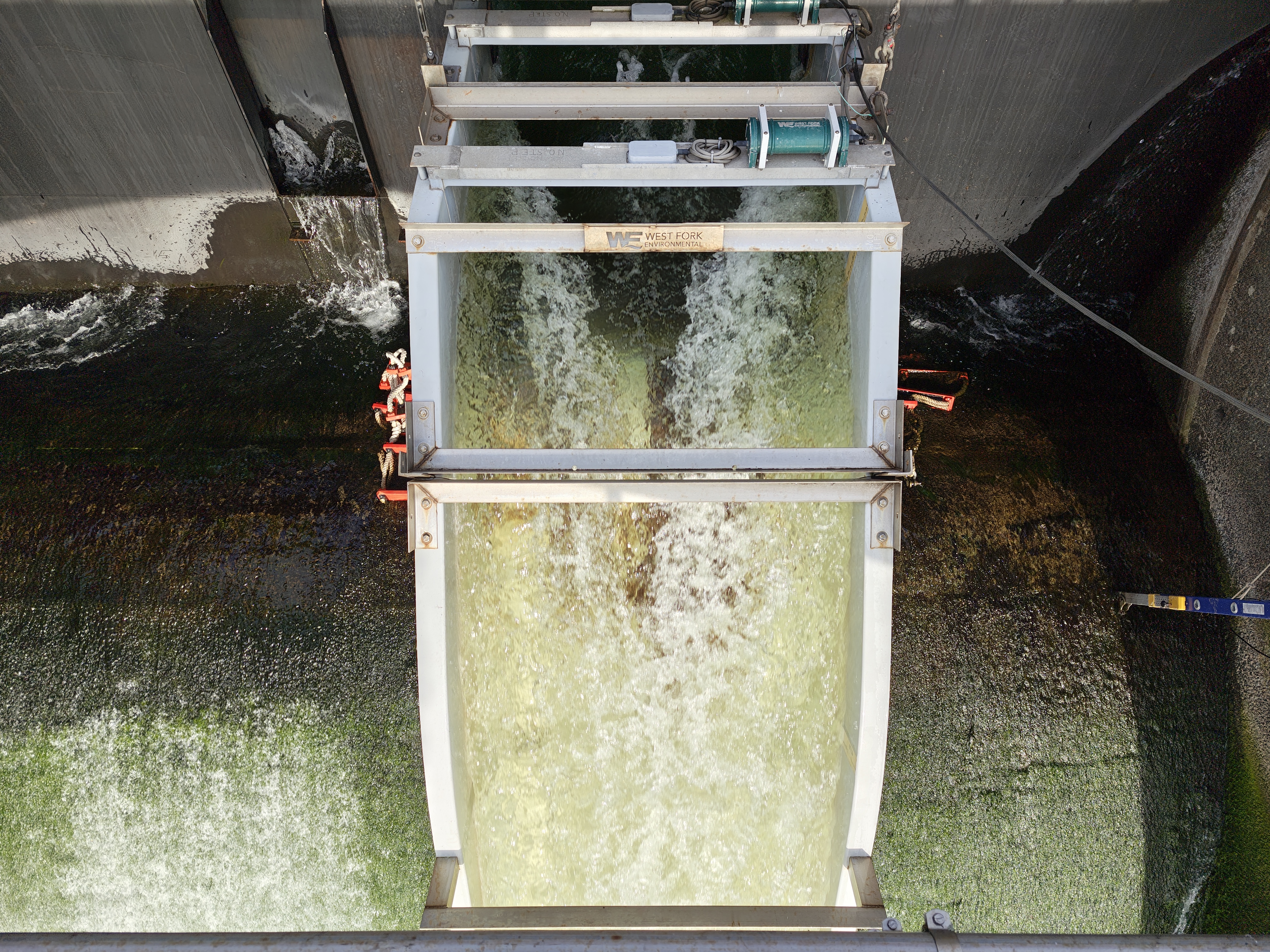
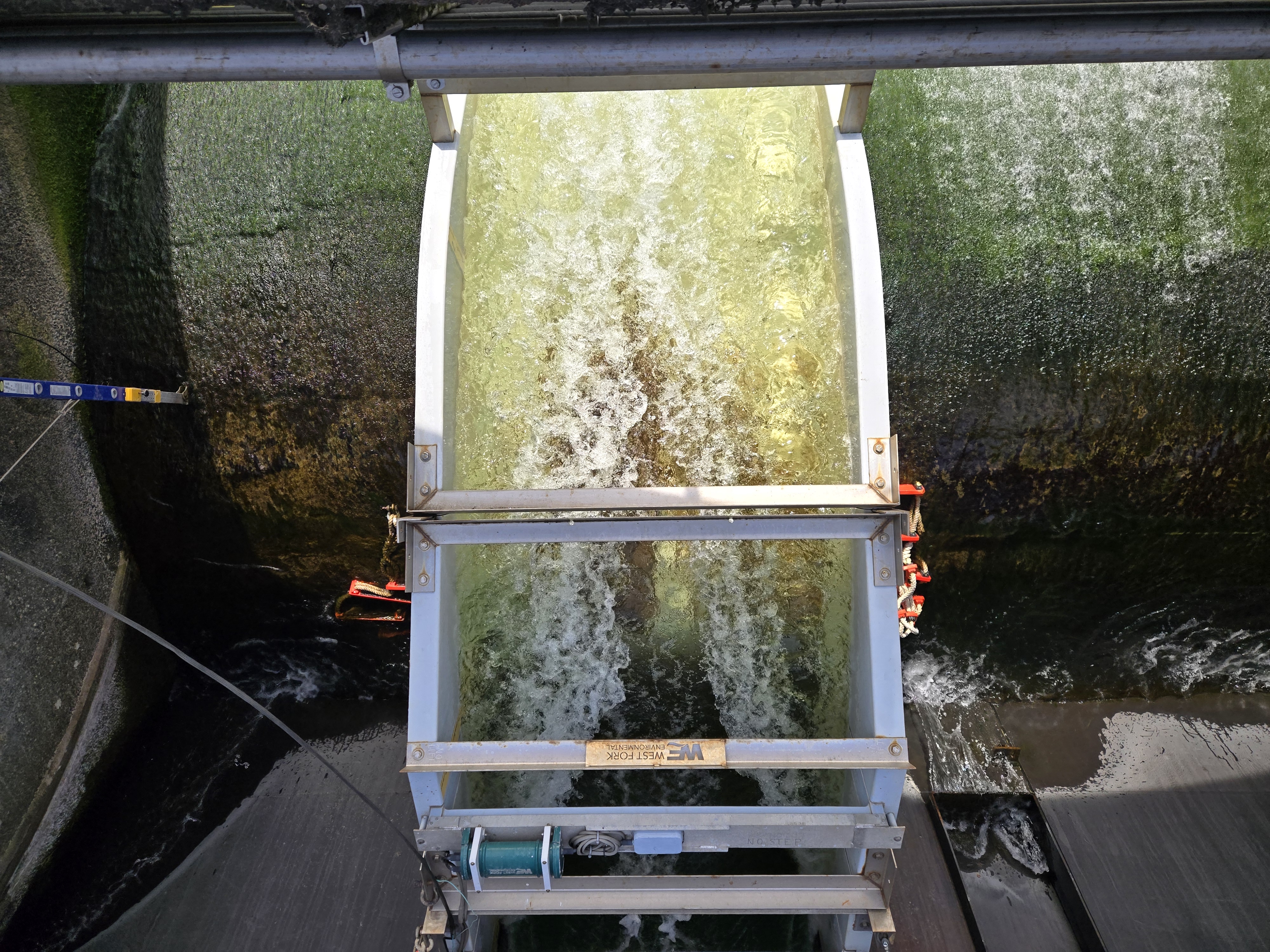


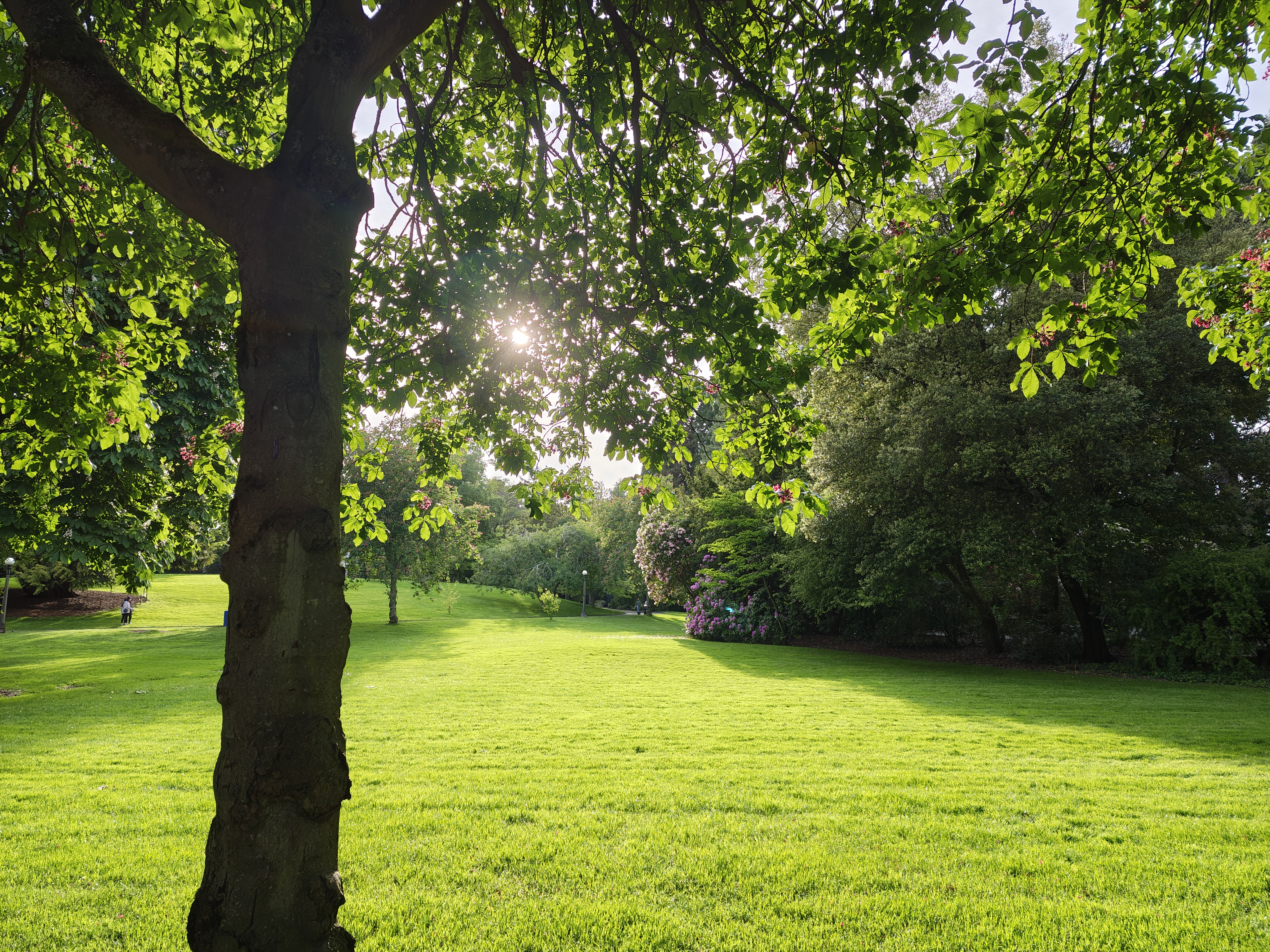
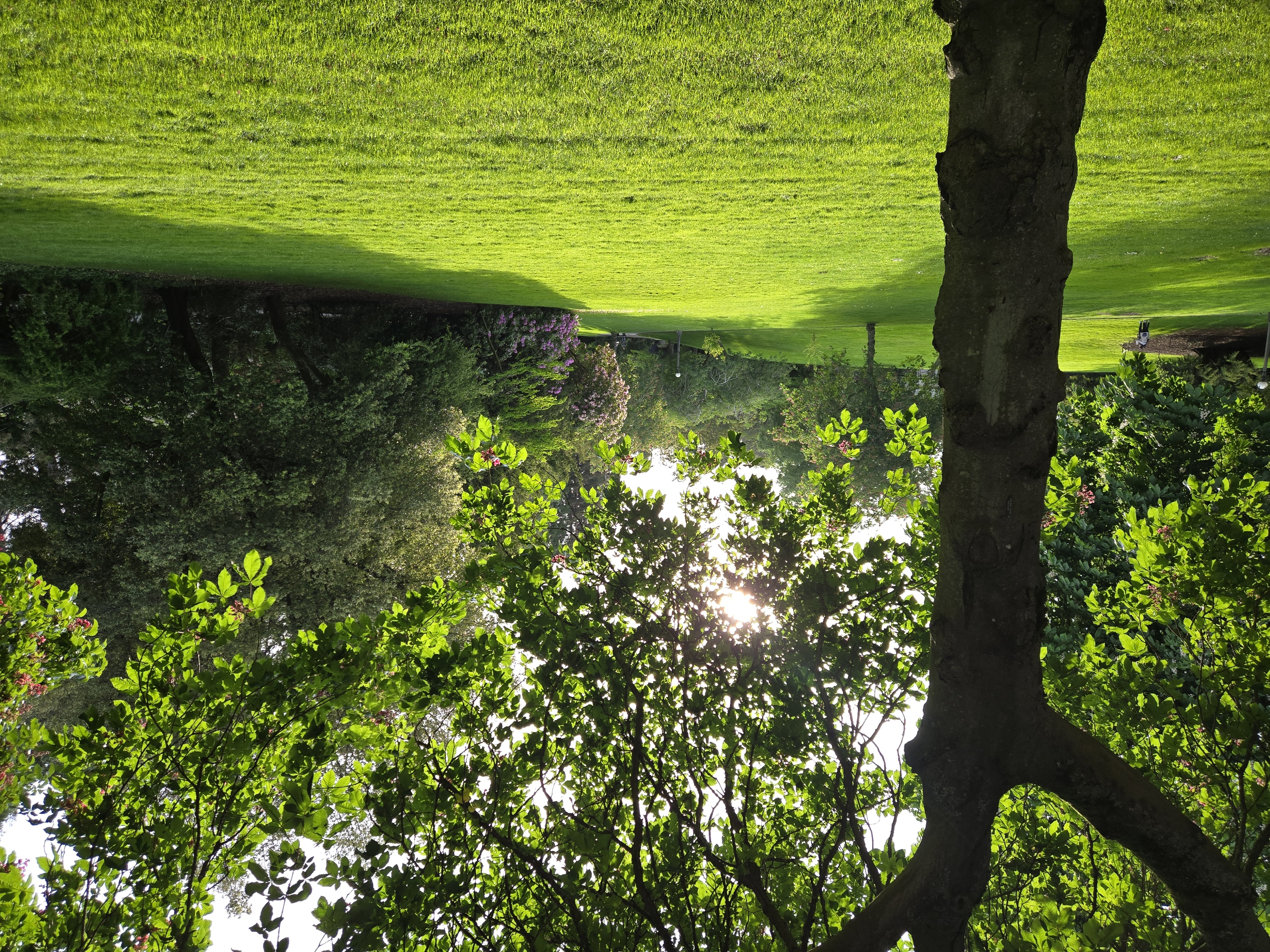


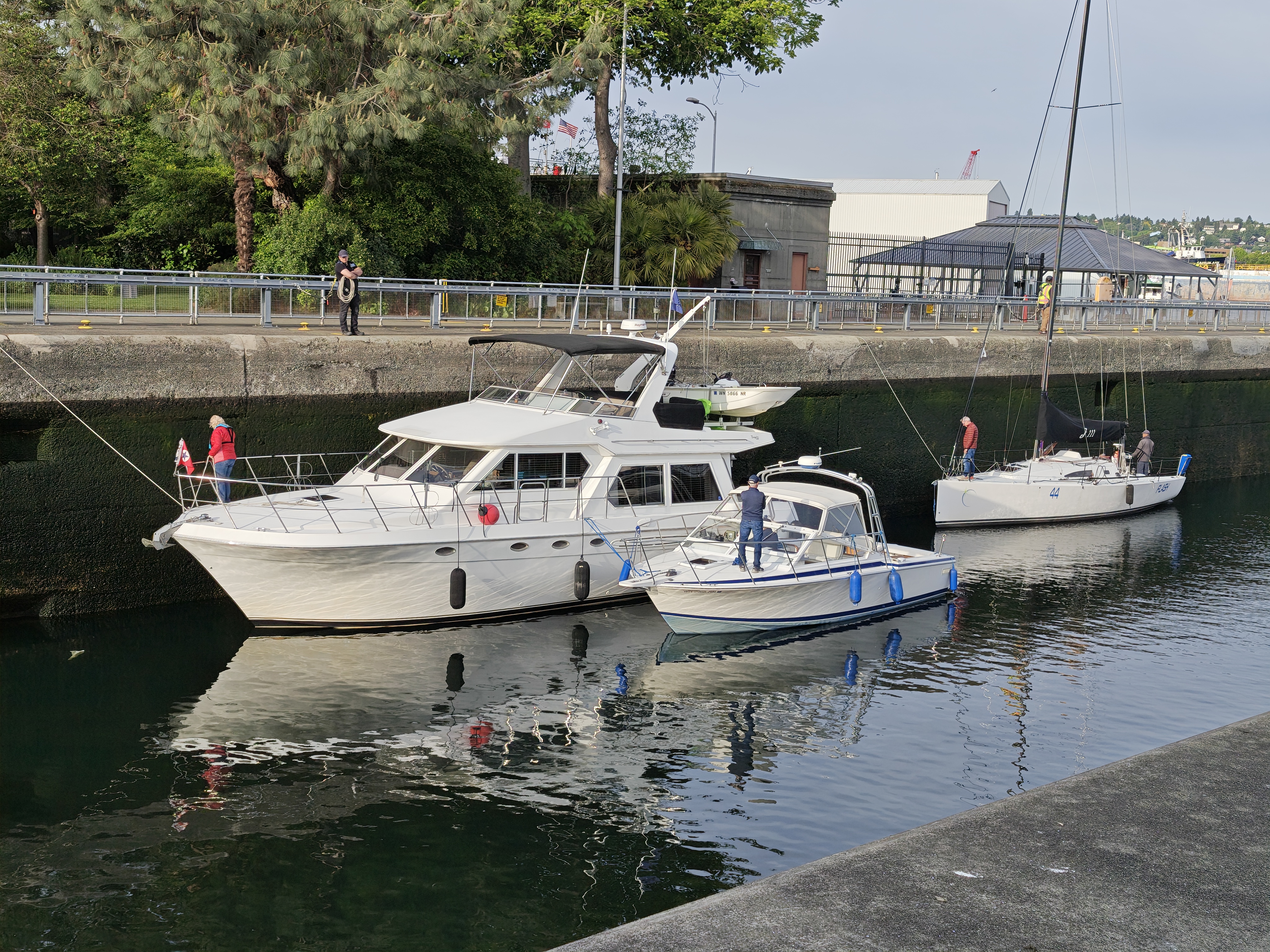
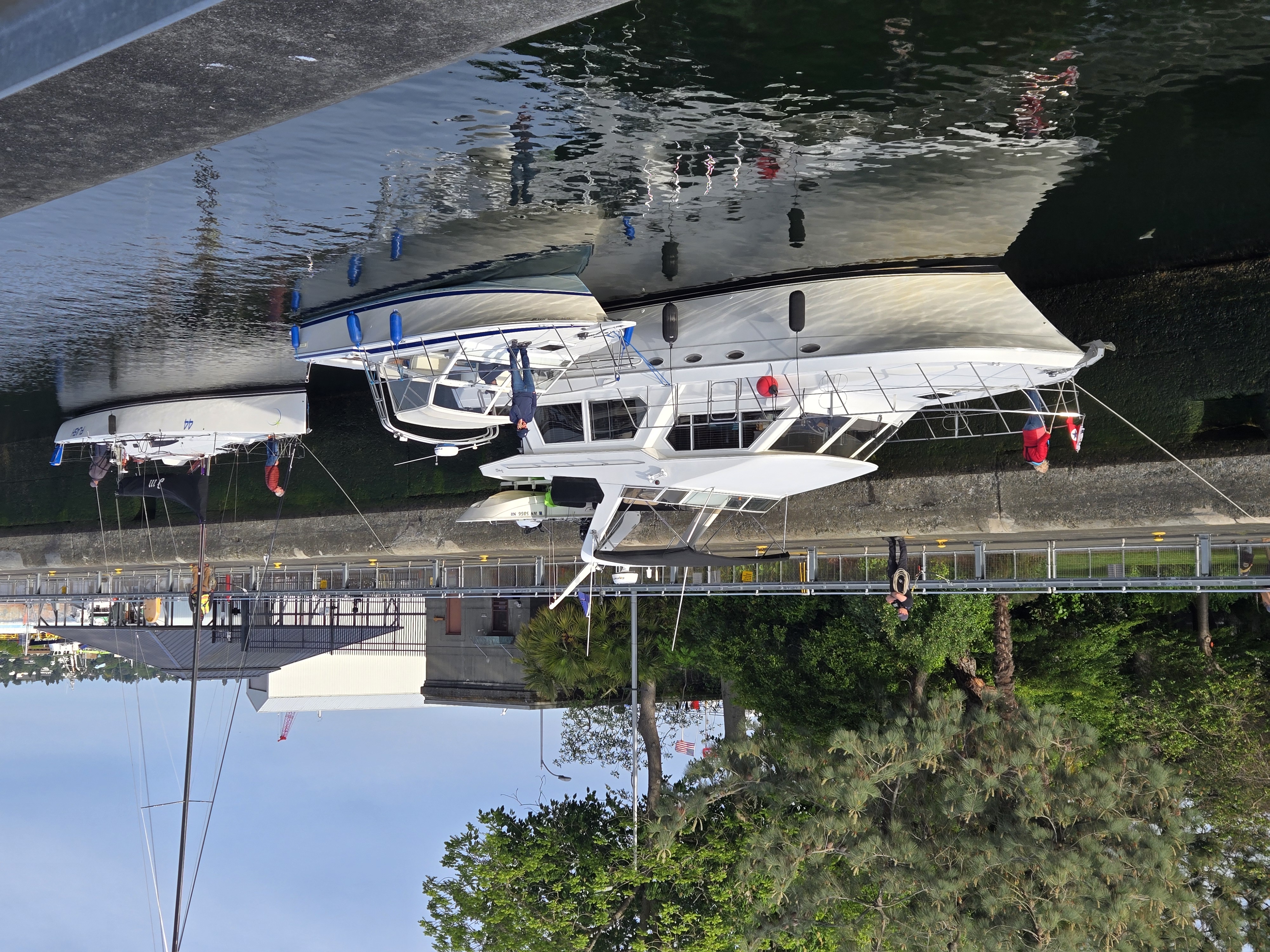
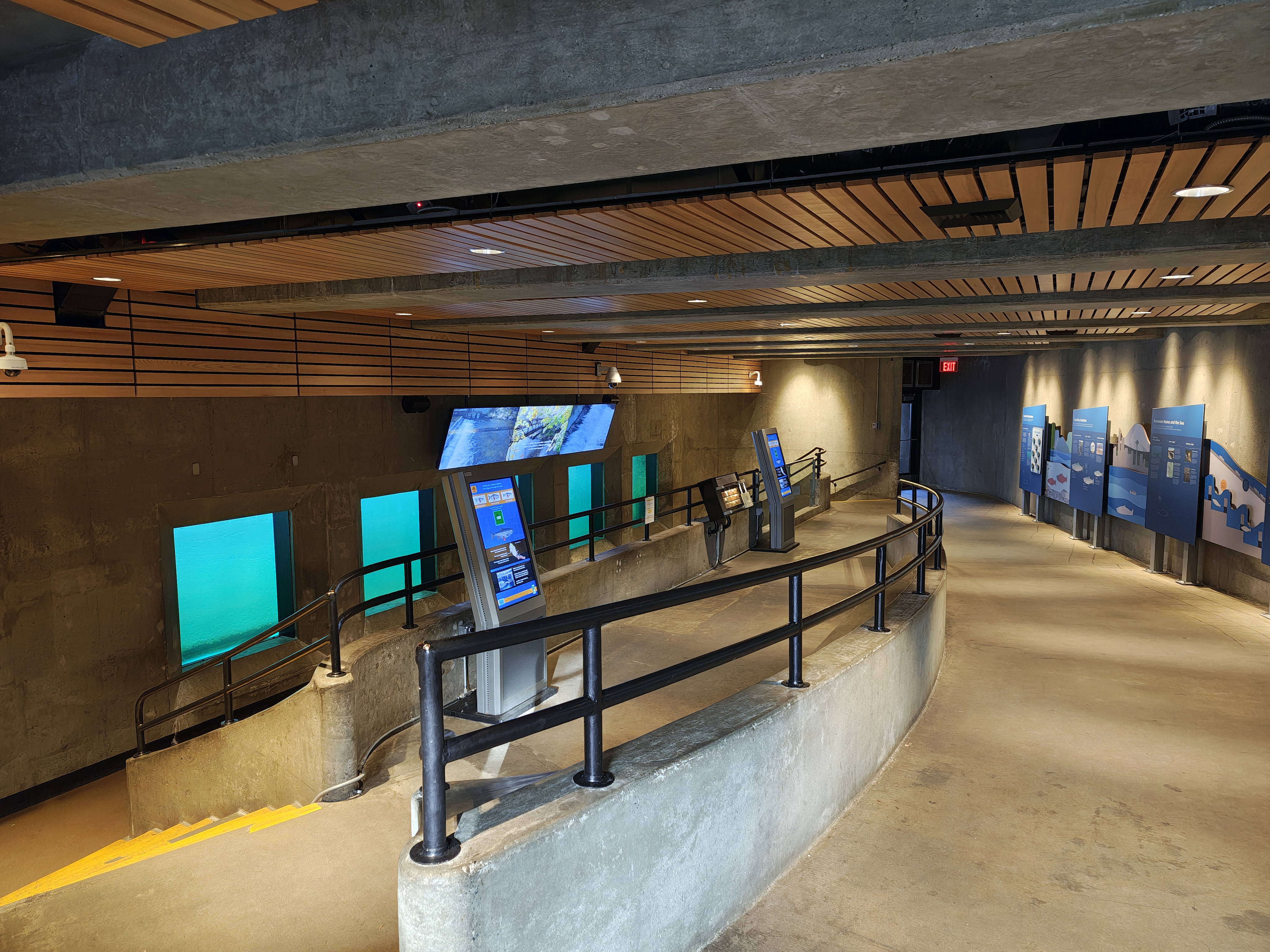
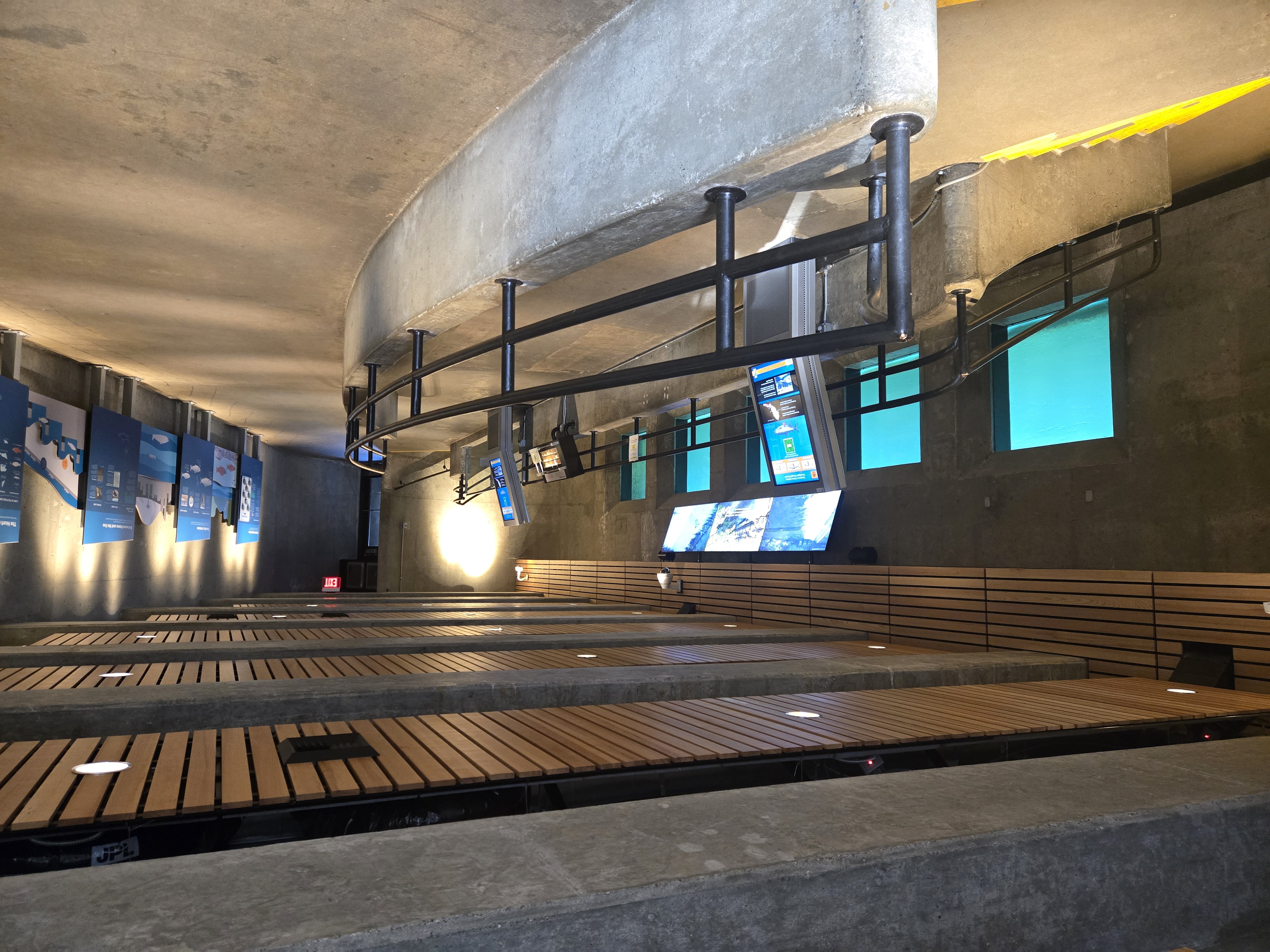

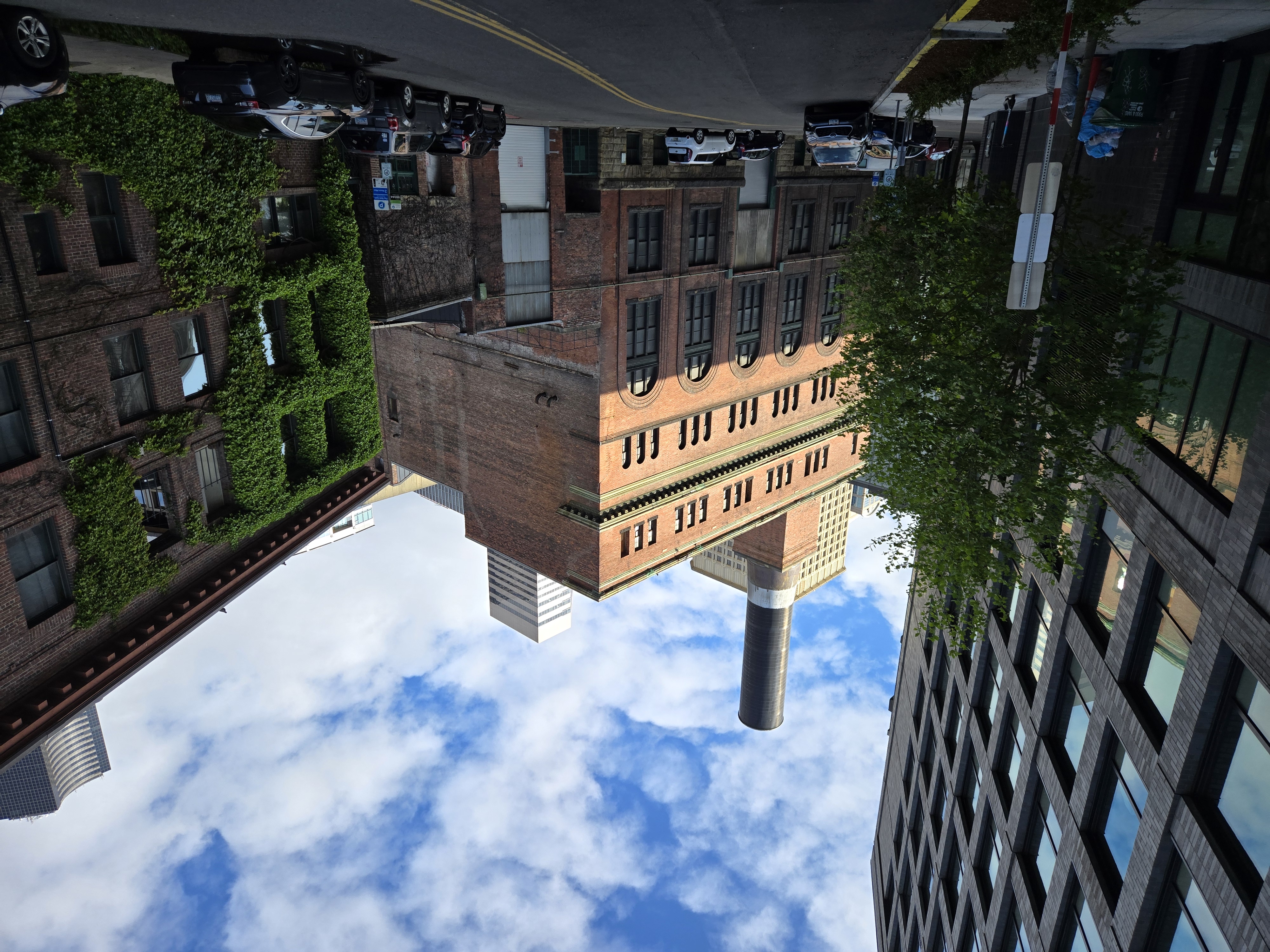
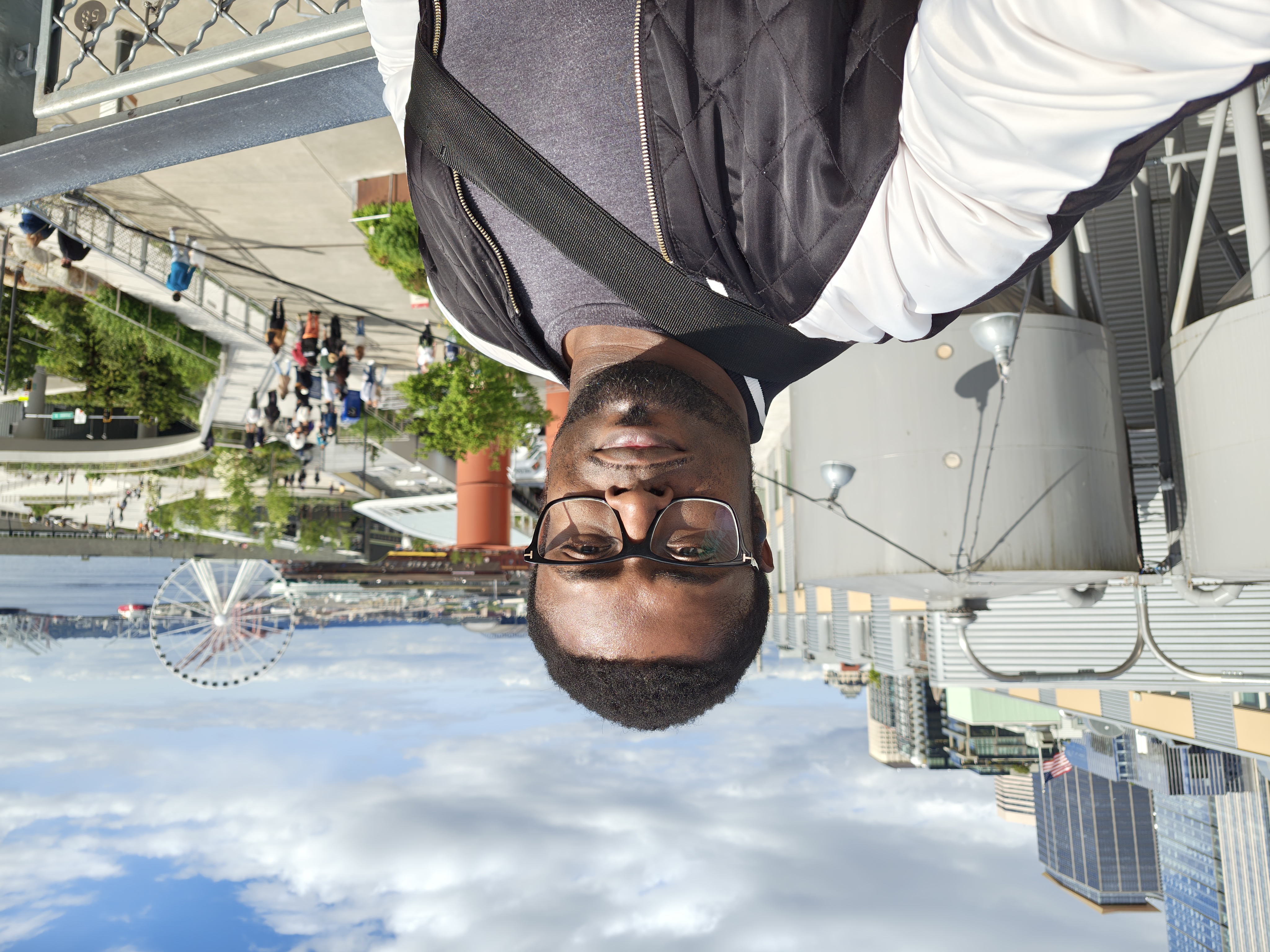

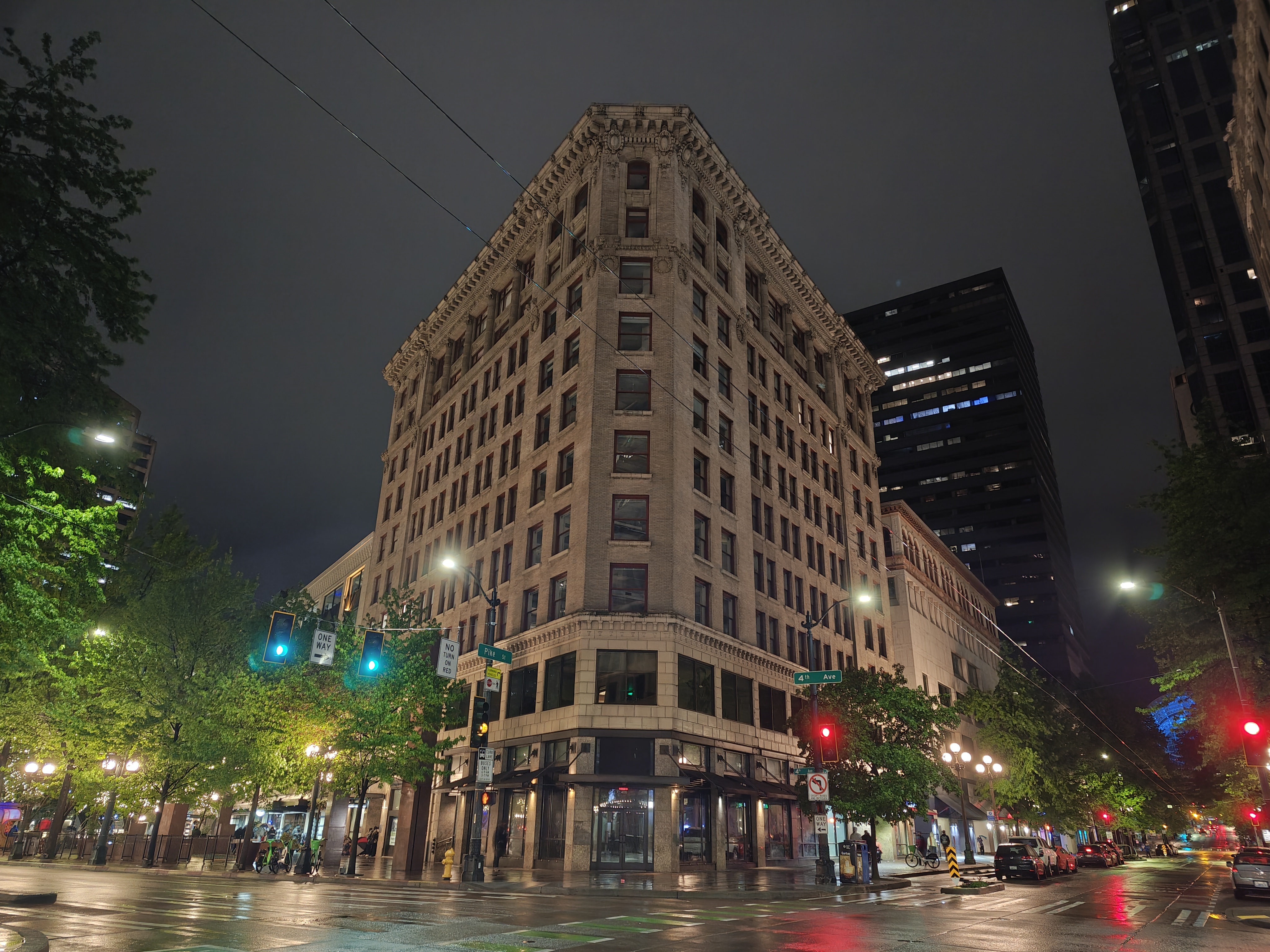
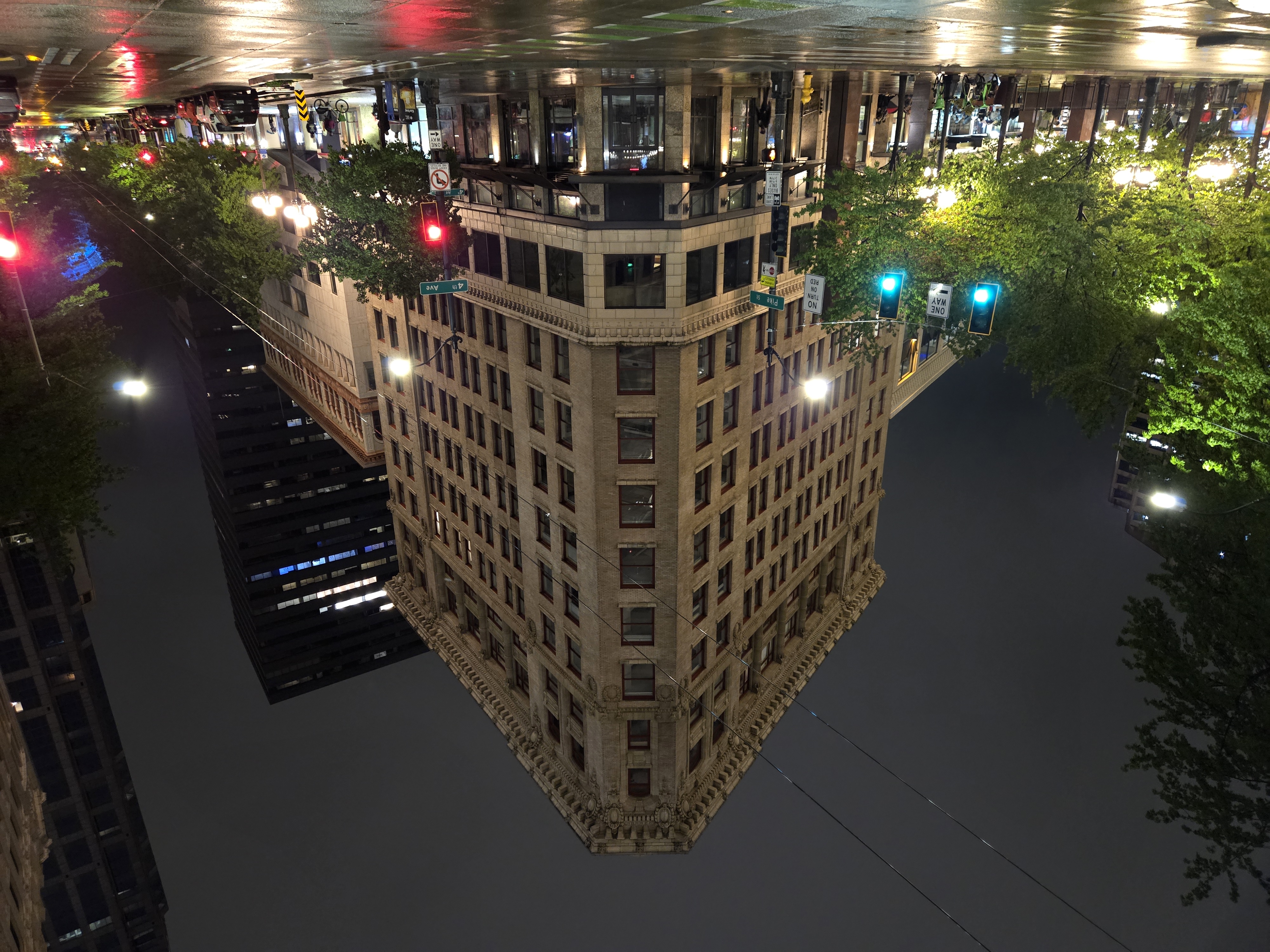
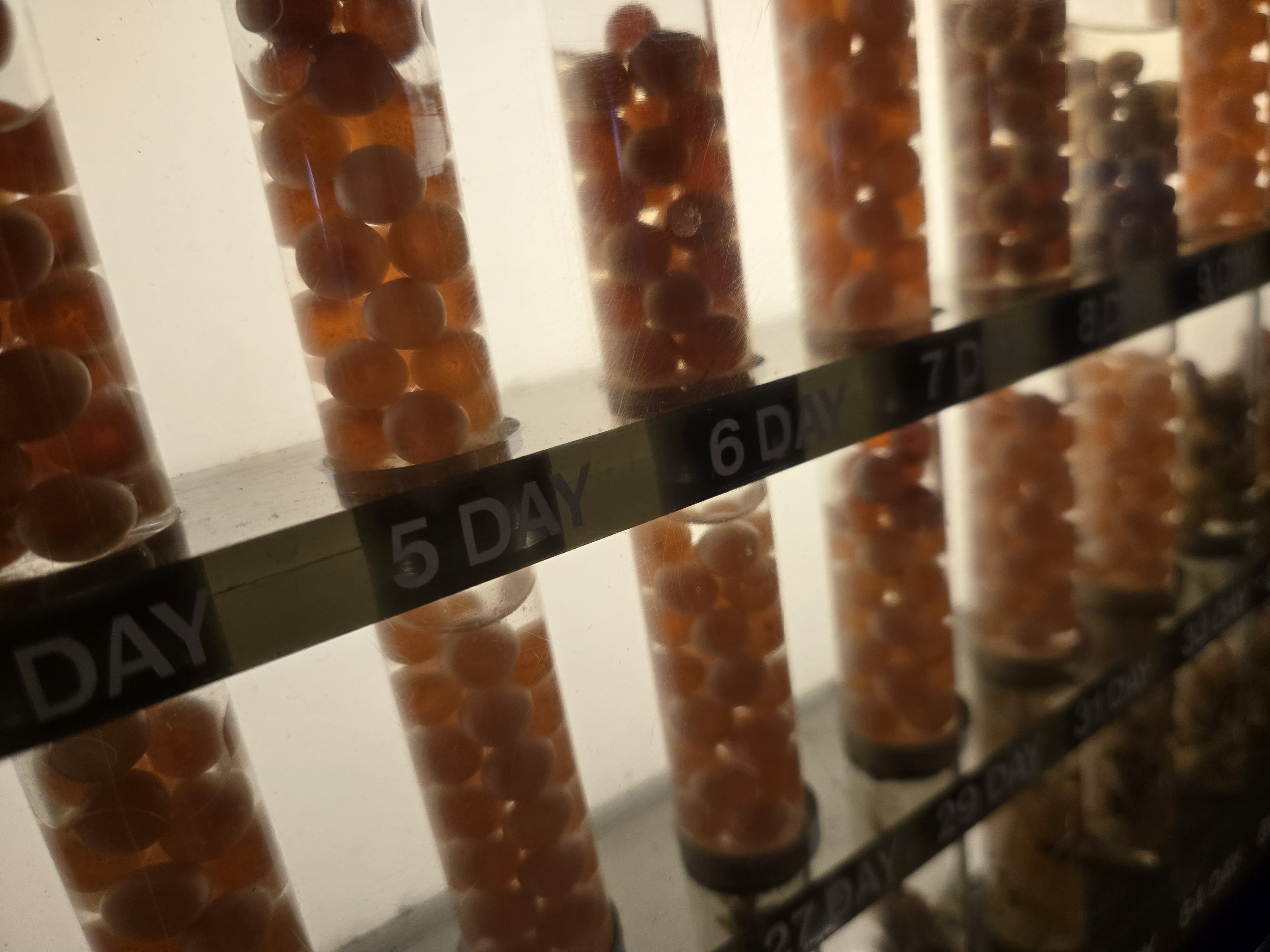
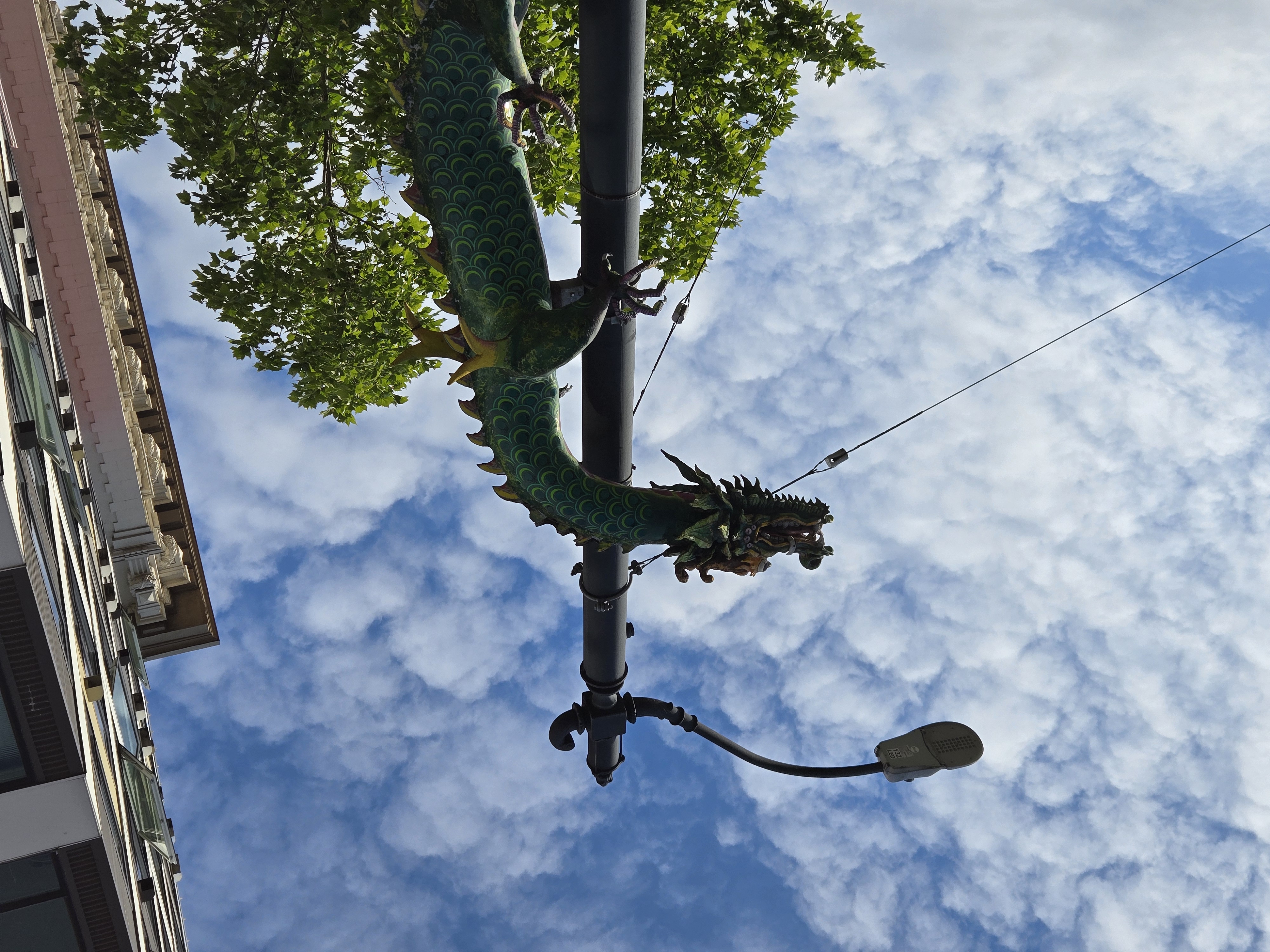
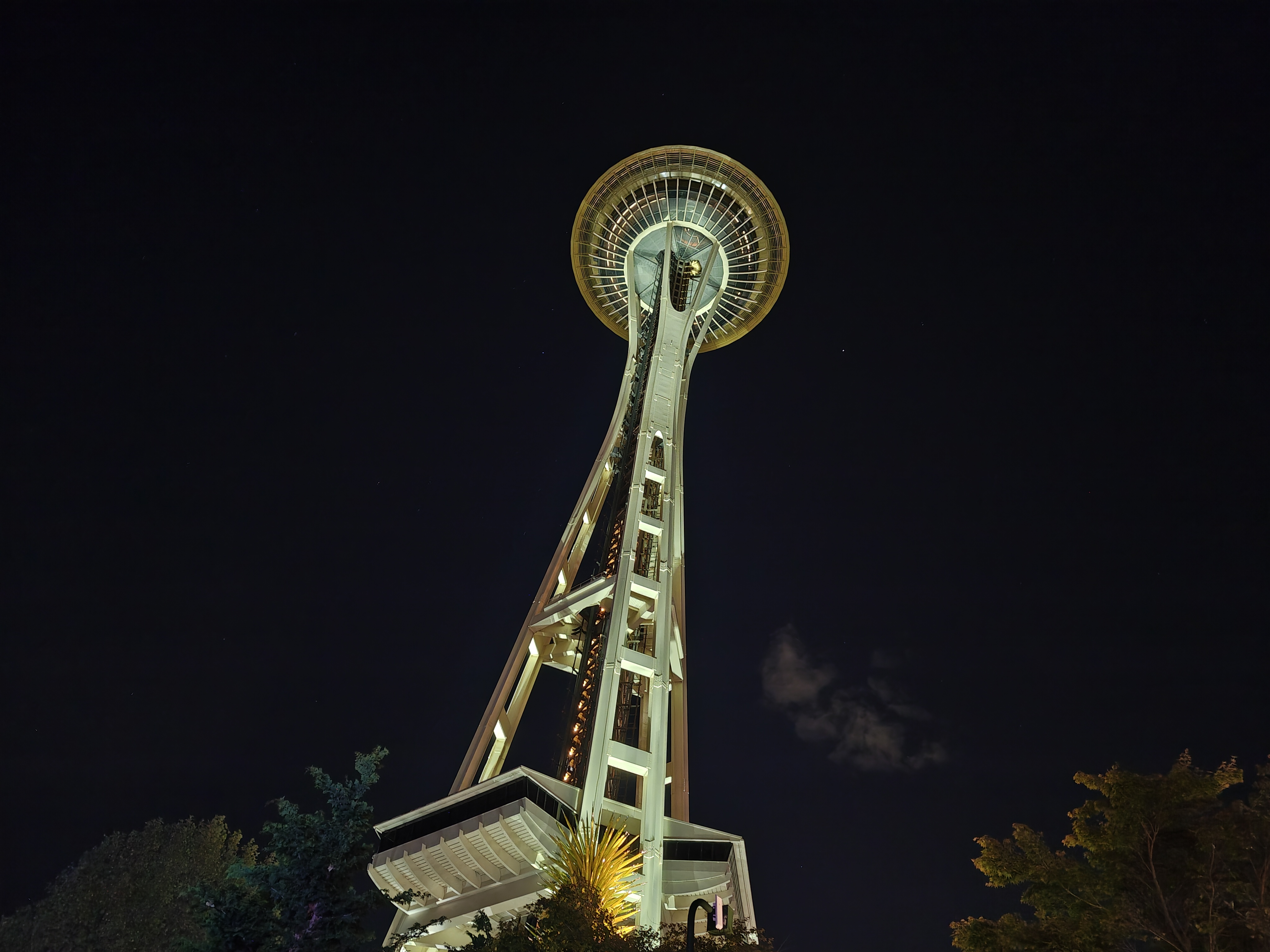
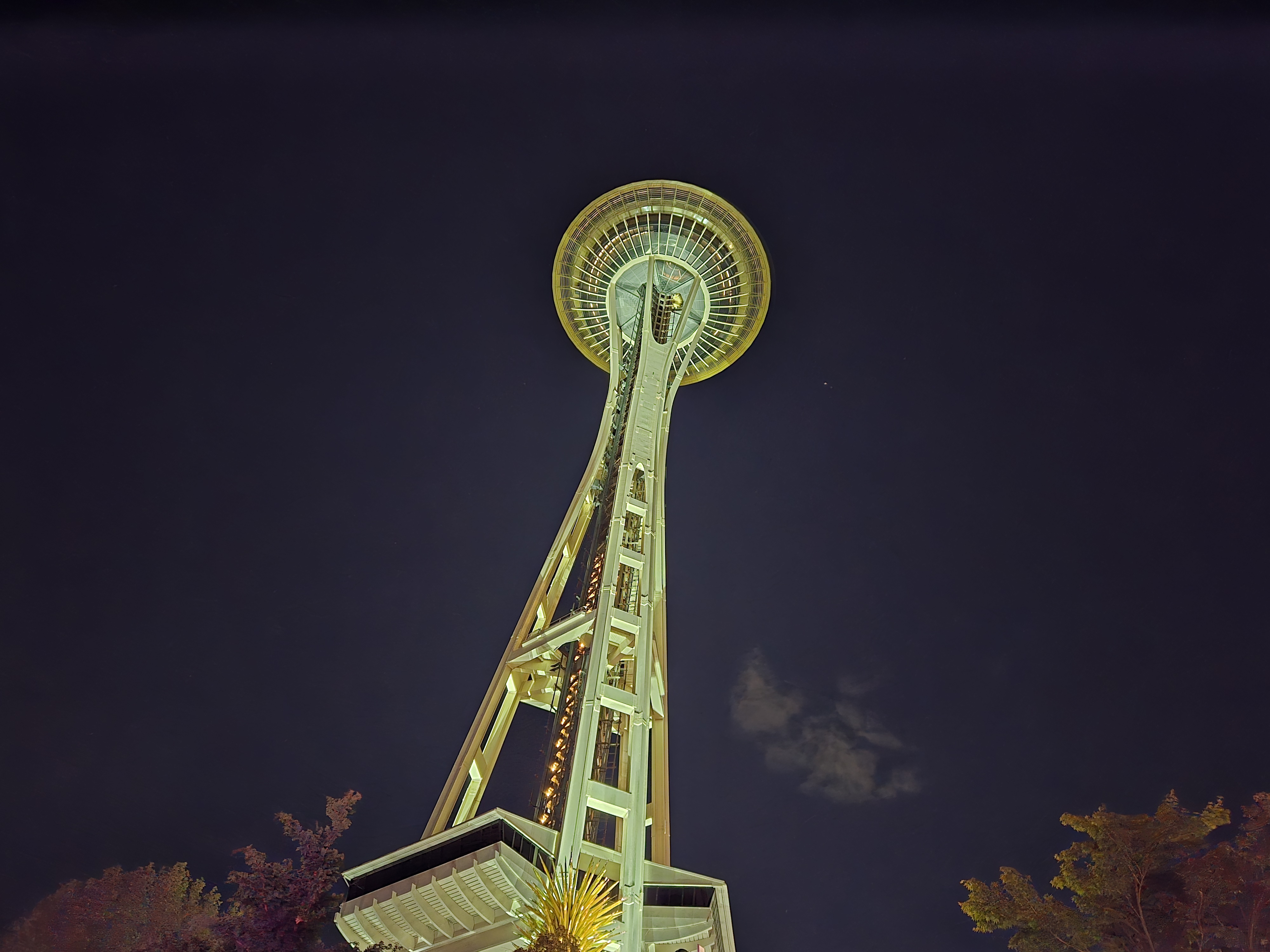
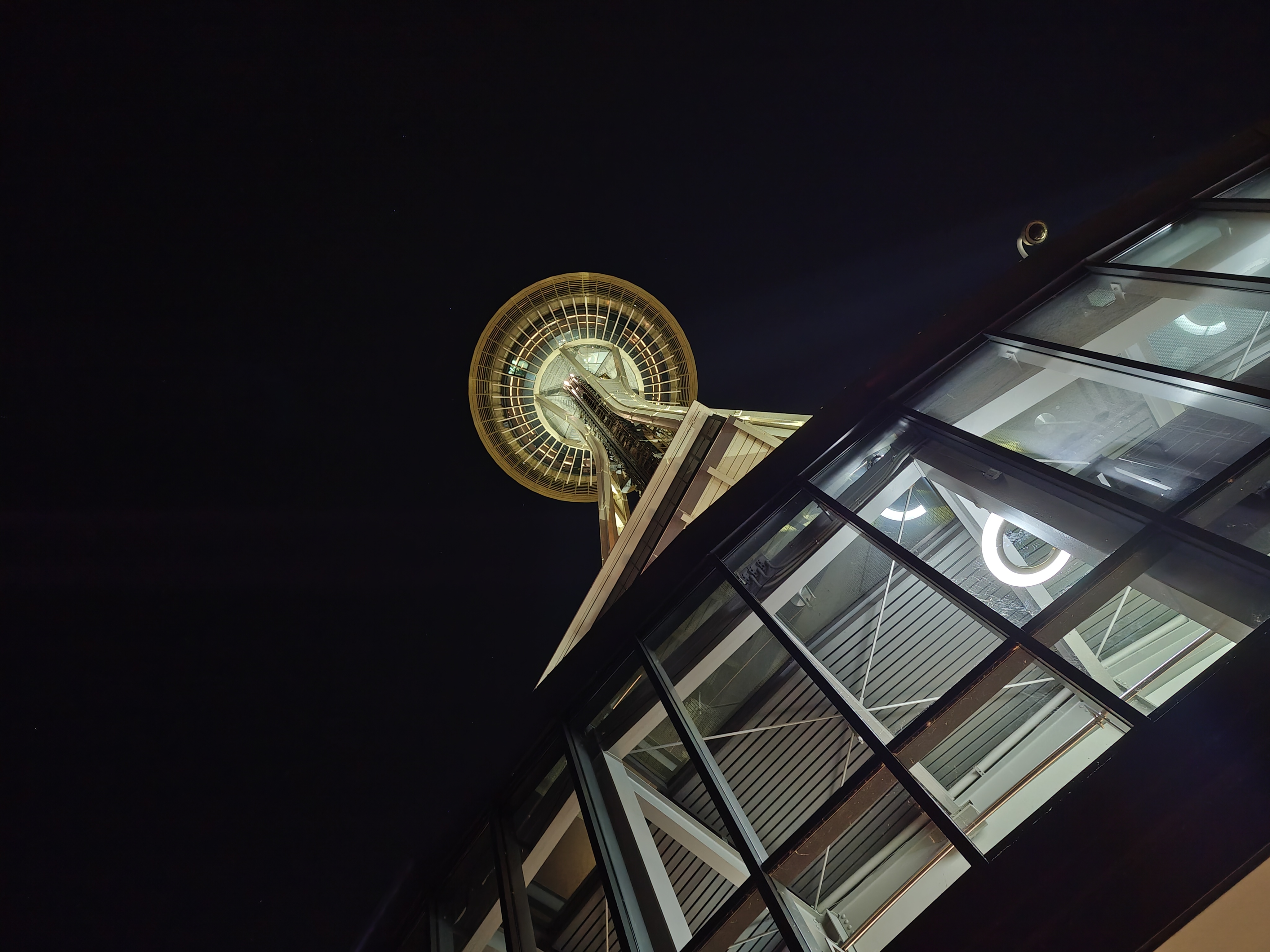
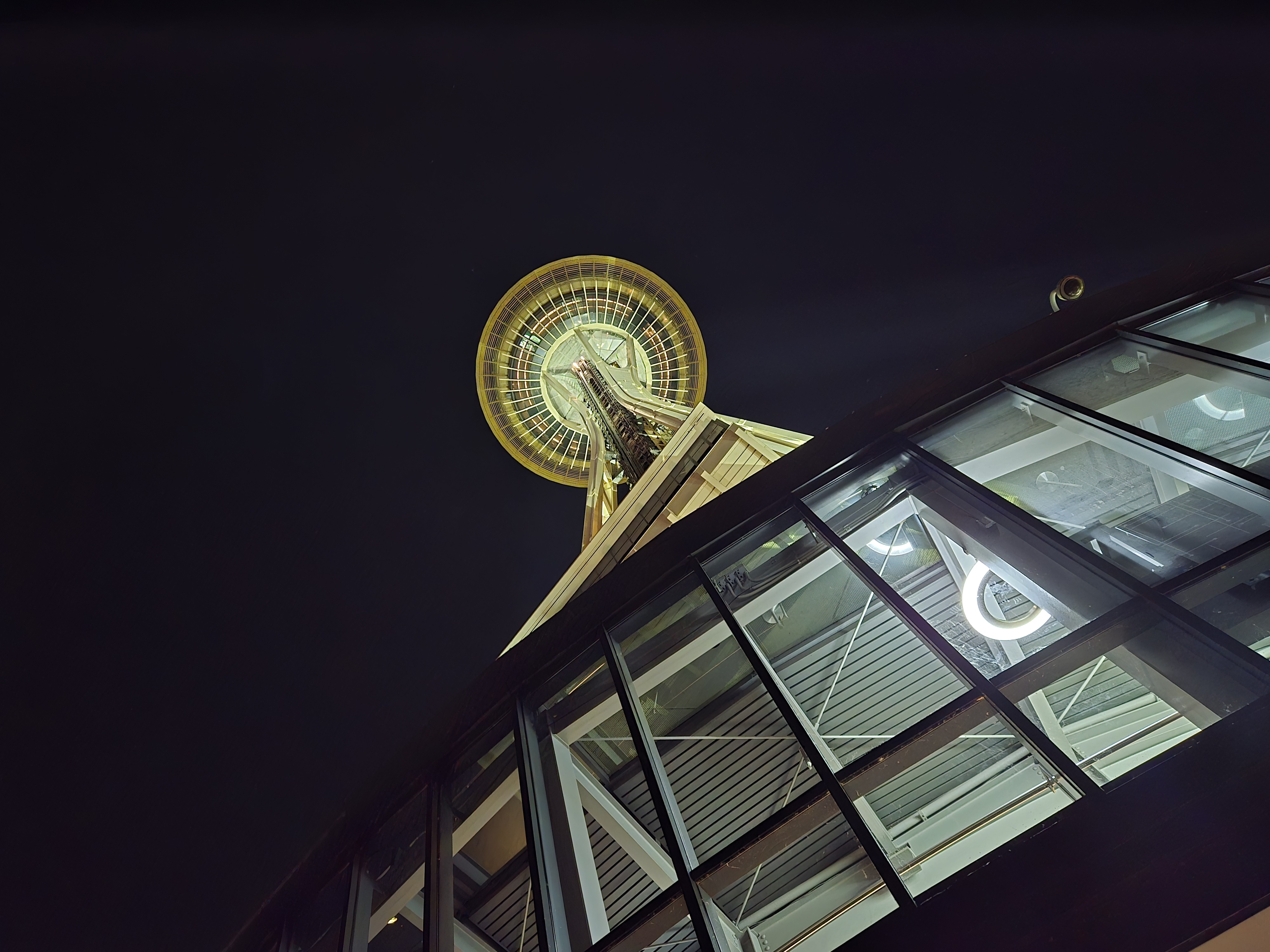
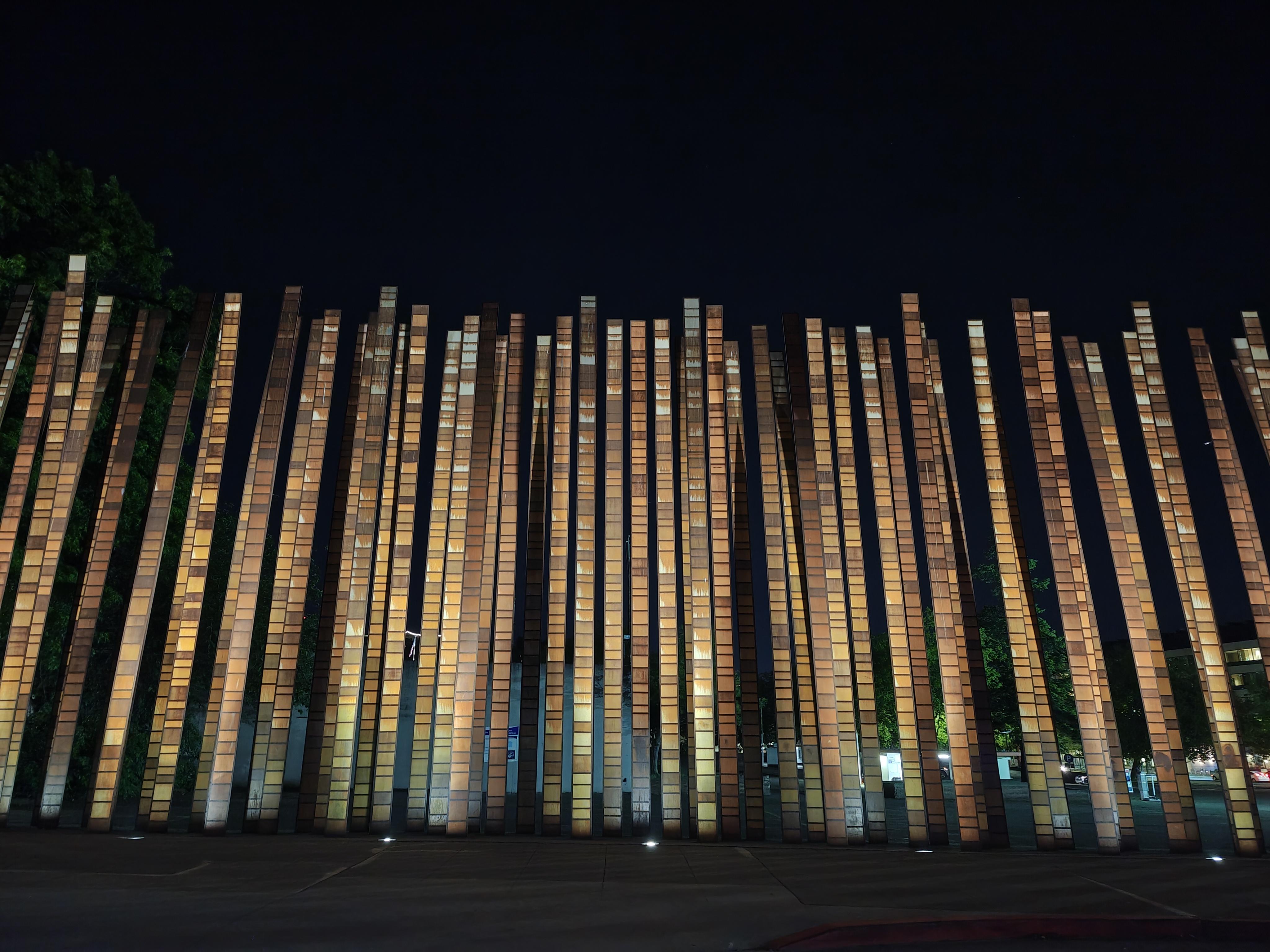
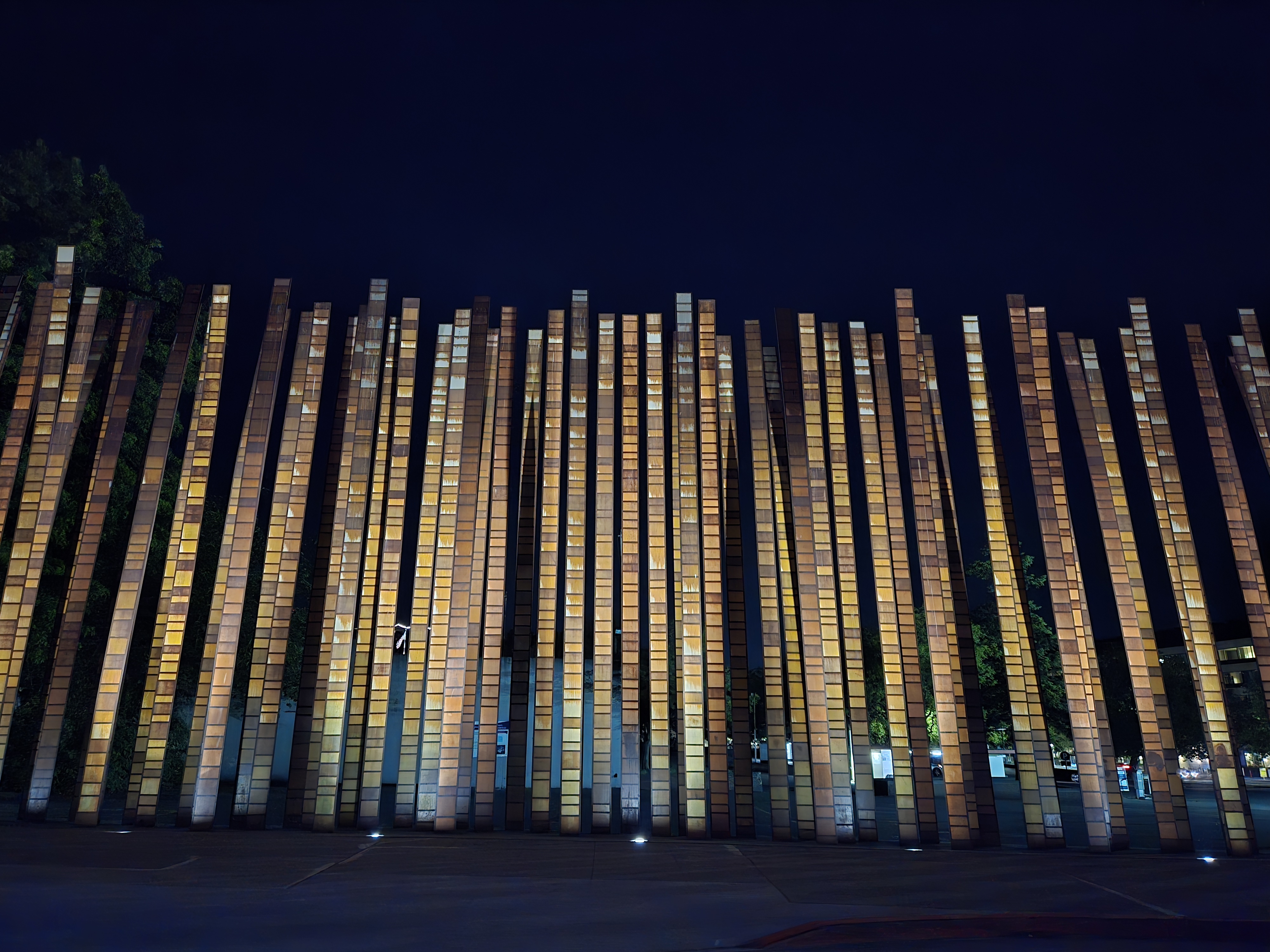
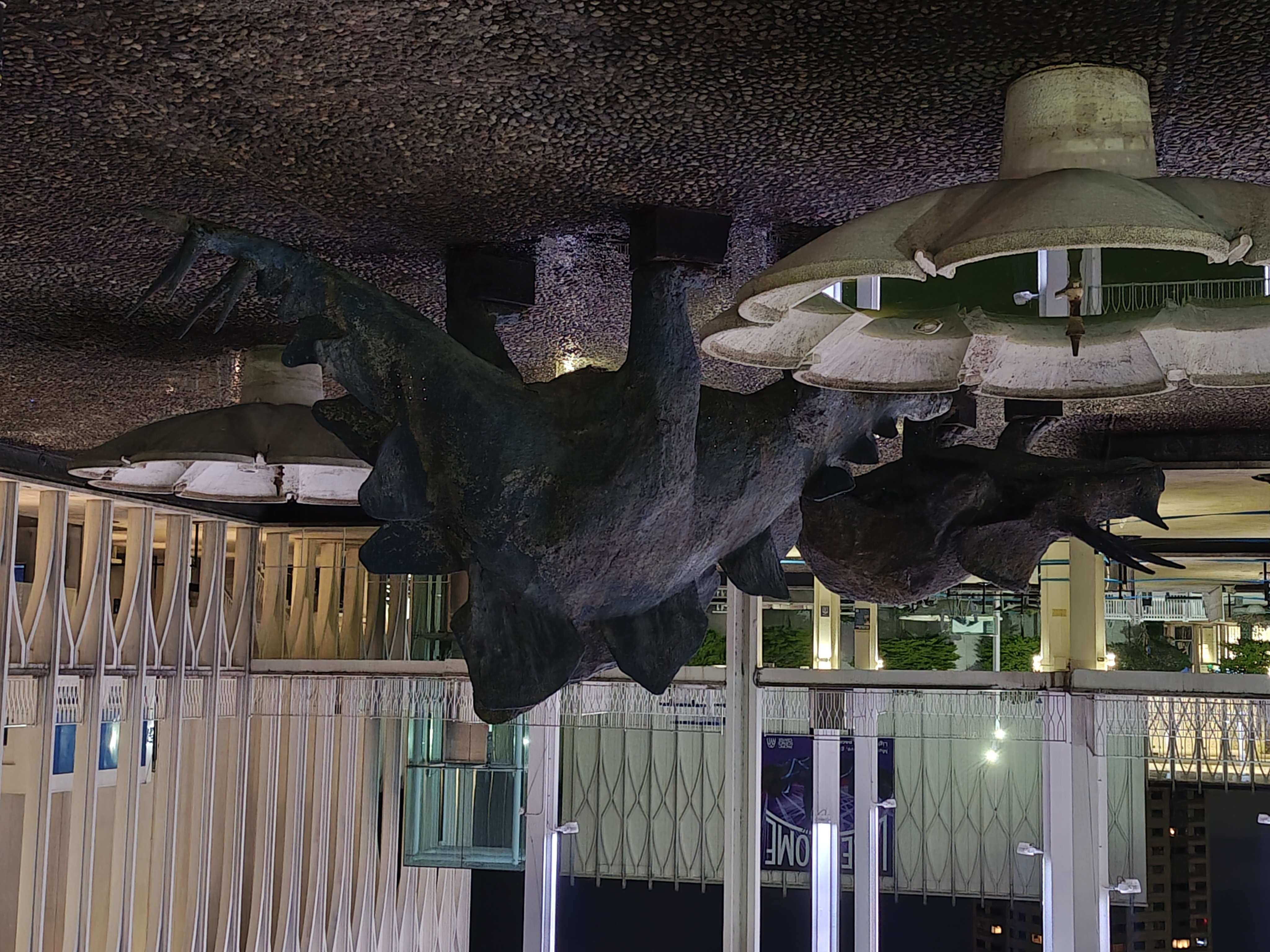
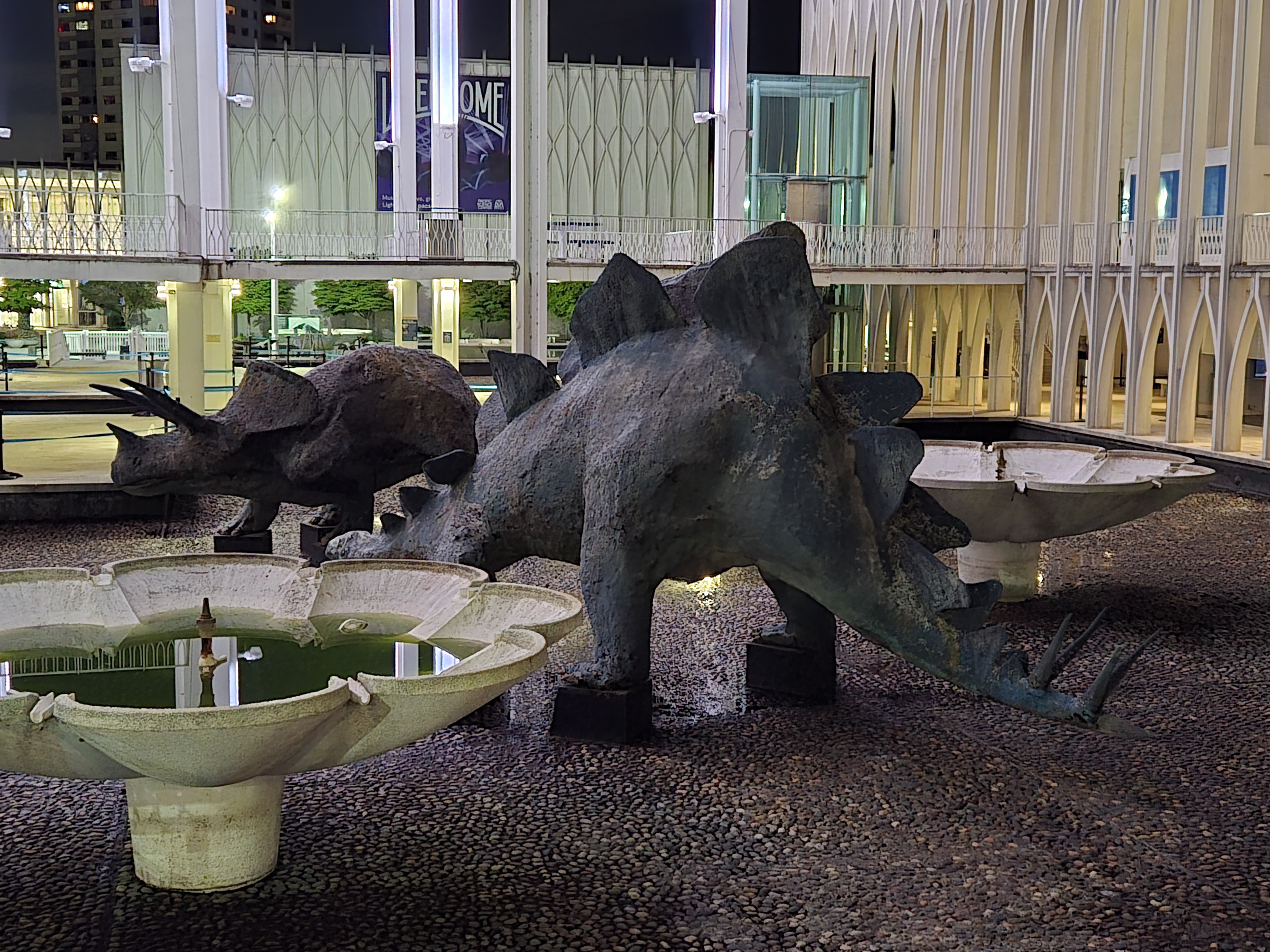
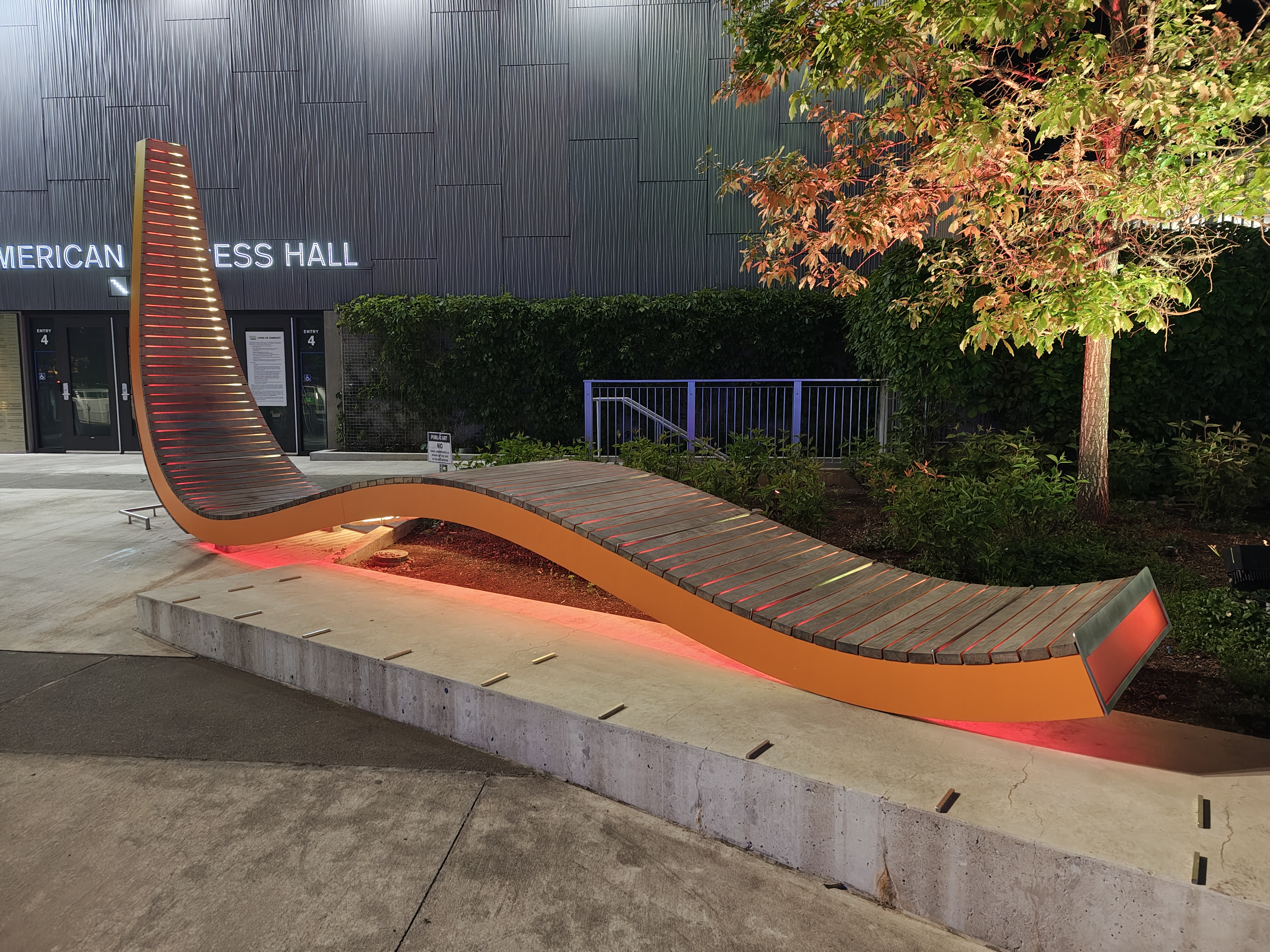
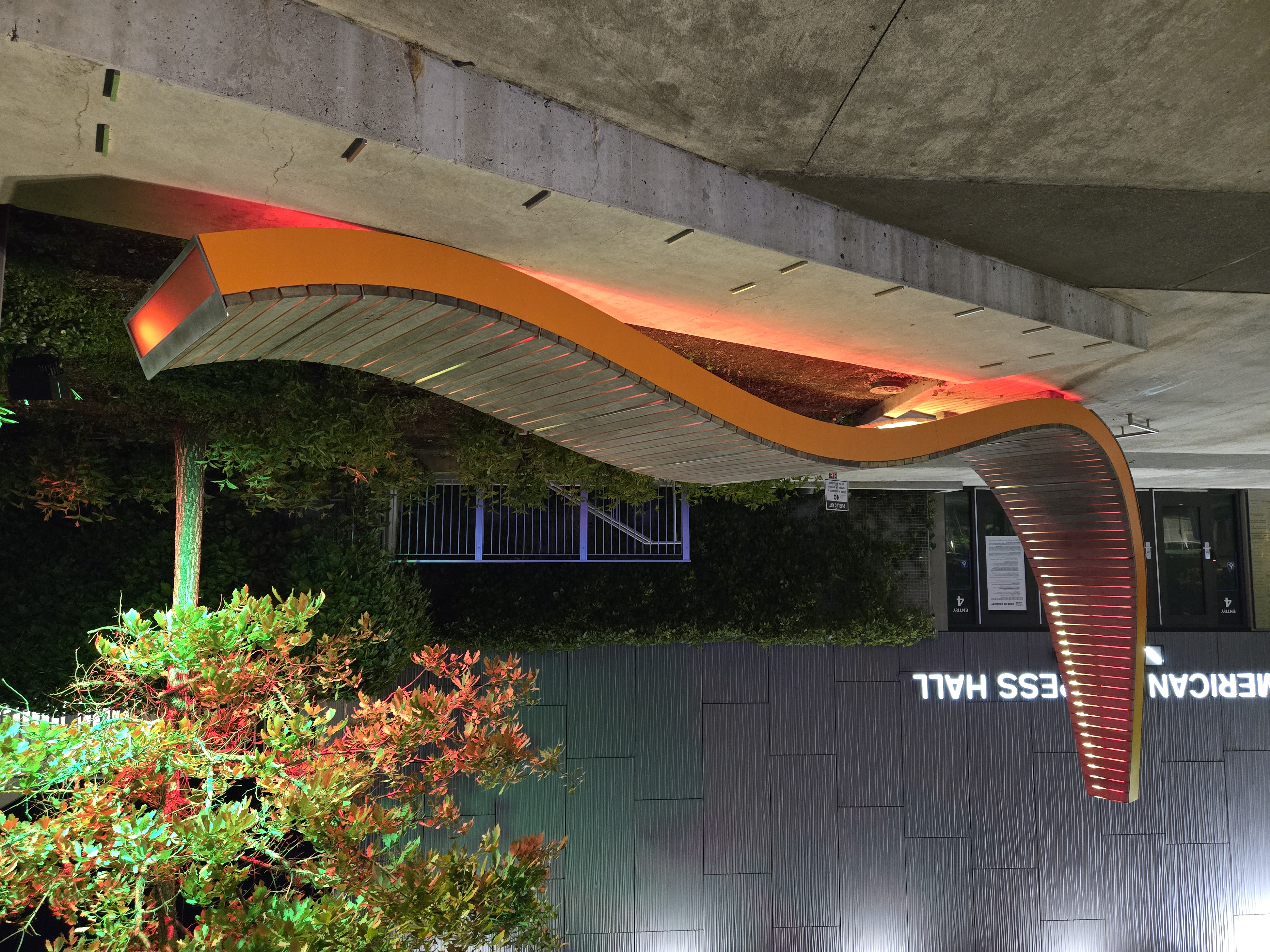
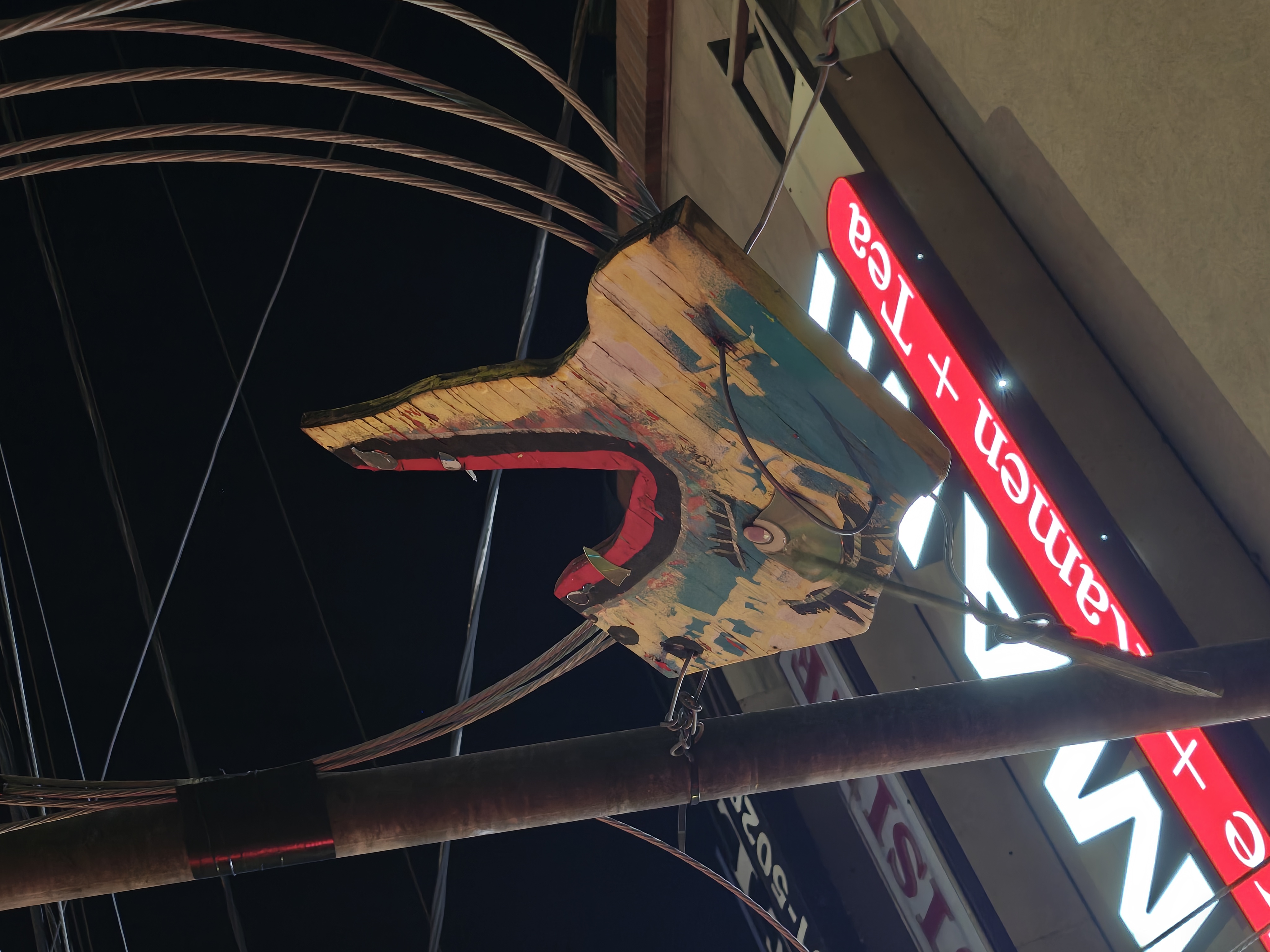
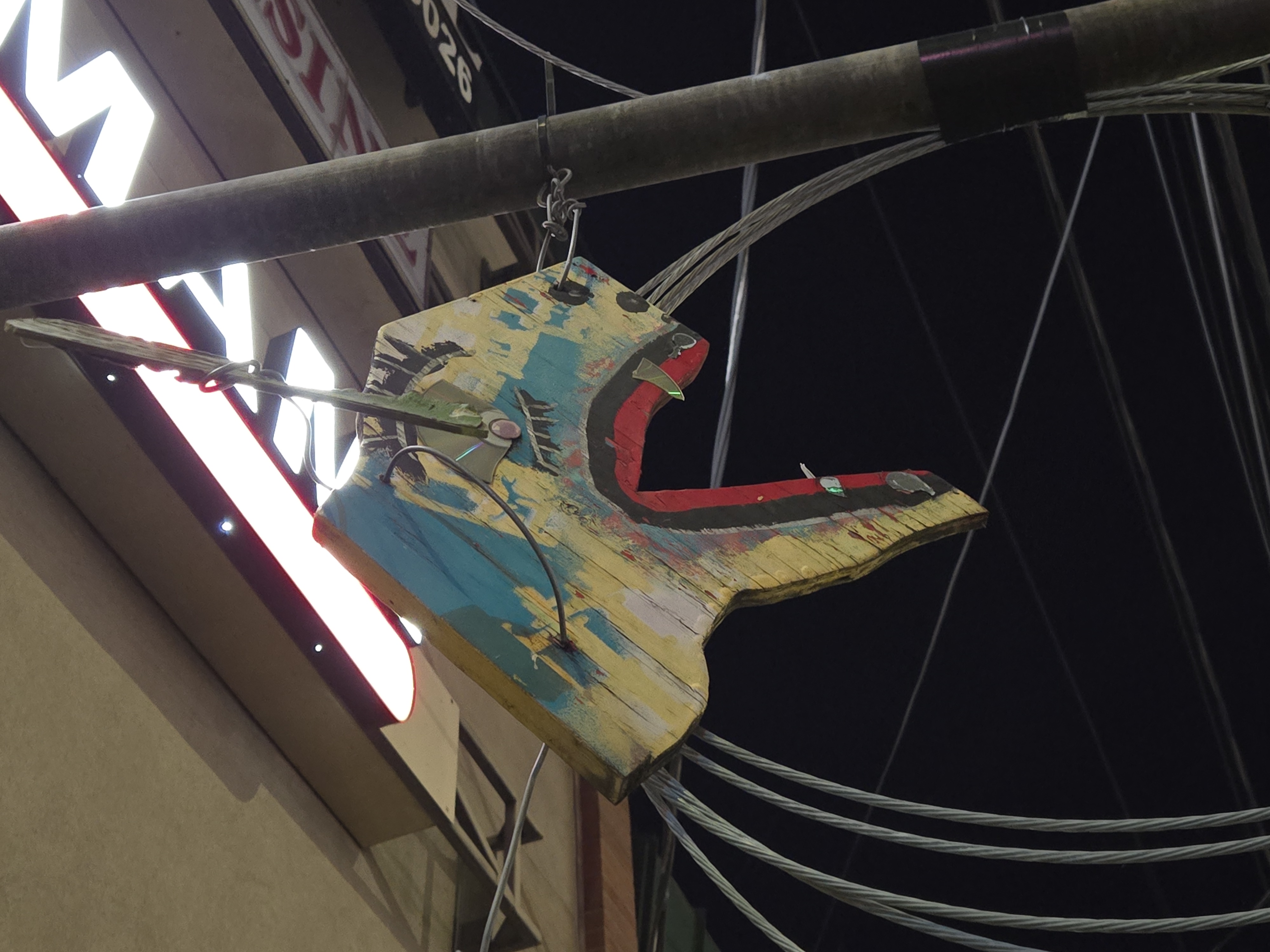
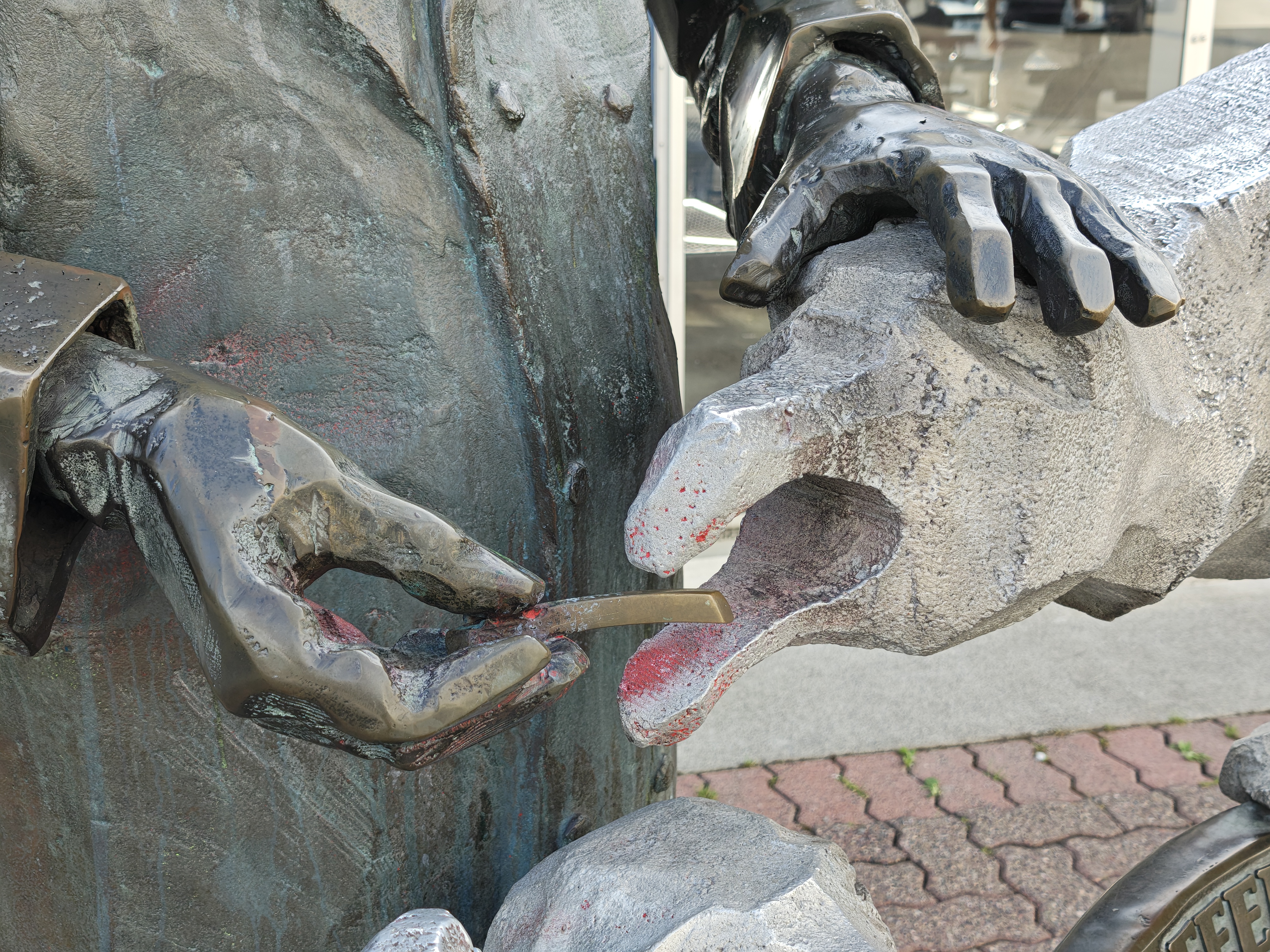
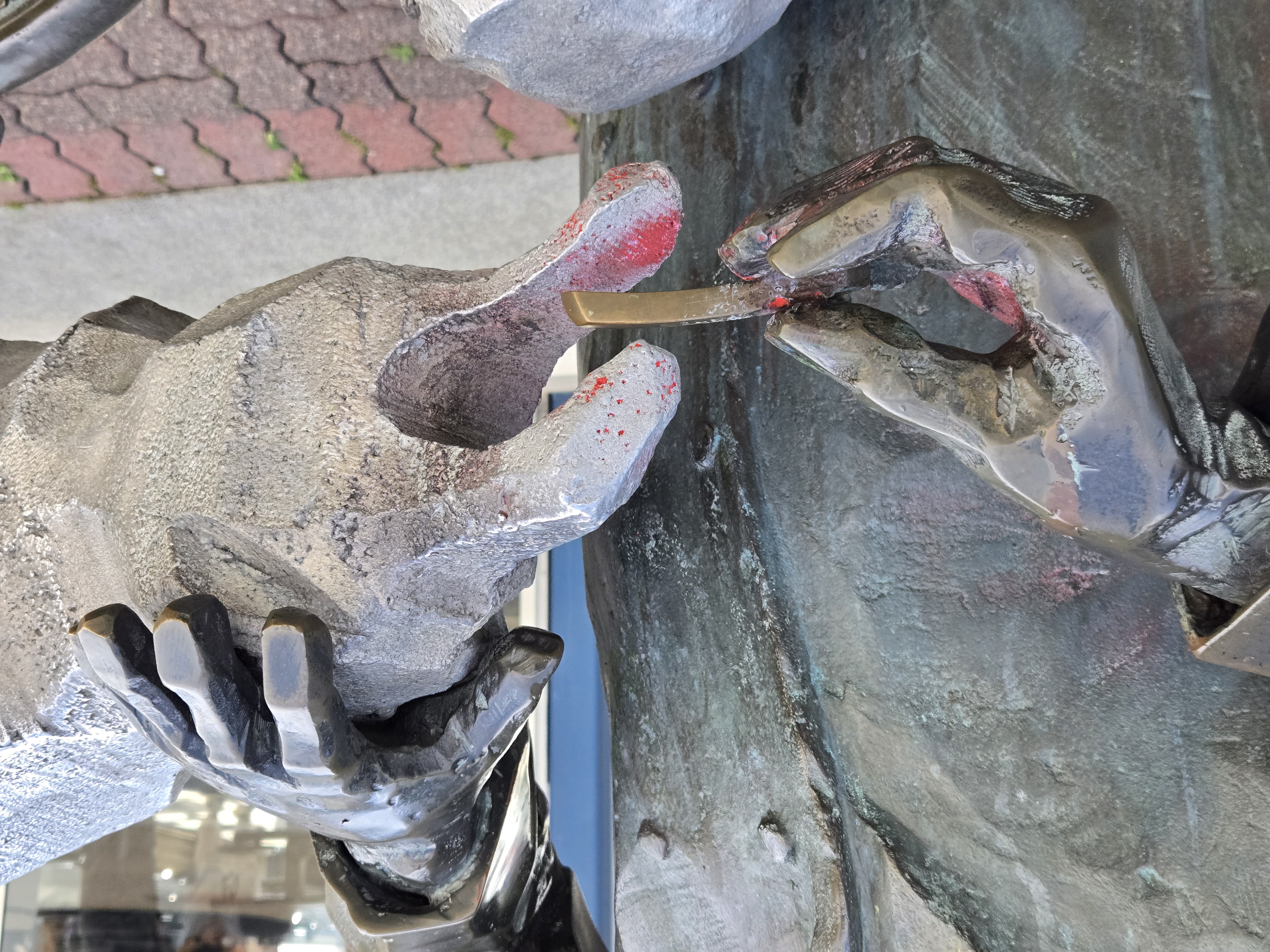
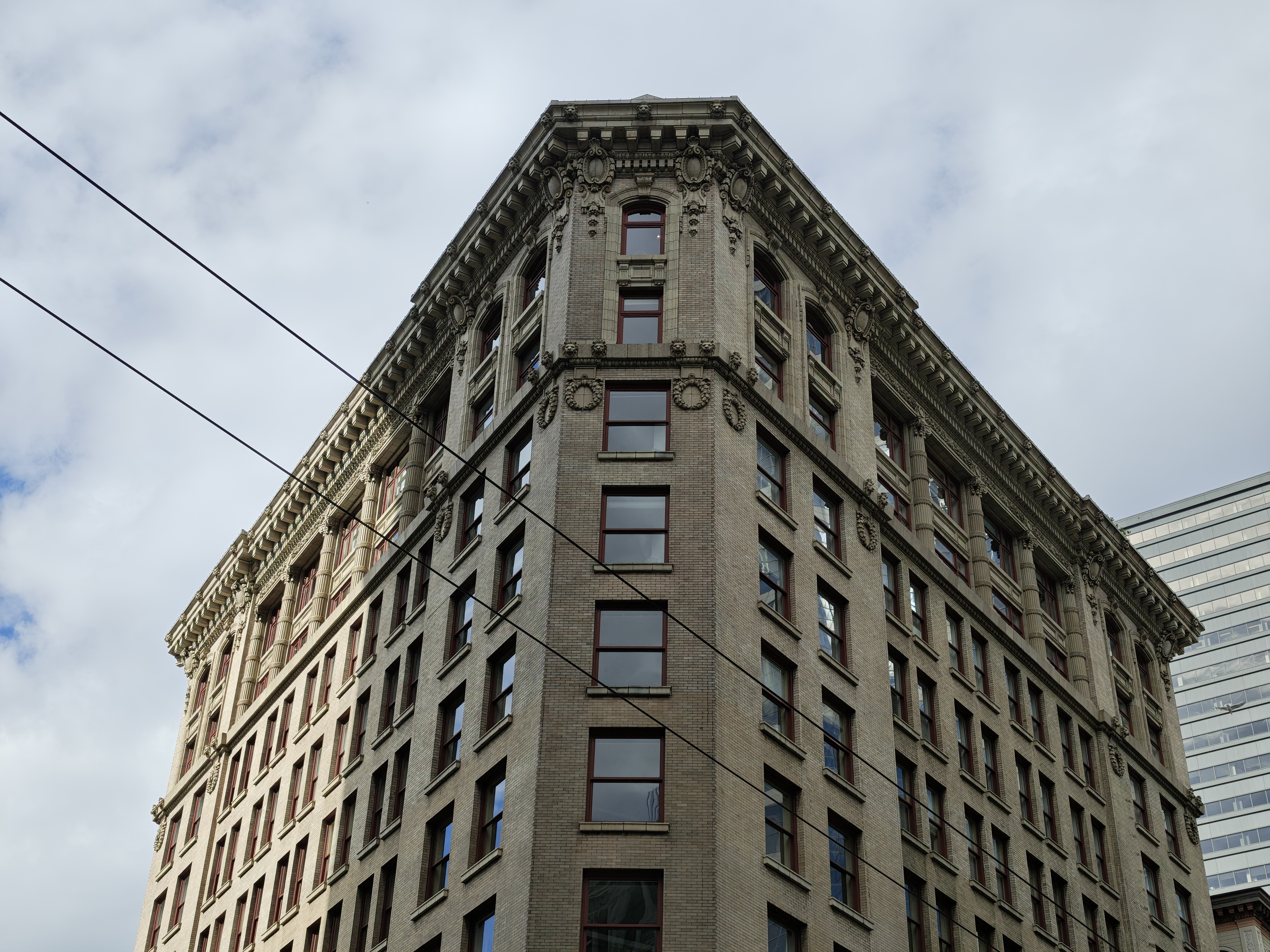
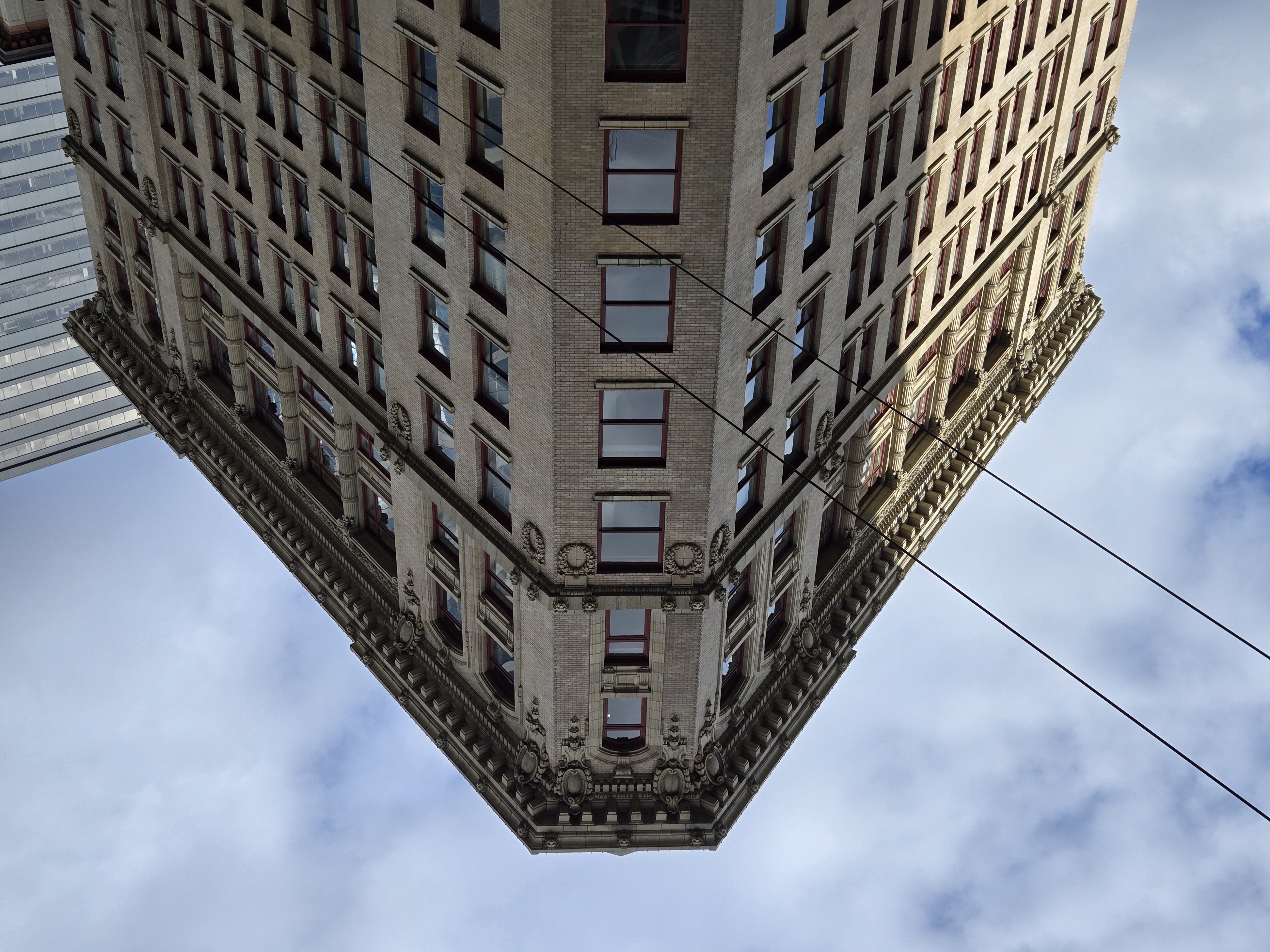
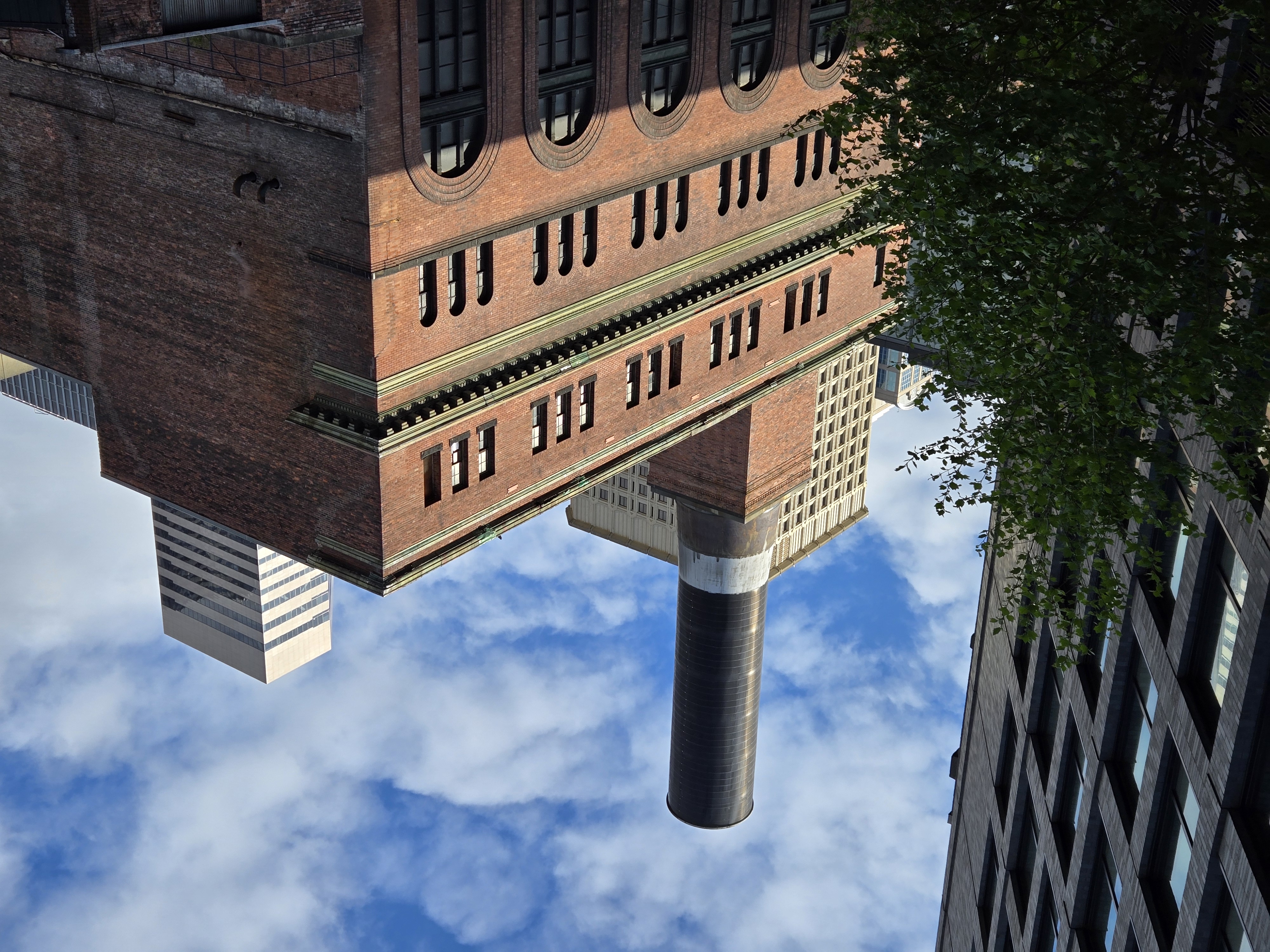
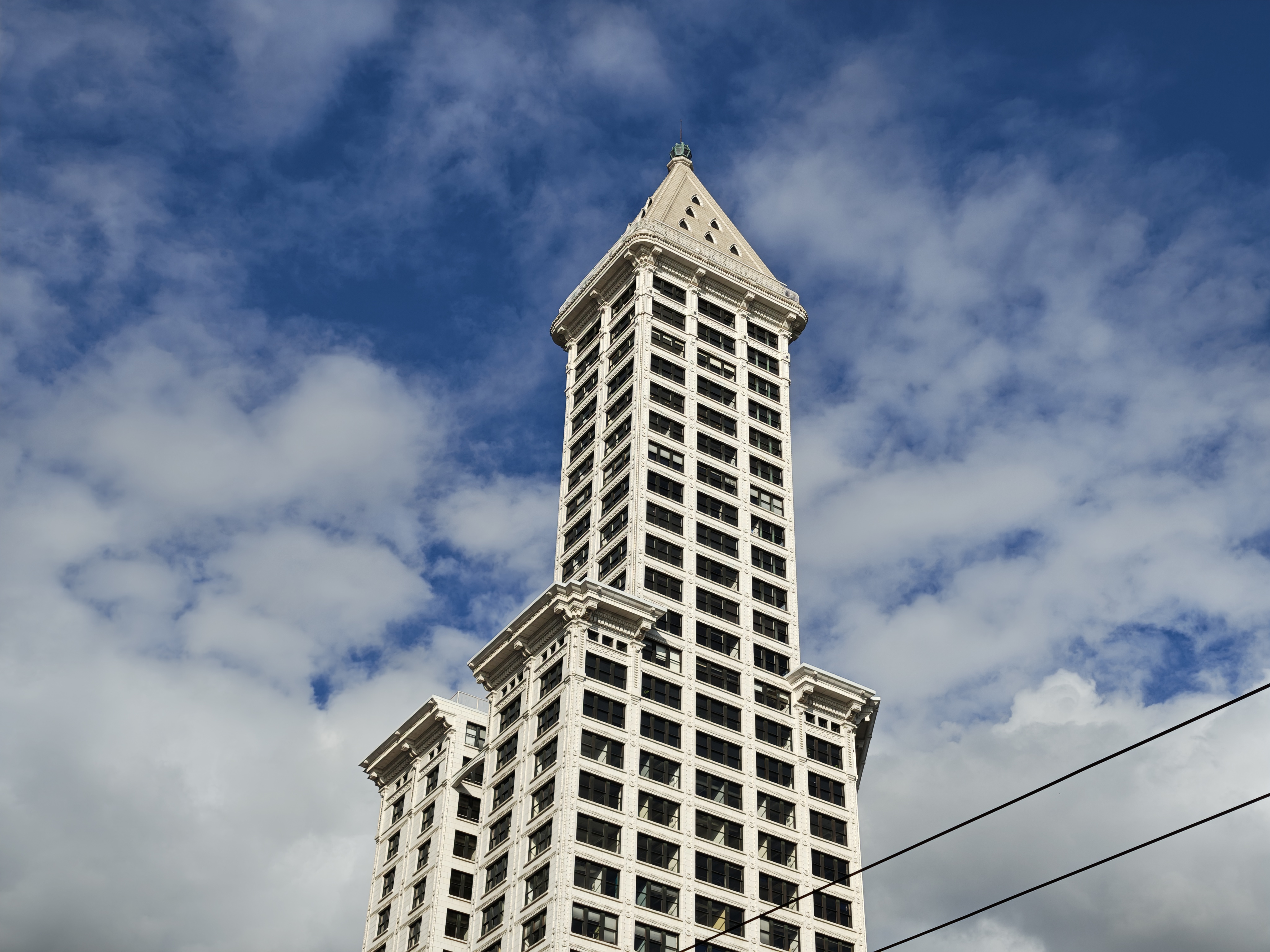

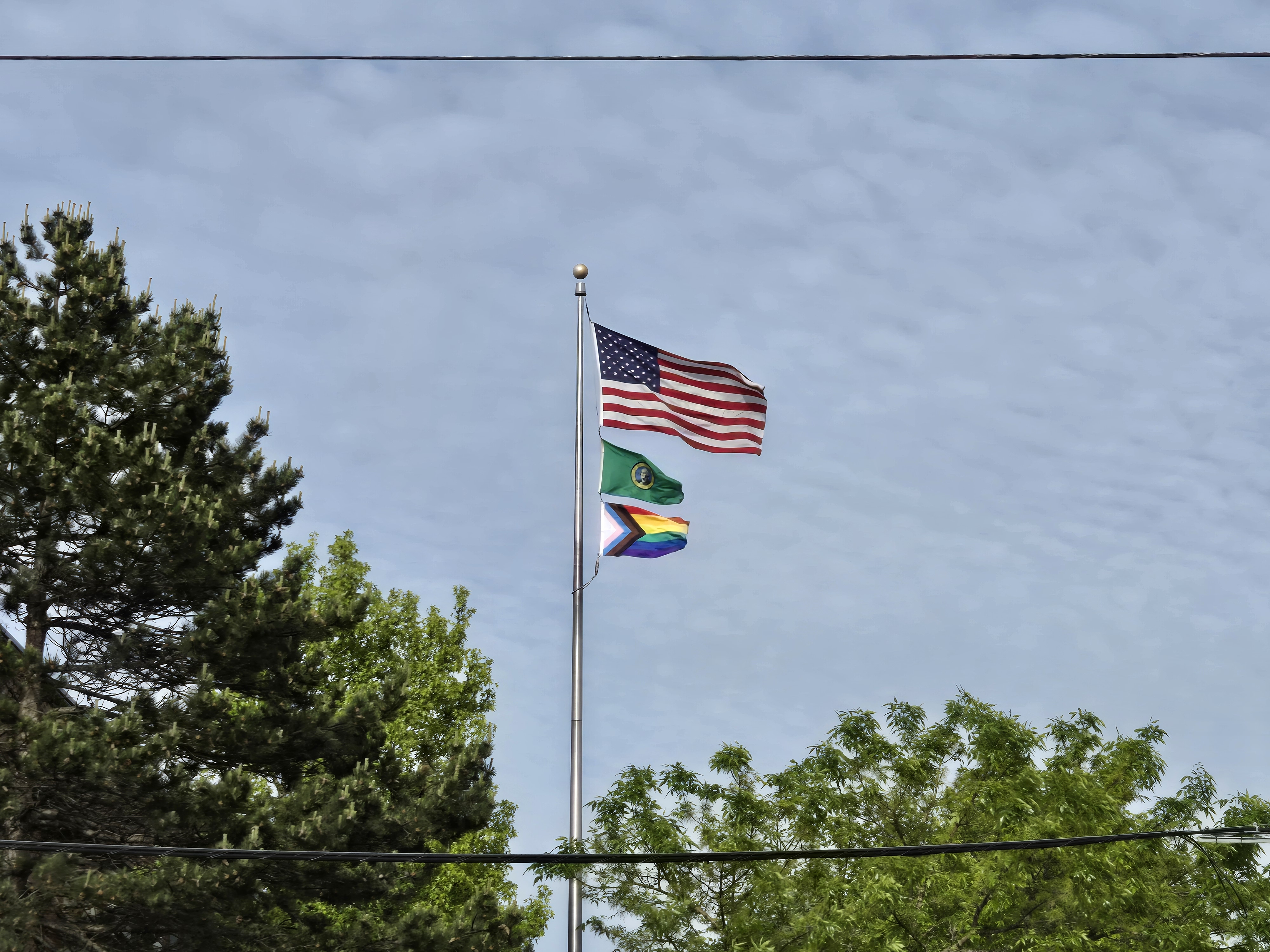
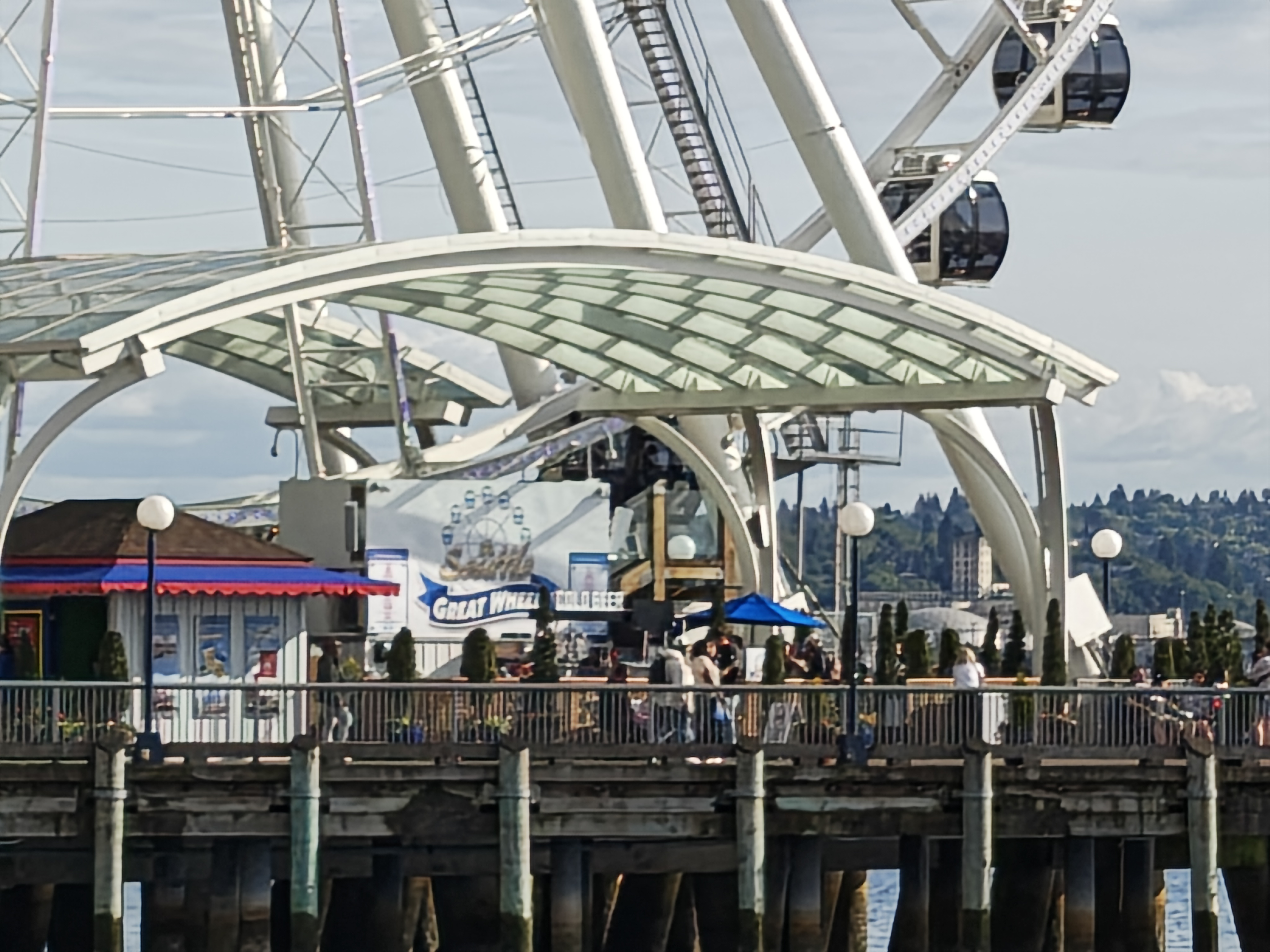
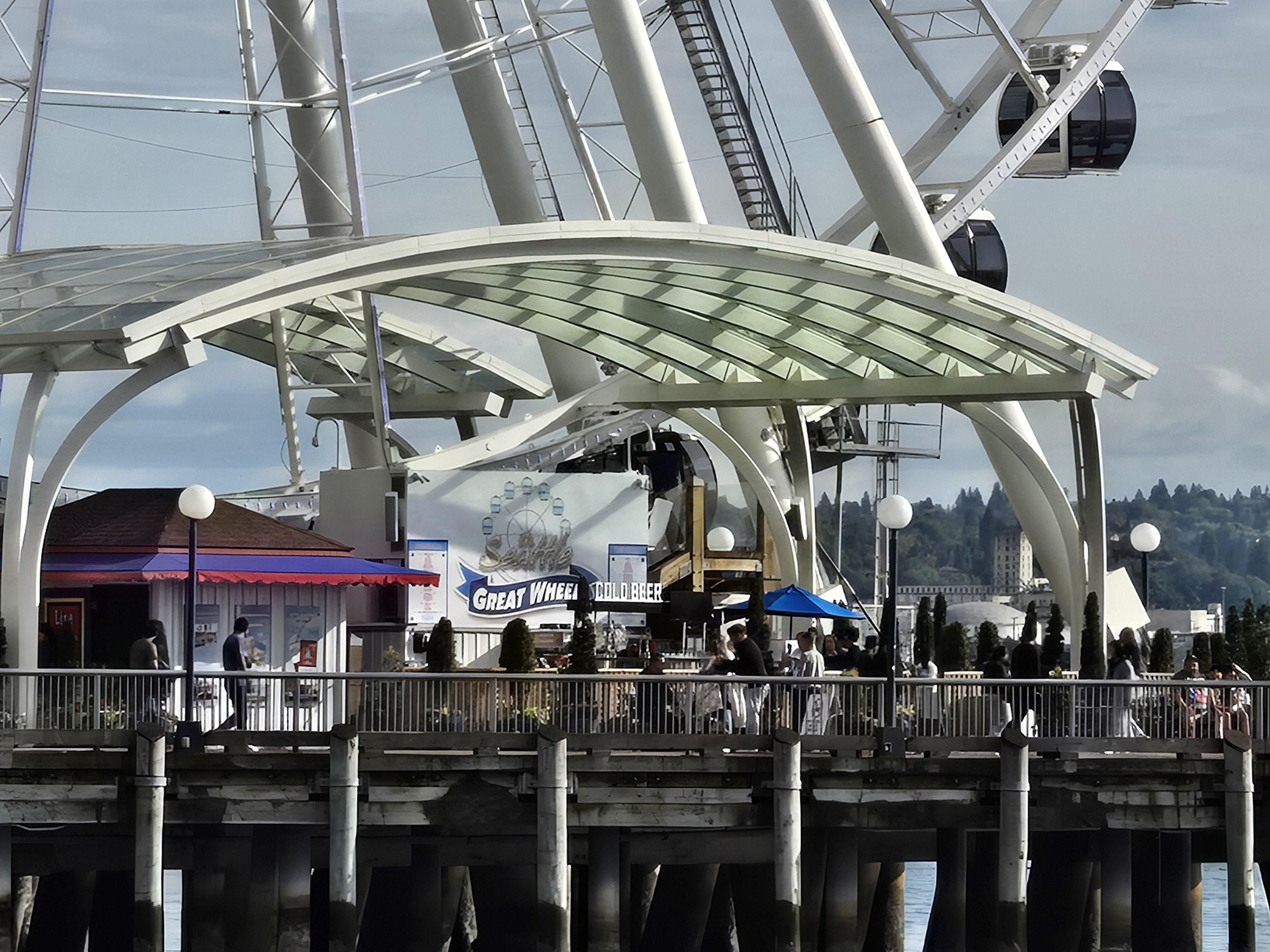




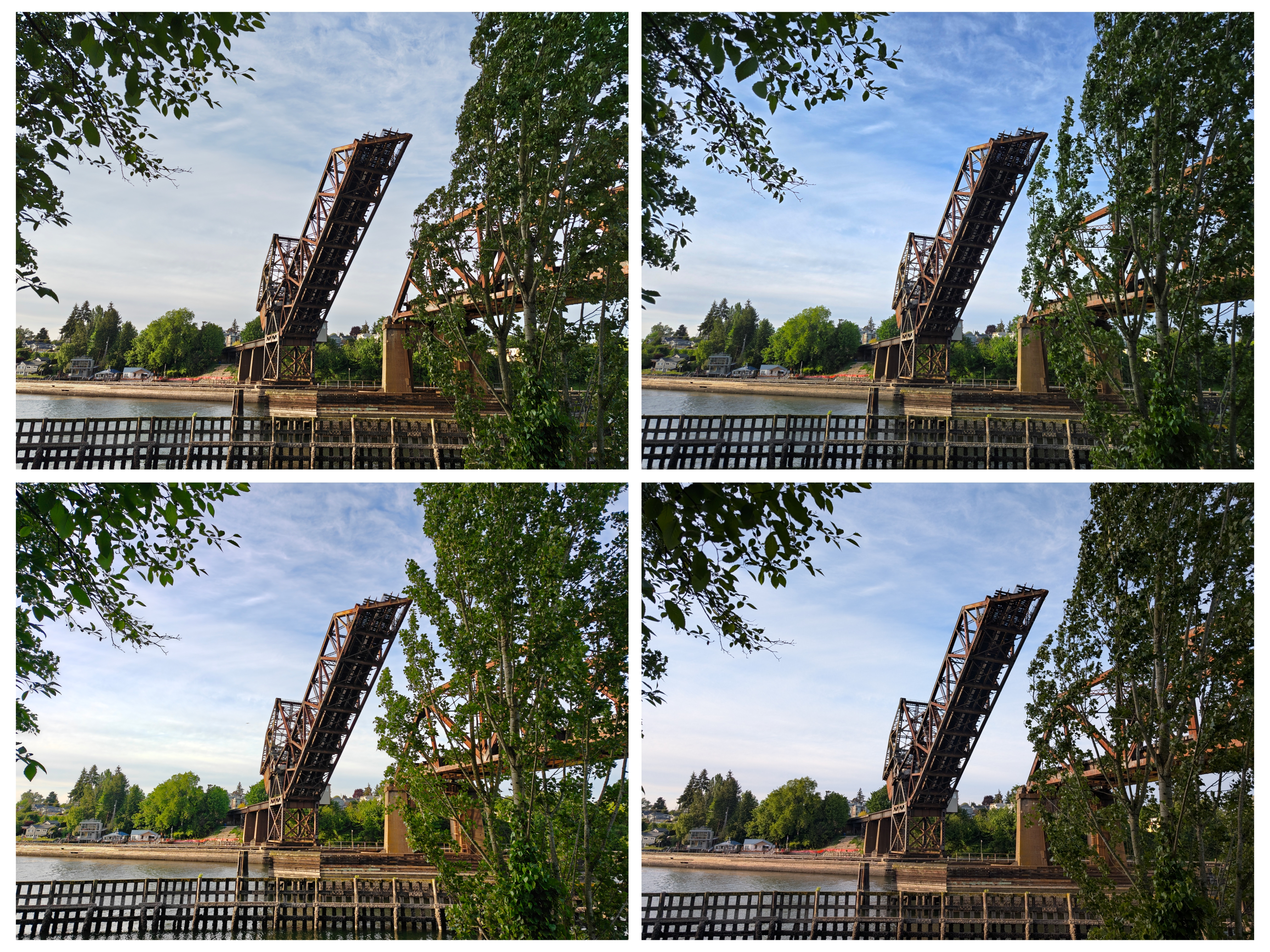
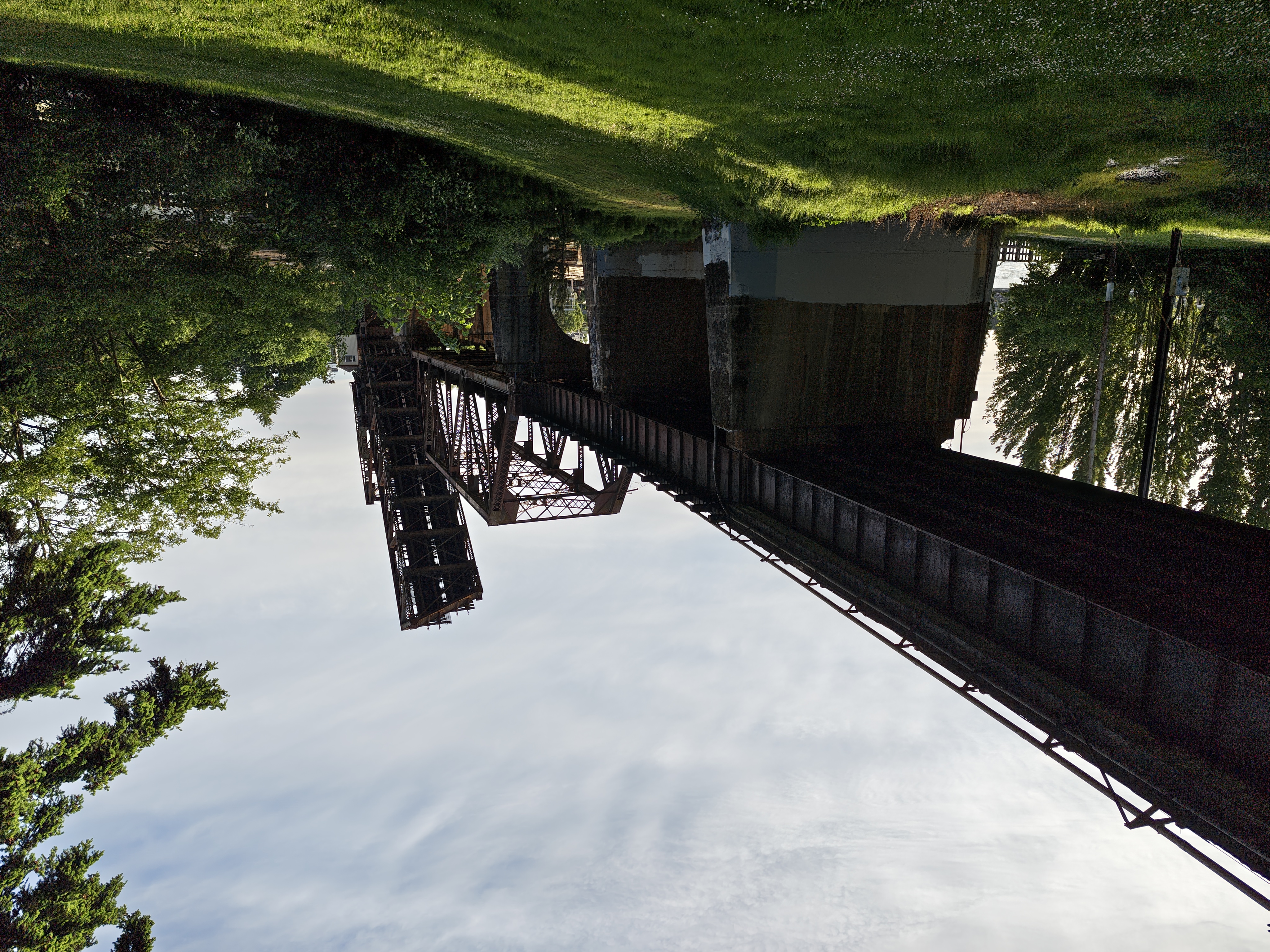



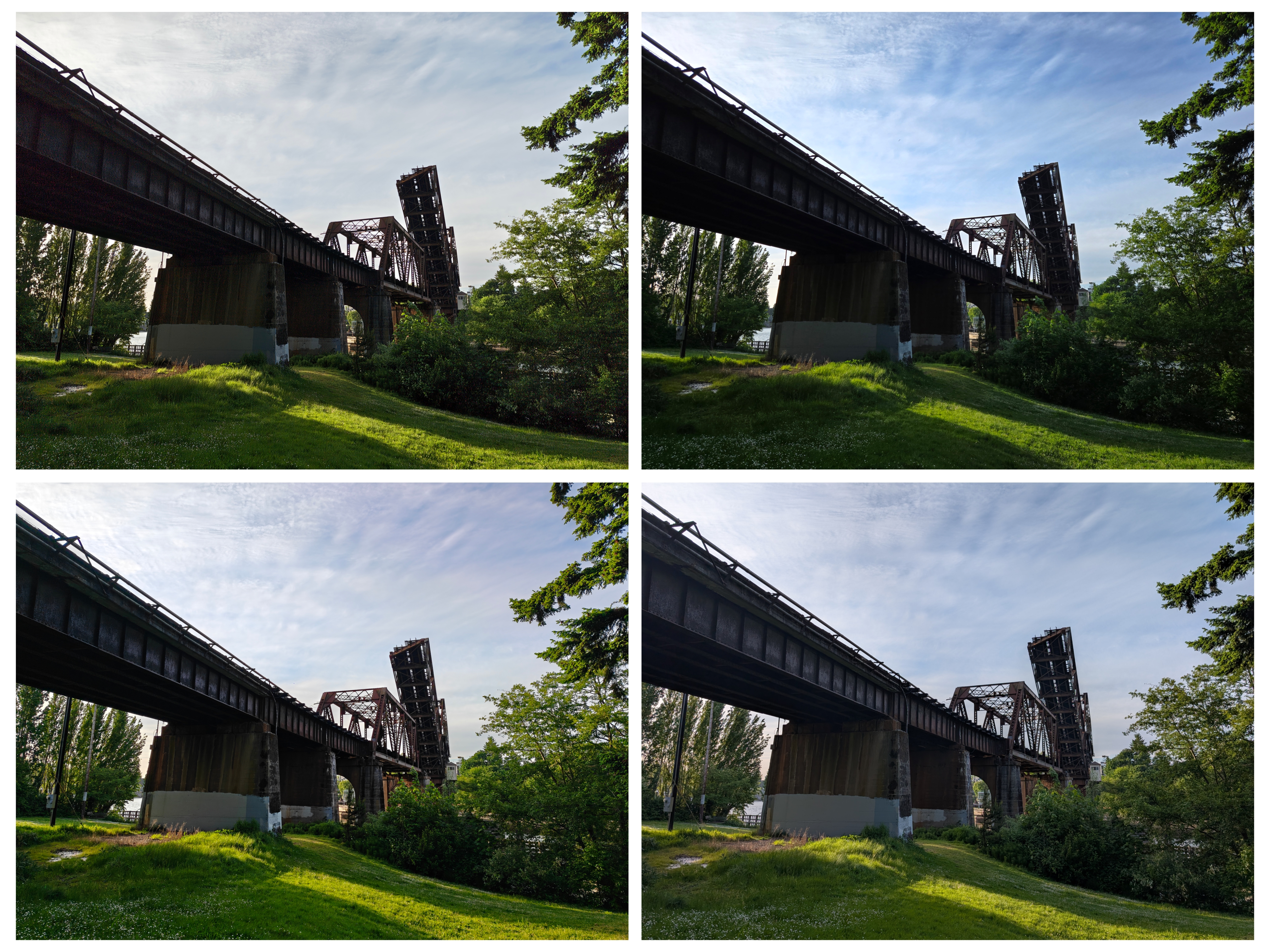




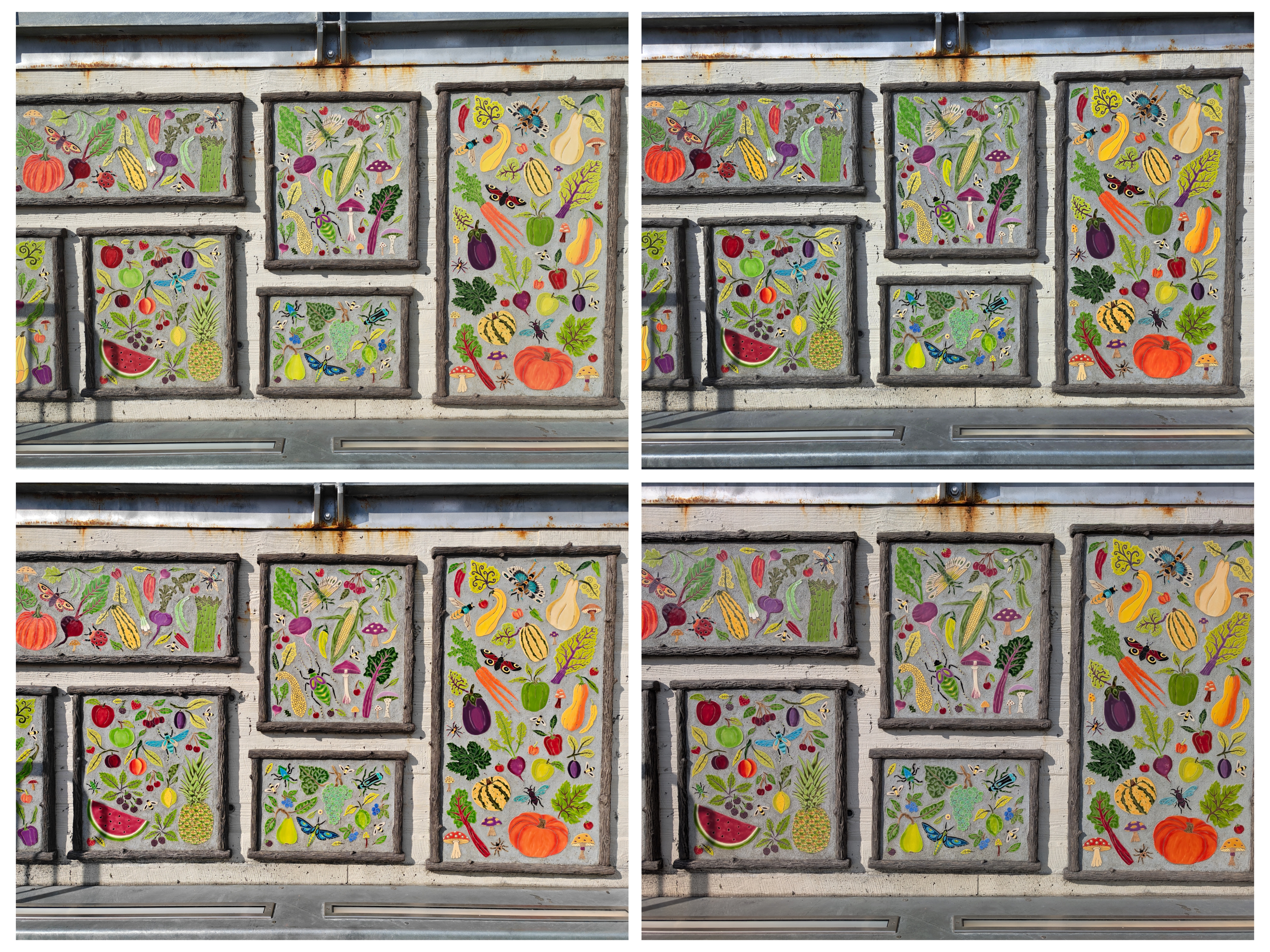
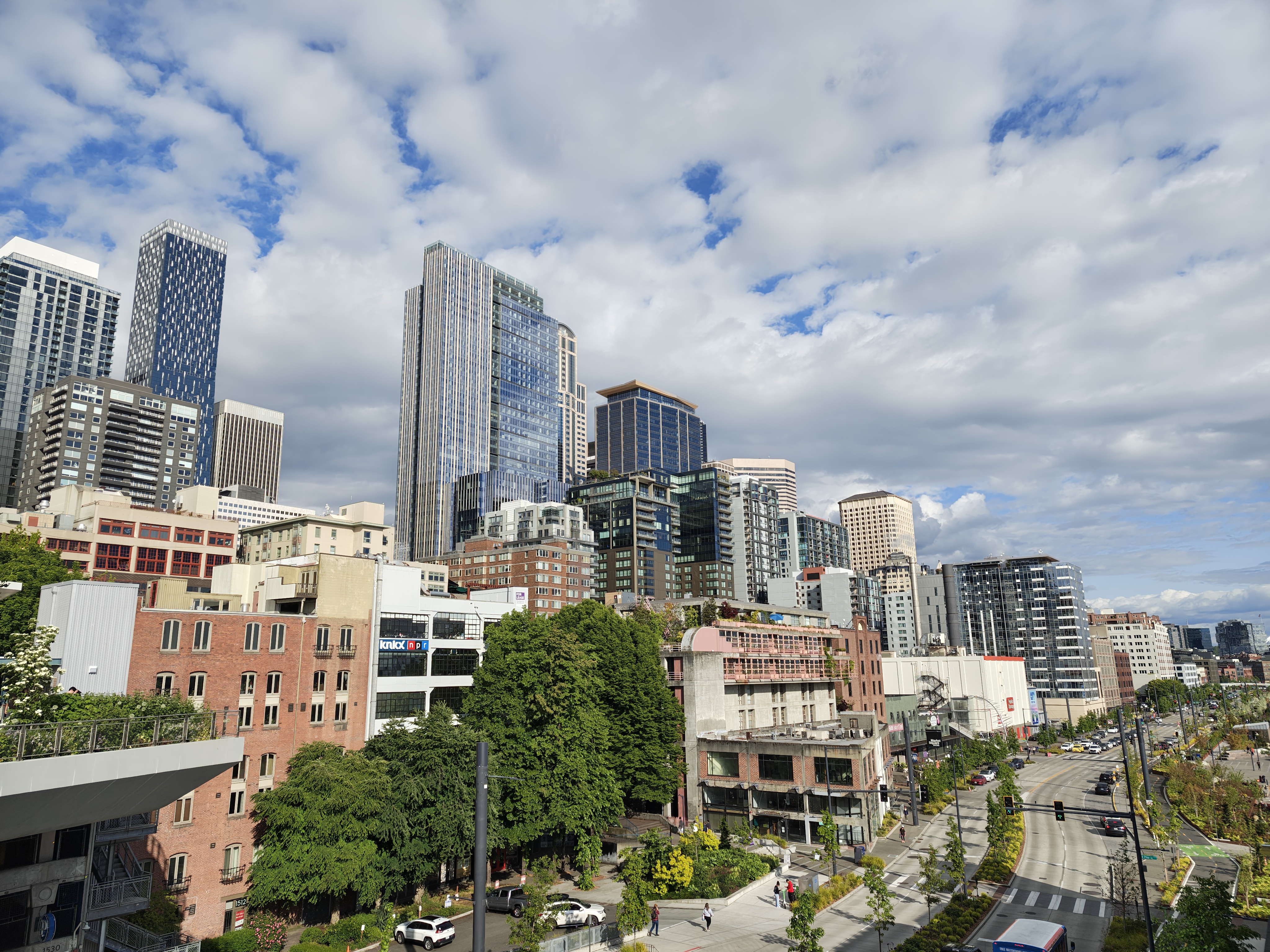
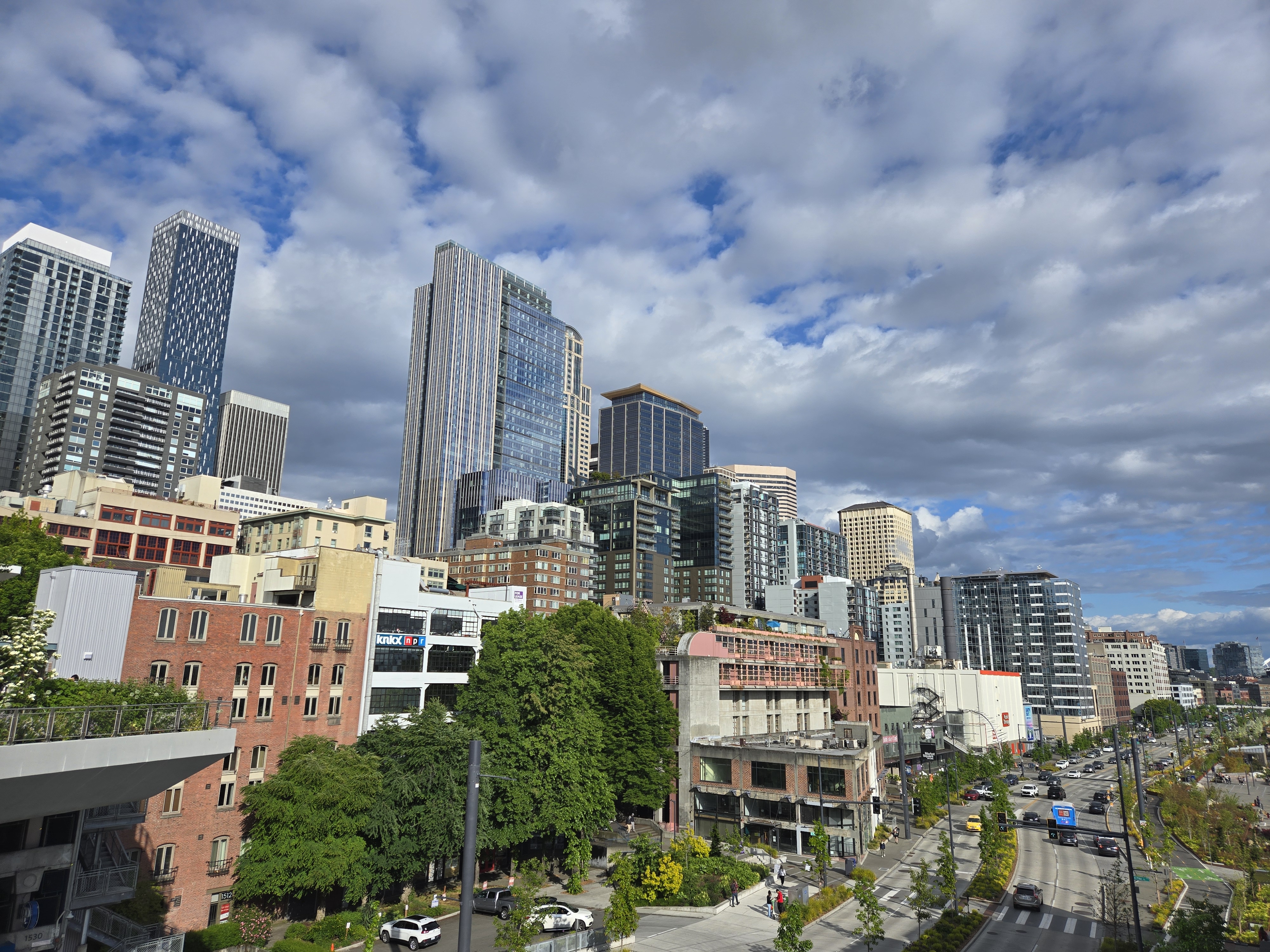
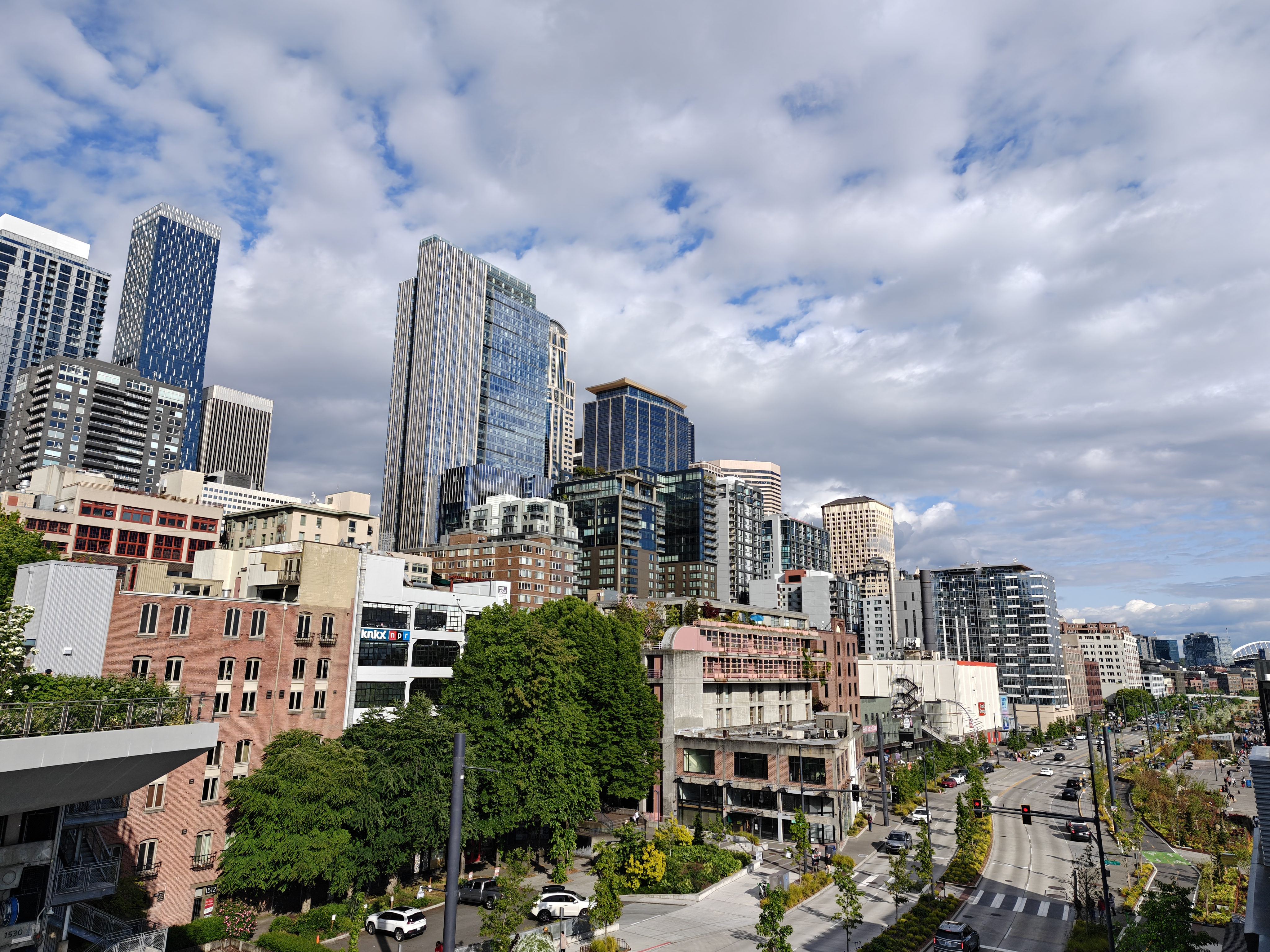
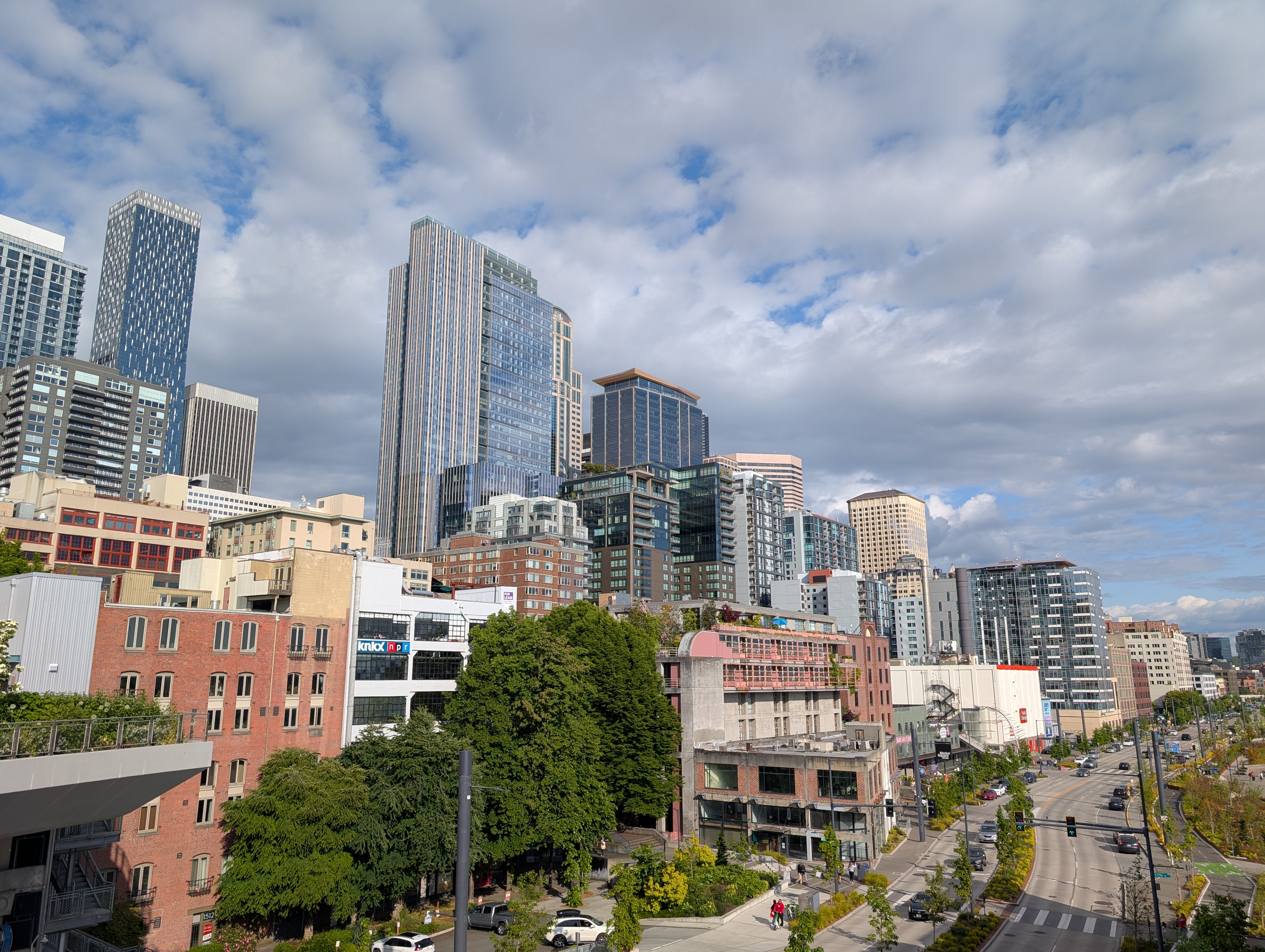
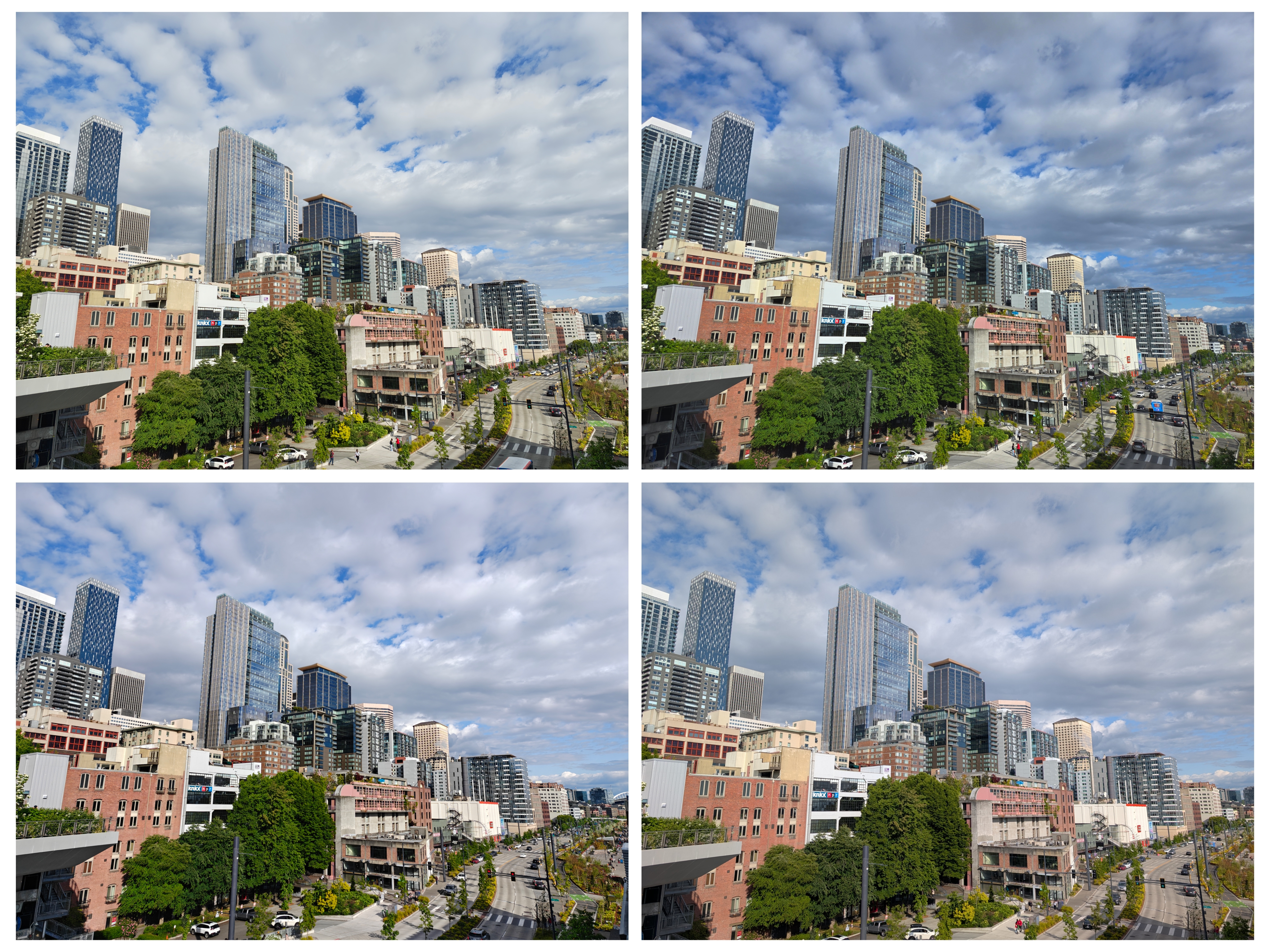

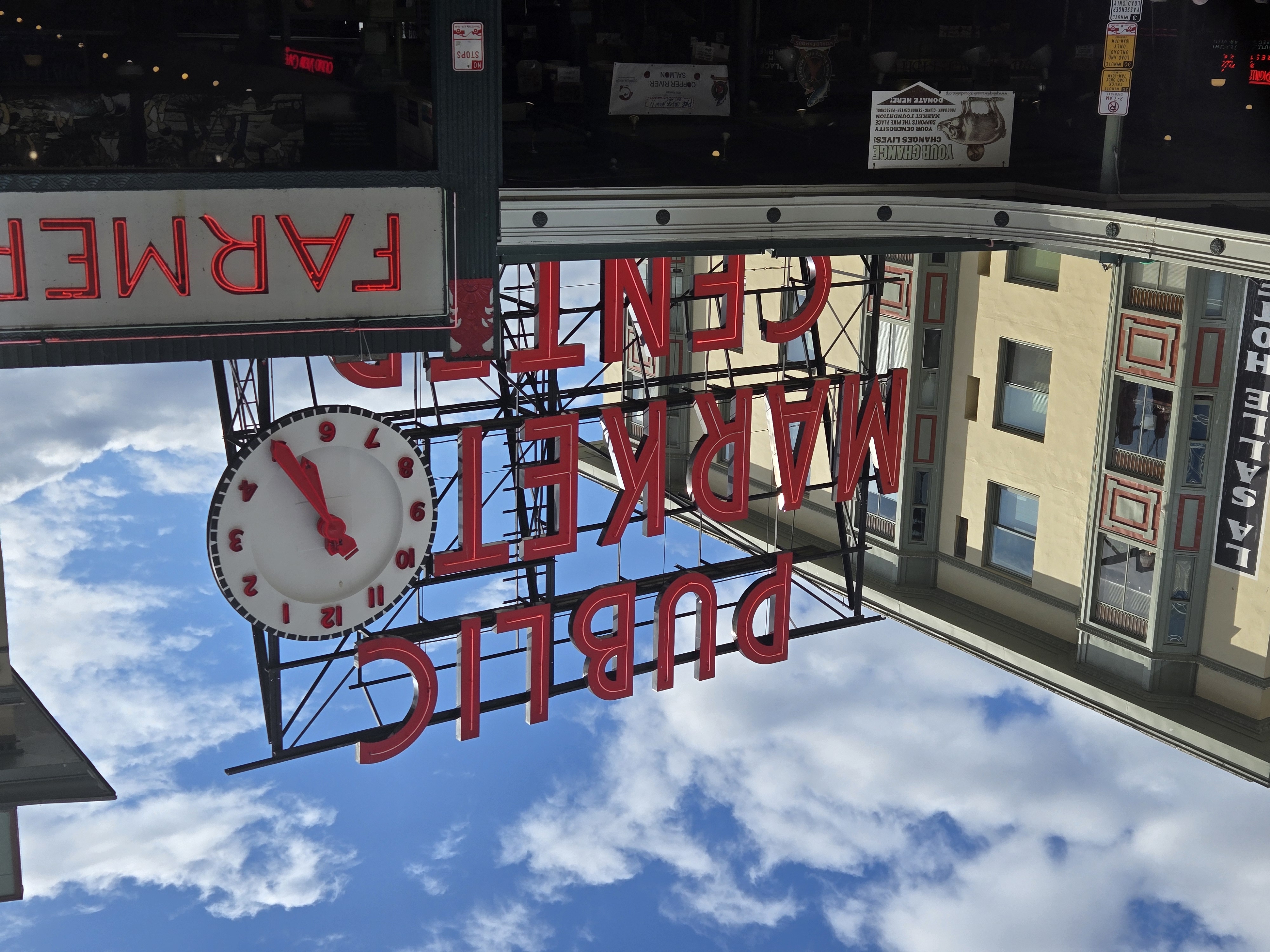


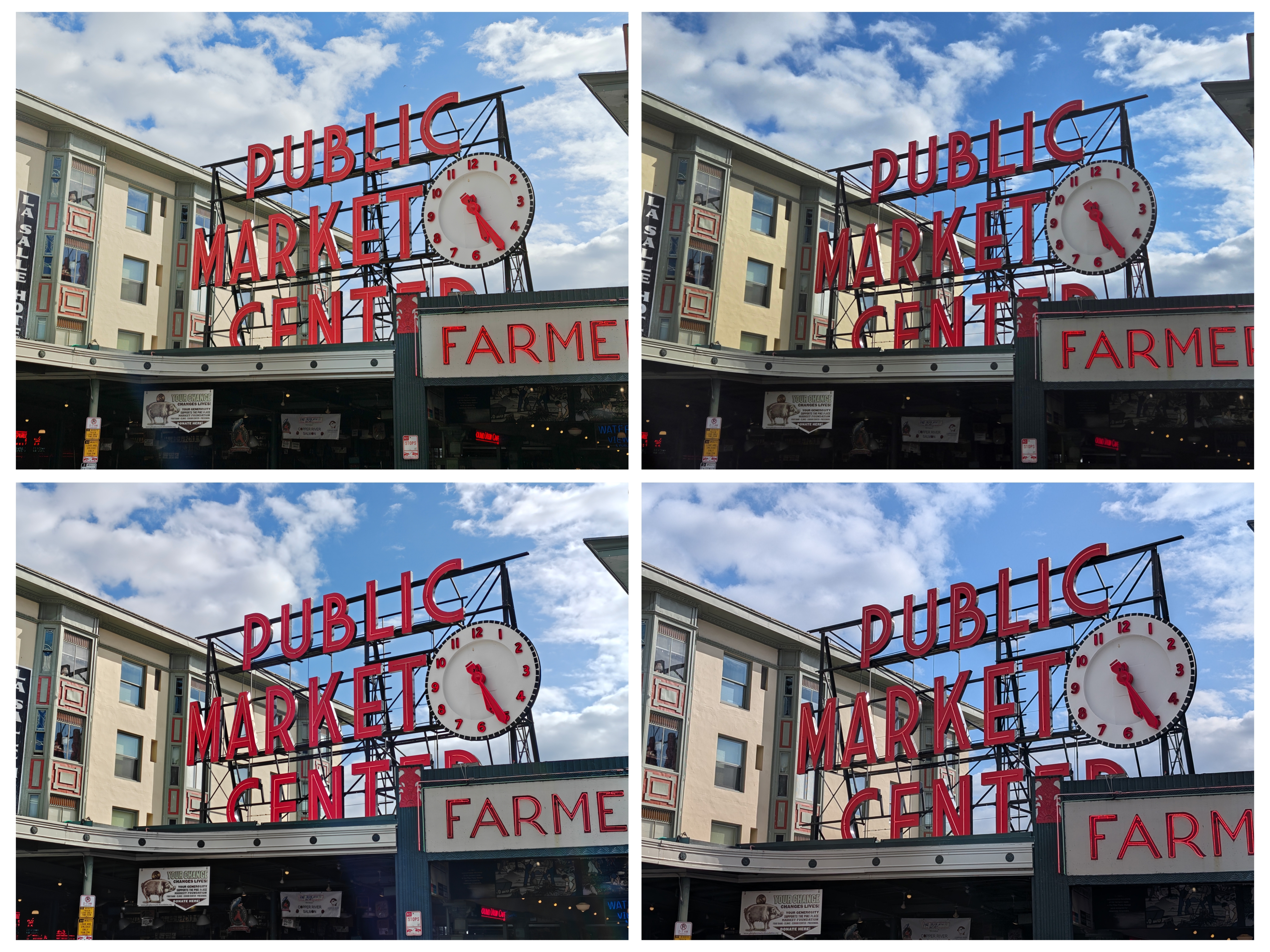
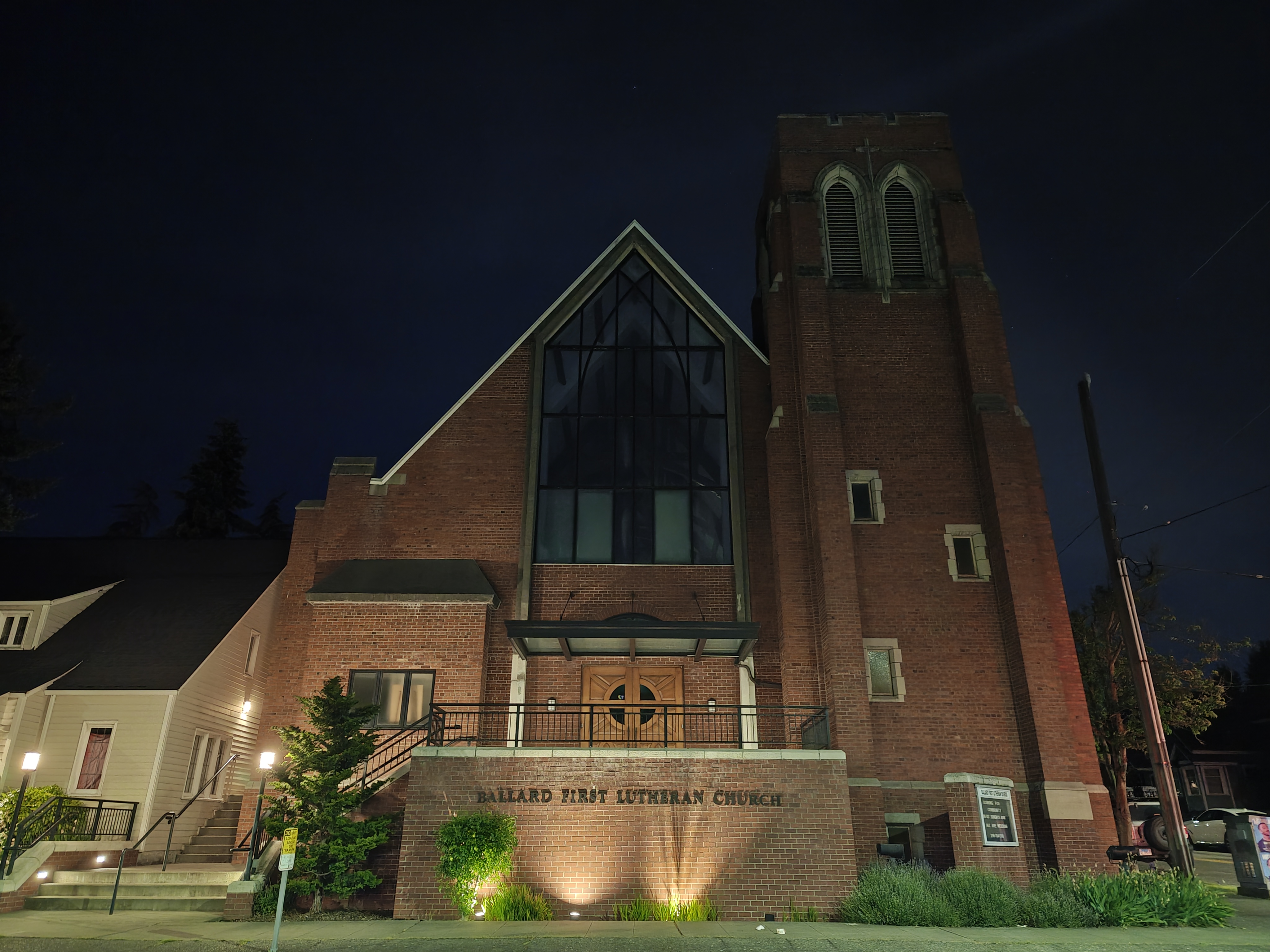

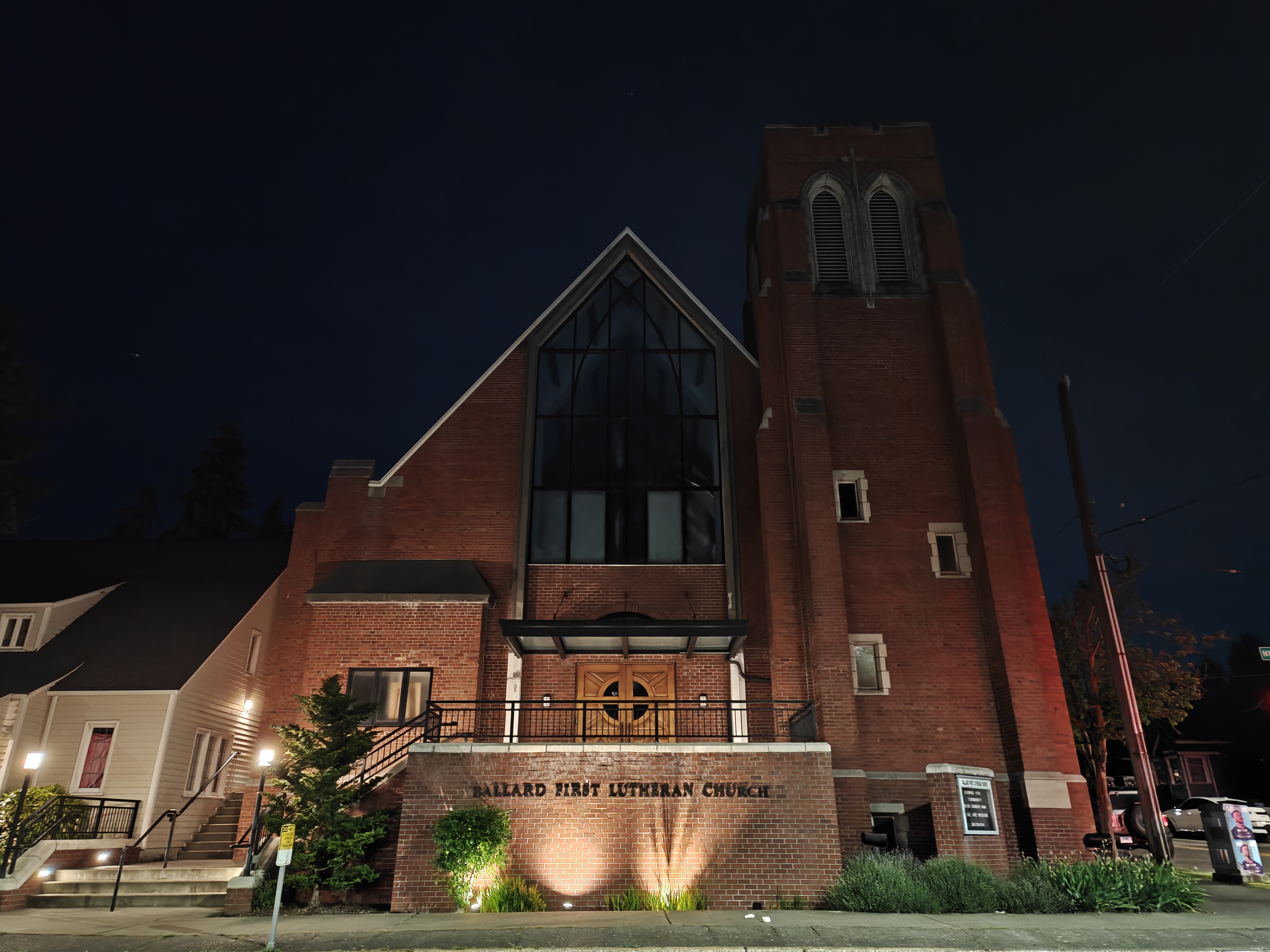

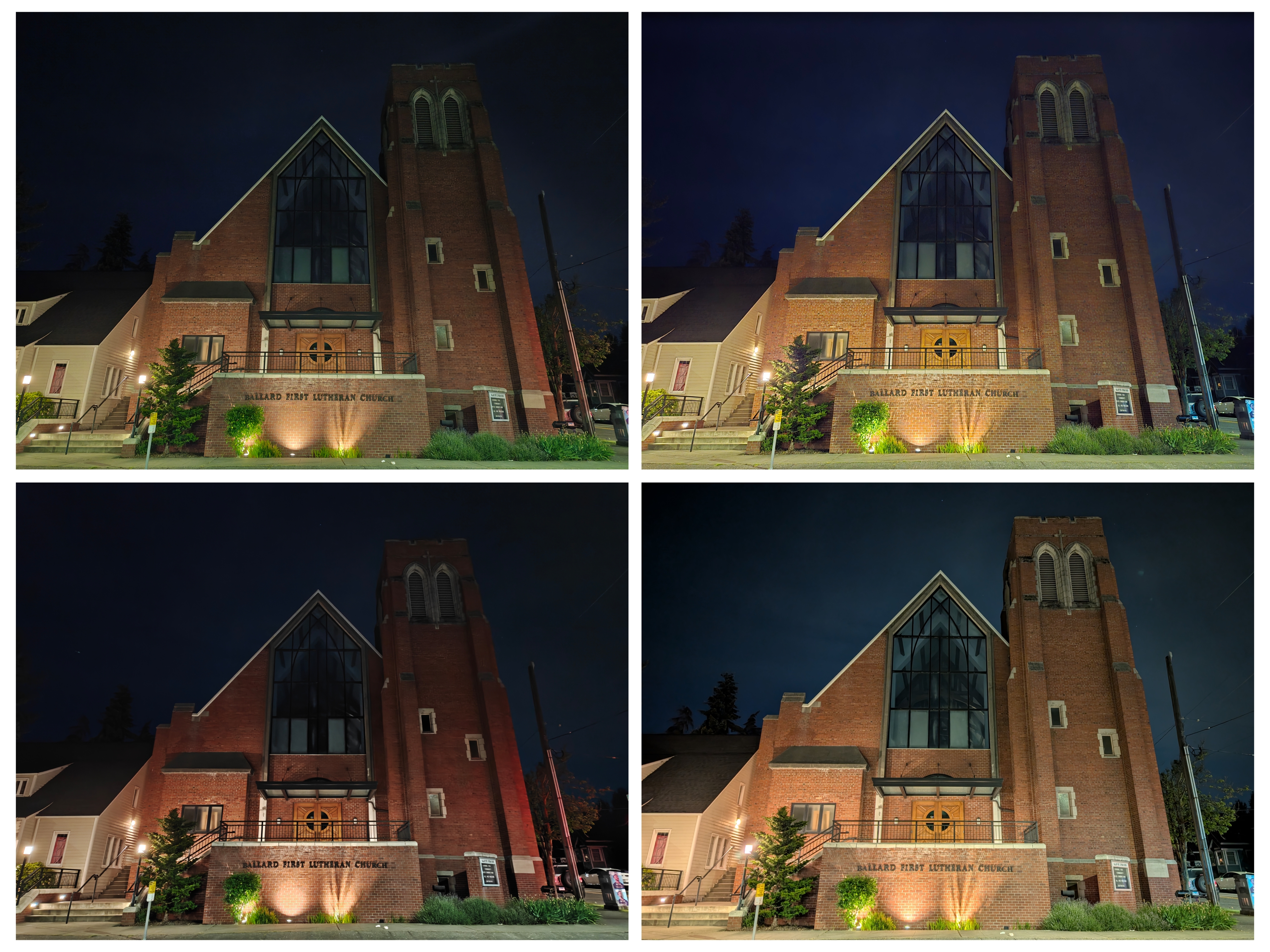













Post Comment